Month: October 2010
There’s e.t.a., eta, ETA and E.T.A. …
When S. used the abbreviation “e.t.a.” the other day, it took me a minute to catch on.
“What’s your “e.t.a.?” she asked her mom on the phone.
Well over in France and in Spain, those initials refer to a Basque separatist movement.
In travel-intensive North America, it does not, to my knowledge, refer to a secessionist tendency.
It does have to do with time, though_
“What’s your e.t.a.?”
“Between 12 and 12:30” … That’s to say, just in time for lunch.
E.T.A. = Estimated Time of Arrival
A fine substitute for “What time do you think you’ll get here?”
For the others, try wikipedia …
Related Images:
soup and slang
On our bi-monthly hike through the countrysides and forests outside of Paris, Géraldine asked: “What’s the word for “oseille” in English?” One of the hikers immediately remembered Woody Allen’s 1969 film “Take the money and run” via its French title: “Prends l’oseille et tire-toi” … Allen used the word “money” though he could have said “dough” … That’s the slang version … In French, the translator might also have said “fric,” slang for …dough … bucks …
So … one of the translations for “oseille” … is indeed … cash.
But oseille is not just slang. It’s a plant, somewhat resembling spinach and it’s not only a very healthy thing to eat, but also quite a tasty one. There are good soups made with it, good sauces, too, especially for fish, and especially for lake and river fish, I believe.
For the life of me, I couldn’t think of the name of the plant in English. This happens. Zen.
Just a little while ago, I opened my email and this is what I found:
“Sorrel? Best G”
She got it. But then, what else would you expect from a nutritionist sinologist ?
Related Images:
Newsletter: 21 October 2010
One of the ways I use to discover vocabulary or semantic gaps in someone’s language habits is to see what word associations and particularly which polar opposites my client can recall quickly … which words and ideas are actually active … and which are still “on the tip of the tongue.”
For example, if I ask for the opposite of the English word “hot” … I want to know whether or not you’ll come up with a word like “cold” … rather instantly. If the keyword is “near,” then I’m looking for the presence or absence of the words “far” or ‘distant.’ If the keyword were to be “nice,” I’d be interested to know just about any negative word that comes to mind.
Proceeding this way, I’m able to identify the gaps that are often the sources of frustration. This occurs when we’re speaking a foreign language … not to mention our own native languages!
What’s interesting is that between languages, the thought patterns are like Venn diagrams. Sometimes the word pairs coincide and are easily transposable from one language to the other … but in other cases they aren’t. One of the most frequently used words in English is the word “good.” If you are a native English speaker, chances are you will instinctively and immediately say that the opposite is … “bad.” Not because others – evil, for instance – aren’t “right,” but because good and bad are the most frequently used to refer to the same things. A good movie, a bad movie; the good guys, the bad guys … etc. The perfectly valid opposite pair “good/evil” is just slightly less frequent … though I think there was an American president who tended to see the world that way .. -:)
Now if you take the word “right” … what’s the opposite? Is it “wrong” or is it “bad” ?
We think in terms of words and groups of words. In English, we’d say for instance:
“Sorry … you’ve got the wrong number” … But unless they’re CONSCIOUS of this instance, the French might say … “Sorry … You’ve got the bad number.” or … if they’re mentally translating before speaking “You did the false number.” (in this imaginary situation, of course!)
Why? Because in French the opposite pair for a phone number or other factual information like email addresses or flight info, etc. would be … “bon” (right, good, correct, accurate) and “faux” (wrong, mistaken, erroneous, false);
Thinking in different languages involves exploring these semantic fields.
A last quiz … “What’s the opposite of “now” ?
The answer is in the title of today’s post … about the French phototographer, Eugène Atget. Enjoy it.
Photography in Paris: Eugène Atget … then and now.
And thanks for reading today’s The Paris Savannah Connection.
Related Images:
Photography in Paris: Eugène Atget … then and now.
From the New York Times
Photographer Ed Alcock discusses how he went about taking contemporary images of Paris by following the examples of Eugène Atget.
Here’s the video from the NYT:
Related Images:
How odd … 1 3 5 7 9 11 13 … odd numbers, aren’t they?
This is a remarkable word … odd … How odd!
We often use it in the same way as the French use the word “bizarre” … How strange! How unusual! How funny! How peculiar! How unexpected … How odd it is!
What an odd thing to say …
And here’s another … obviously everyday way of using it …
Related Images:
Newsletter: 15 October 2010
How’s your memory doing these days?
What a question! And an easy question it is. “Forgetting is a temporary loss of consciousness.” But what are the sorts of things we forget?
One of the most obvious is the answer to the question … Where?
Where did I put my … keys? glasses? watch? wallet?
The generally accepted solution to this problem is retracing your steps. Where did you have it last? Where did you see it last? Follow your footsteps backward.
How can we improve our memories?
By using them! That sounds so obvious, doesn’t it? Here’s an exercise you can try at any given point in the day. I use it as a technique in language learning and in speech training but its use is effective in our native languages as well: Stop whatever you’re doing and think about where you are, what you’re doing, who you’re with. Now think back to what you were doing just before the “now”… and before that .. and before that … until you get to some point such as waking up in the morning.
Remembering has to do with the past.
Being conscious of the past … is a real memory trainer.
Try reviewing your day before you fall asleep! Backwards. You’ll be amazed at how extraordinarily rich it was. If there was a particular moment you want to recall, think of the environment, the colors, the scents, the details and the overall picture. We perceive SO much!! Unconsciously. Bringing it up front, so to speak, shows us how much we really did observe.
The incredible side effect of this exercise is that, by reviewing events, we put words and images together. And we improve our vocabularies by activating passive, latent knowledge.
There’s another wonderful advantage to being conscious of everything that’s happened: Not only can we learn from … our mistakes, the human mind is perfectly capable of … a selective memory. We can choose to forget! What in computer lingo is called “deleting” … or what used to be called “erasing.”
Have a wonderful weekend … and may it be a happily memorable one!
Maybe with … A glass of wine …
And thanks for reading The Paris Savannah Connection.
Mark
Related Images:
Howards End
Something you may enjoy!
A. O. Scott reviews James Ivory and Ismail Merchant’s adaptation of E.M. Forster’s novel starring Emma Thompson and Anthony Hopkins.
Related Images:
October 9, 1779 – The French, supporting American Independance, attempt to defeat the British in Savannah.
Chase Anderson and Christine Tudor kindly contributed this article. A bit of Franco-American history!
Savannah, Georgia —
Before dawn. October 9th, 1779 — Thousands of French, American and Haitian troops assemble under cover of darkness for what is to be a surprise attack on British forces who had captured Savannah one year earlier. Little do the Allies know – spies have already warned the British. Before dawn the eerie wail of bagpipes drift toward the Allies through the fog. The British had brought in their fiercest troops — the 71st Highlanders.
At the first light of dawn — Admiral Comte d’Estaing, against the advice of his top officers, launches the assault. The drummers beat the command to charge bayonets. They emerge from the fog. The French vanguard surges forward toward Spring Hill redoubt. The British spray them with musket fire and grapeshot–pieces of scrap iron, nails, bolts, steel blades, and chain. One French officer writes — “we were shoved back into the swampy ground on our left — Half of us were killed or left stuck in the mud.The Allied troops, helpless and exposed to deadly musket and artillery cross-fire, are butchered in the ditch. The moment of retreat, another officer writes later, “with the cries of our dying comrades piercing my heart is the bitterest of my life.”
The two sides observe a four-hour truce to collect and bury the dead and to retrieve the wounded. 151 French are killed and 370 wounded, 231 Americans killed and wounded. The British lose only 18 killed and 39 wounded. For the Allies, Savannah is the bloodiest battle of the war, a Bunker Hill in reverse. d’Estaing prepares the retreat, marches his troops back to the French ships, leaving many unmarked French graves behind, loads his guns and equipment aboard, and sets sail for the West Indies and France.
The Battle for Savannah was considered to be a major defeat for the Franco-American Alliance but the French sacrifice in blood for American liberty will never be forgotten by Americans who still breathe the air of freedom and remember those French who purchased it in blood and money. This Saturday, a public march honoring the Franco-American troops at Spring Hill will commence at dawn near Spring Hill in Savannah — an annual event hosted by Savannah’s Coastal Heritage Society. (http://www.chsgeorgia.org/home.cfm/page/Calendar/Date/10.09.10/Event/324.html)
A Savannah-French walking tour, honoring the historic French presence in and influence upon Savannah is in the final planning stages. The tour will be led by Parisian born, Christine Tudor. Christine also conducts Savannah history tours in French for visitors seeking a tour in their native language.
Contact: Chase Anderson
Savannah Cultural Heritage Tours
savannahpathways@gmail.com
(1-912-508-1234)











































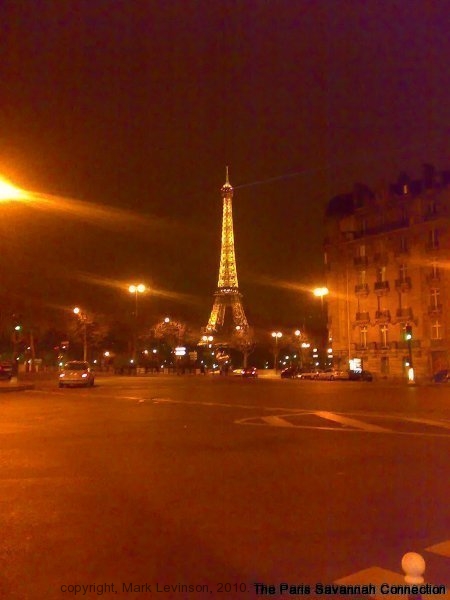
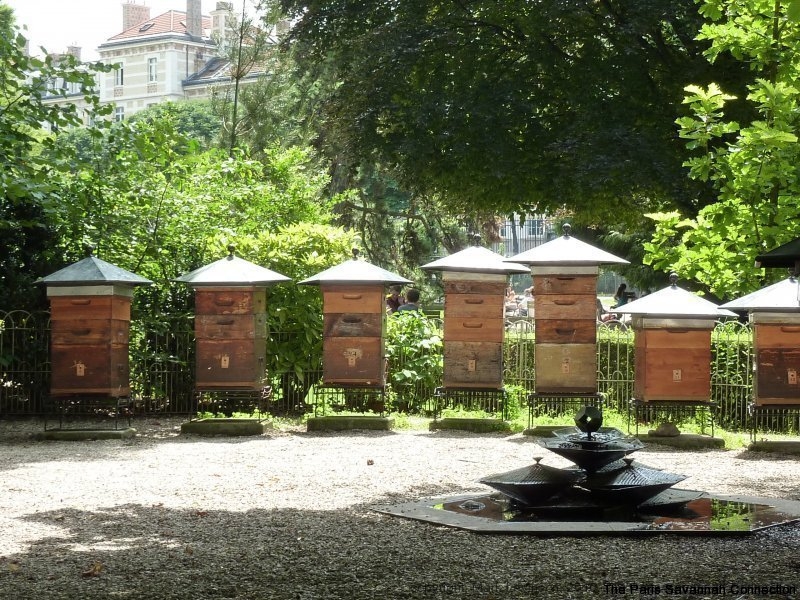

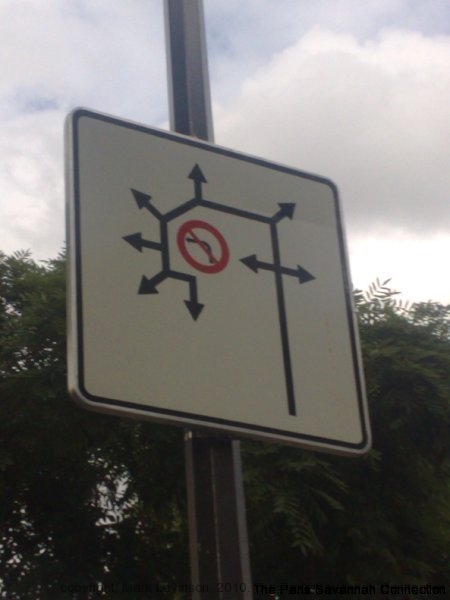
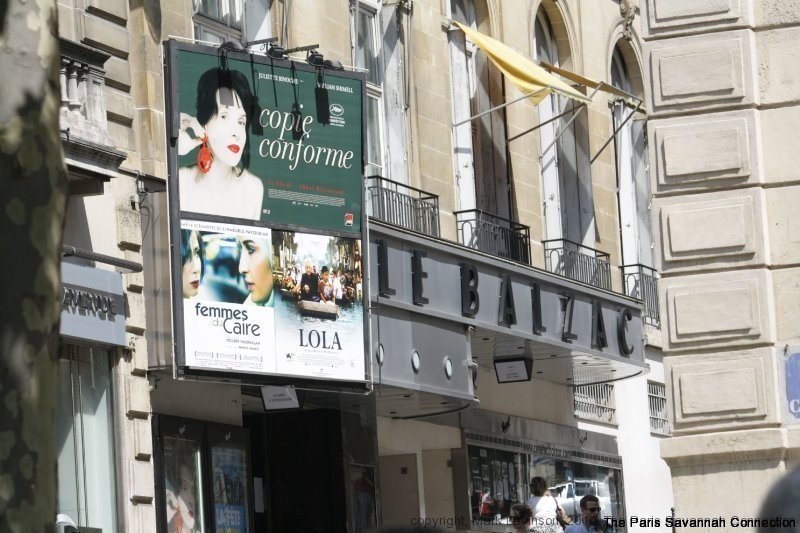
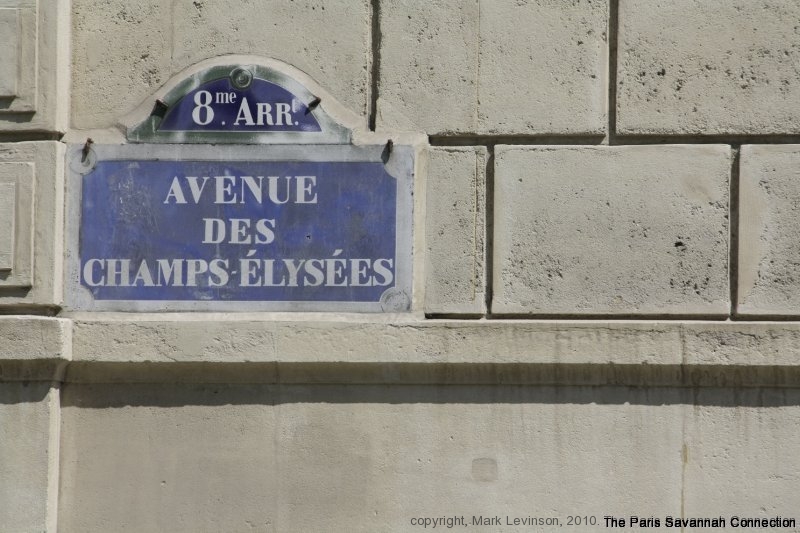
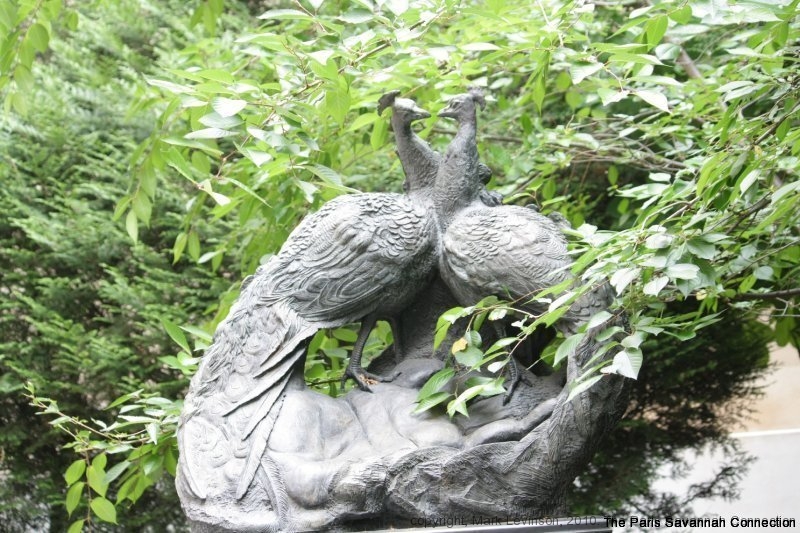
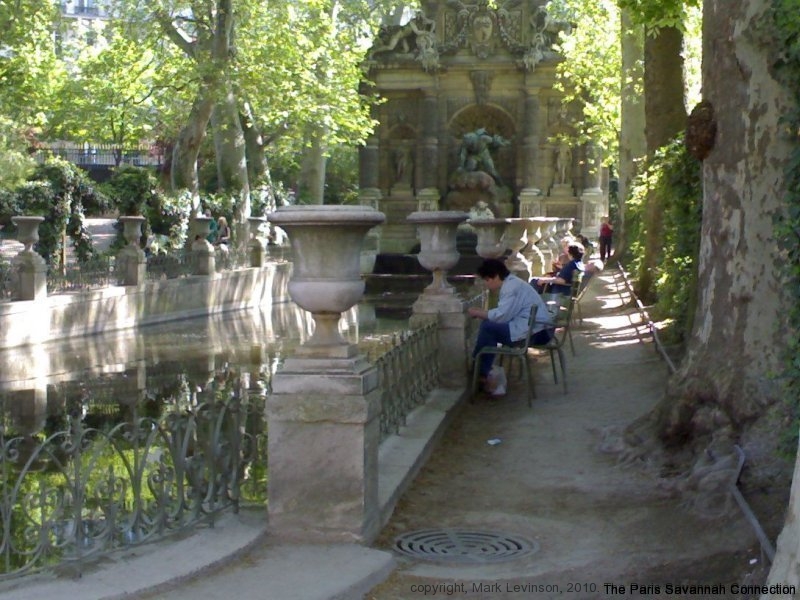
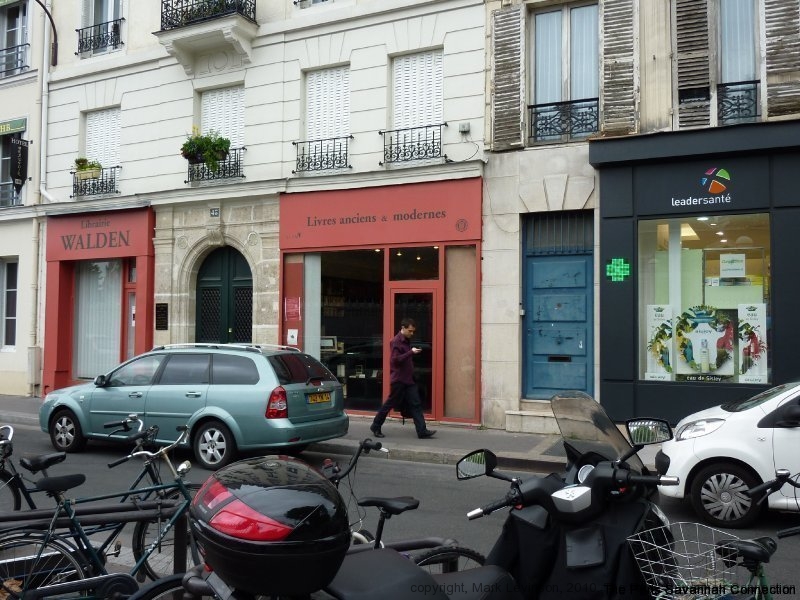
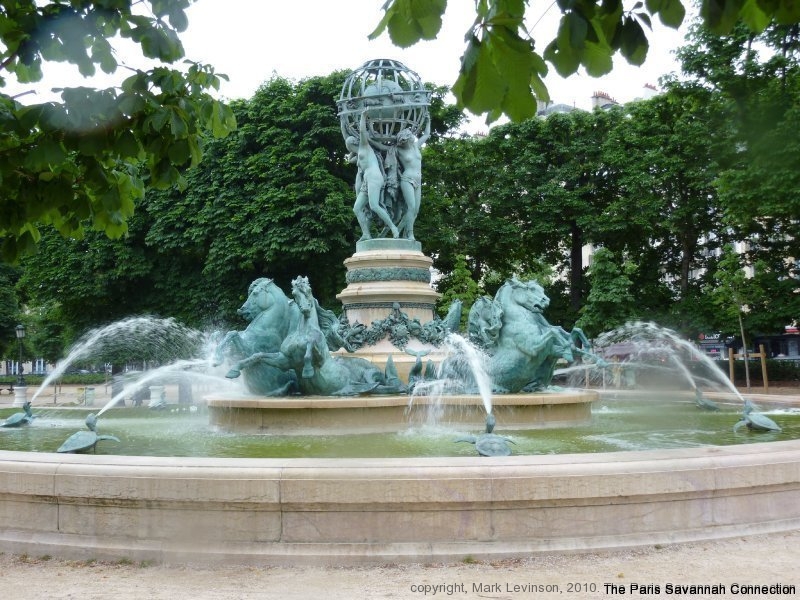
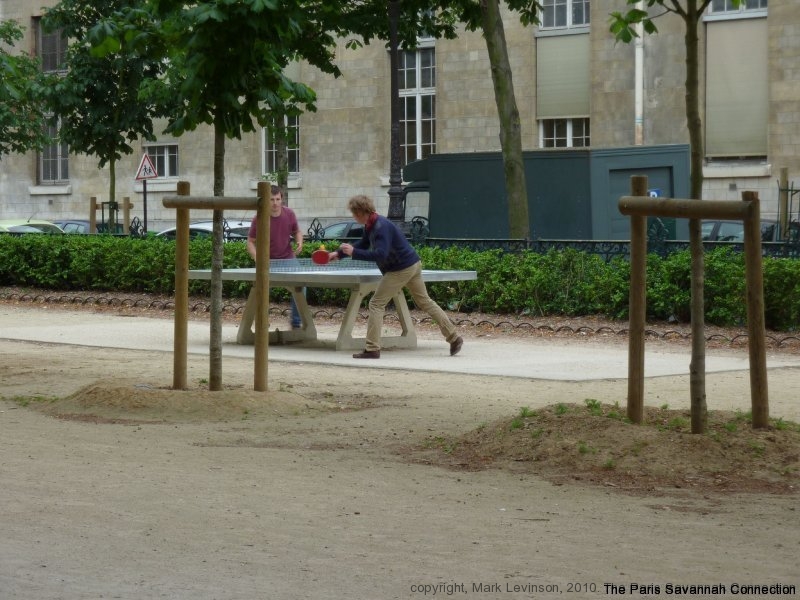
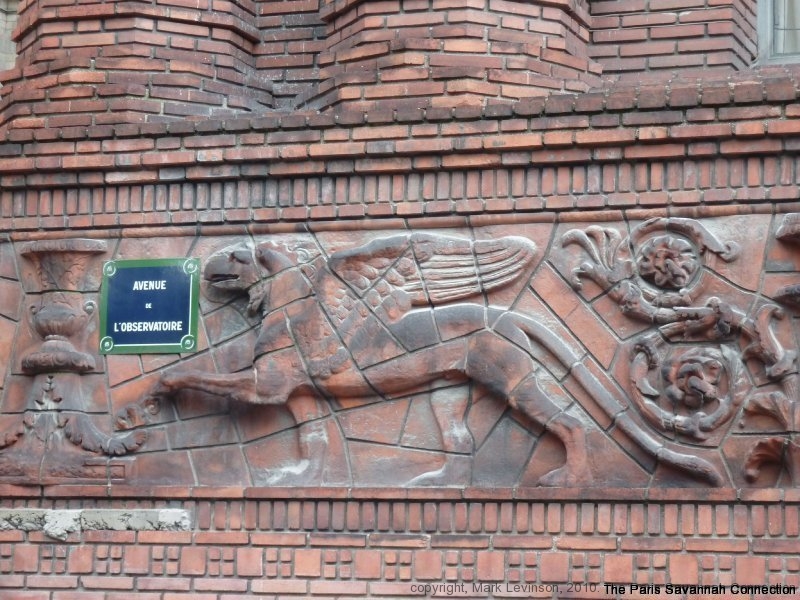
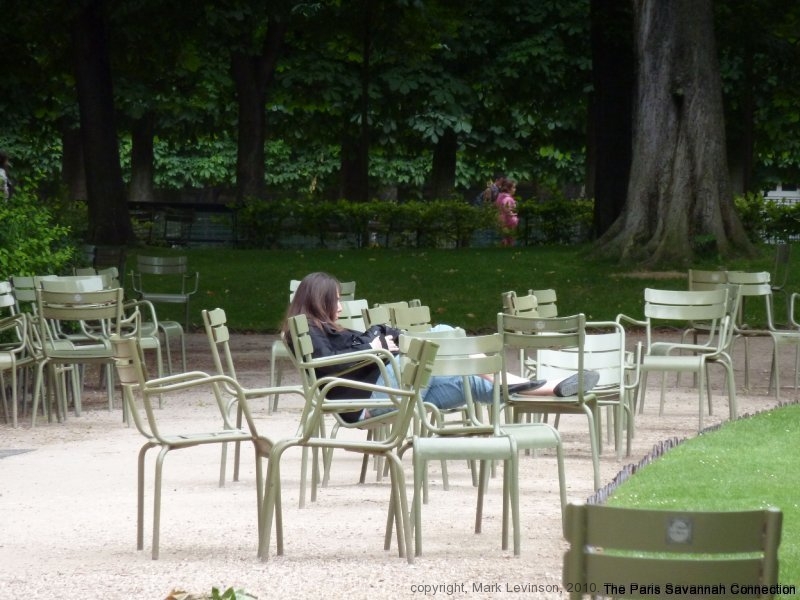
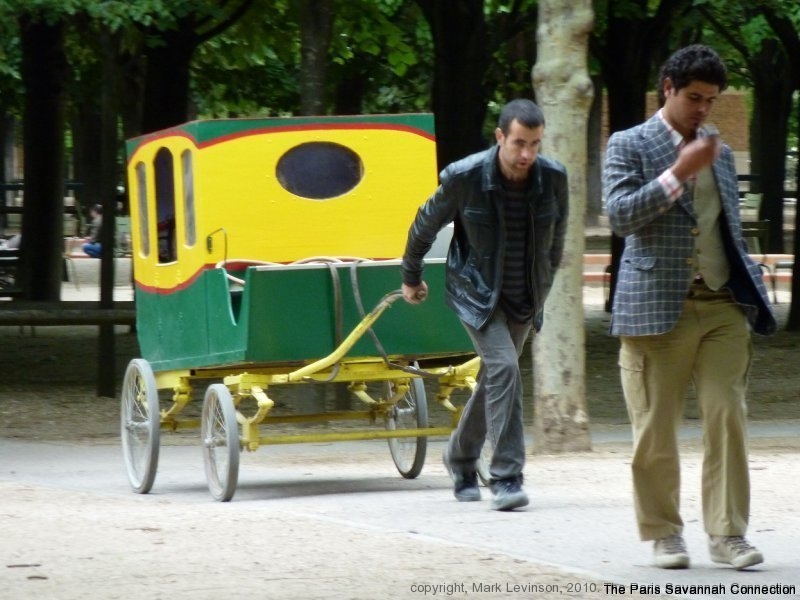
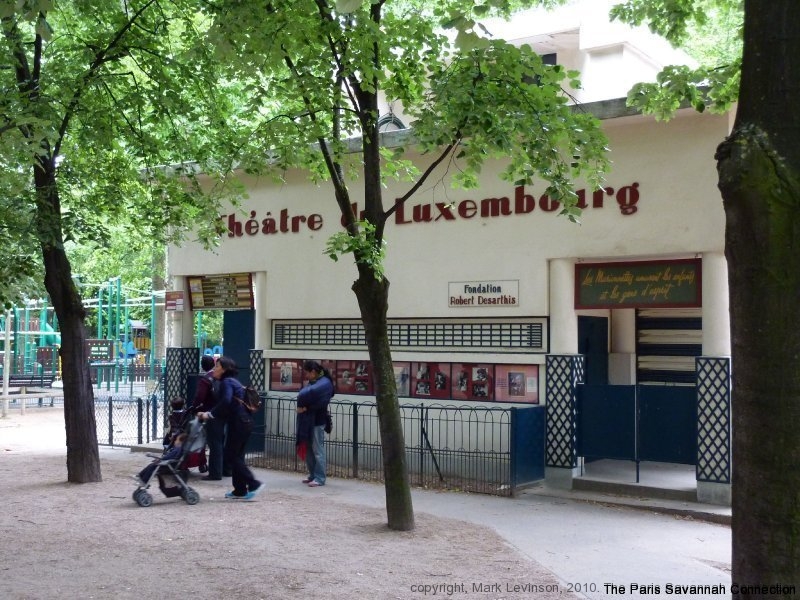
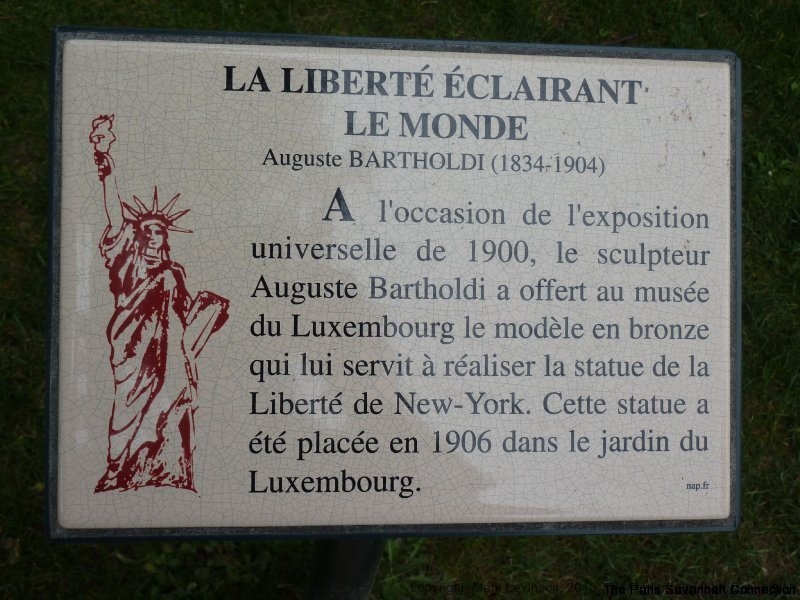
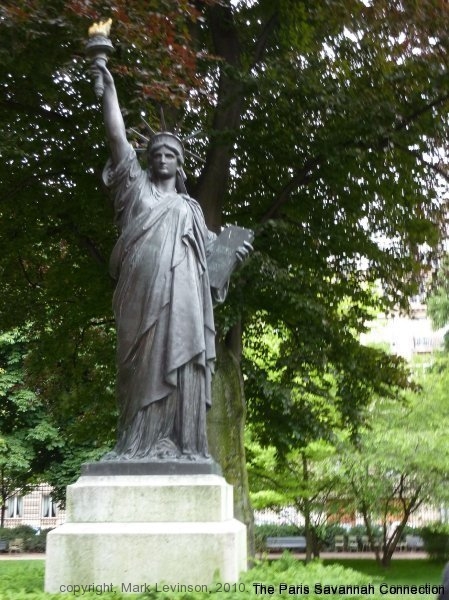
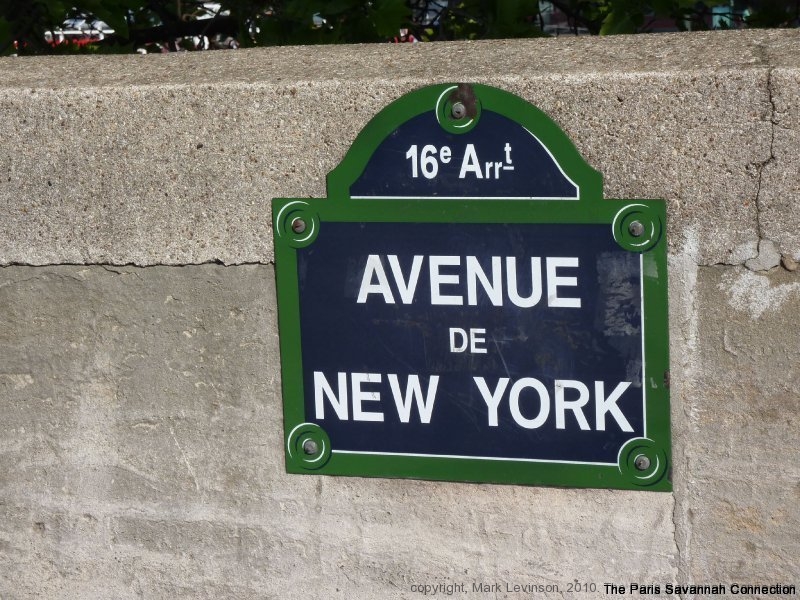
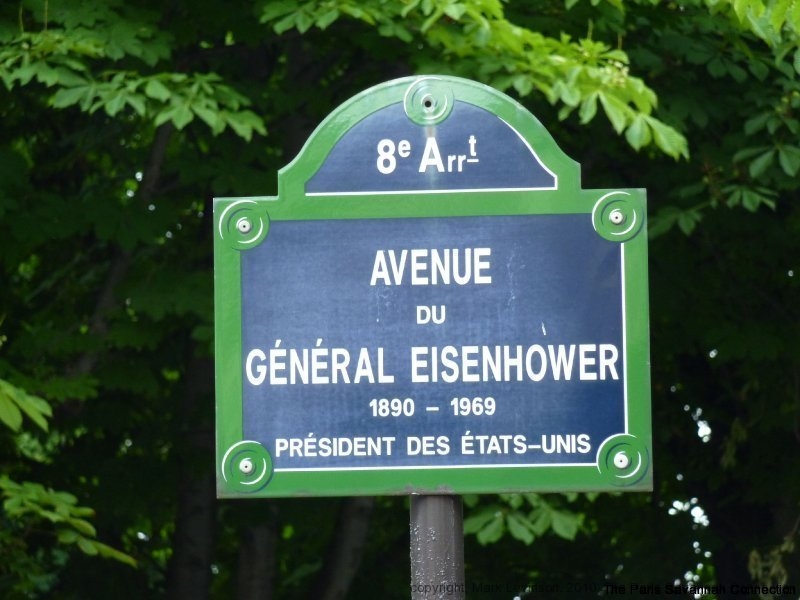
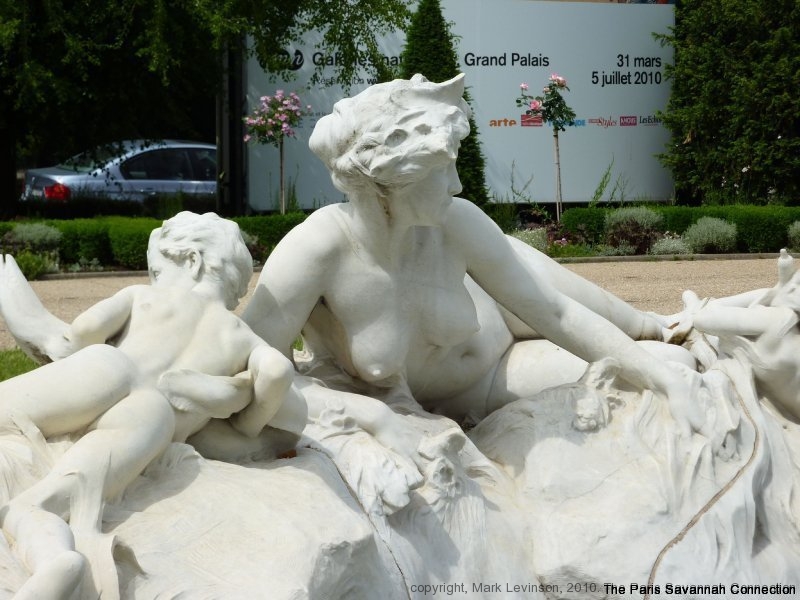
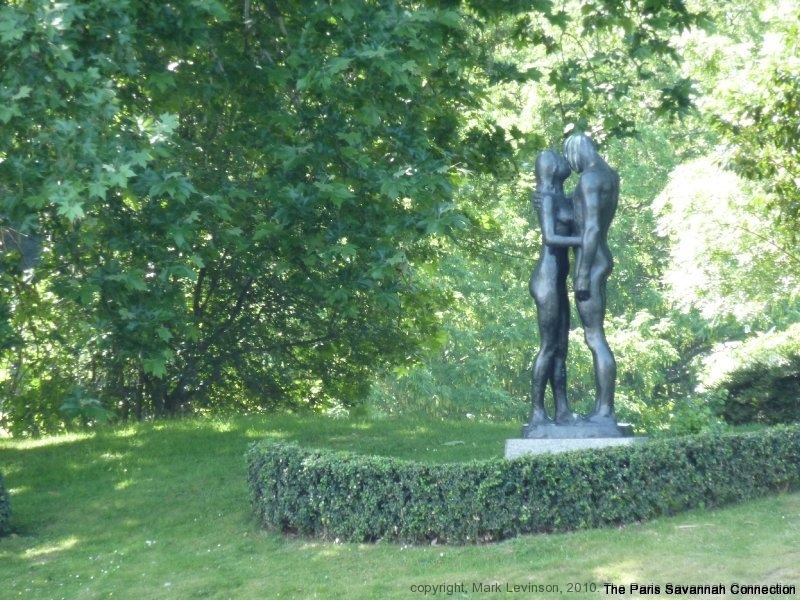
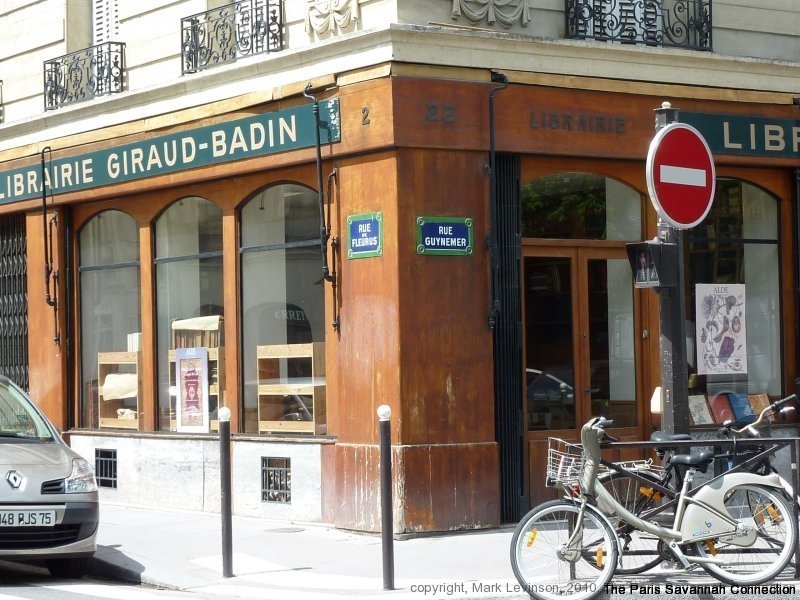
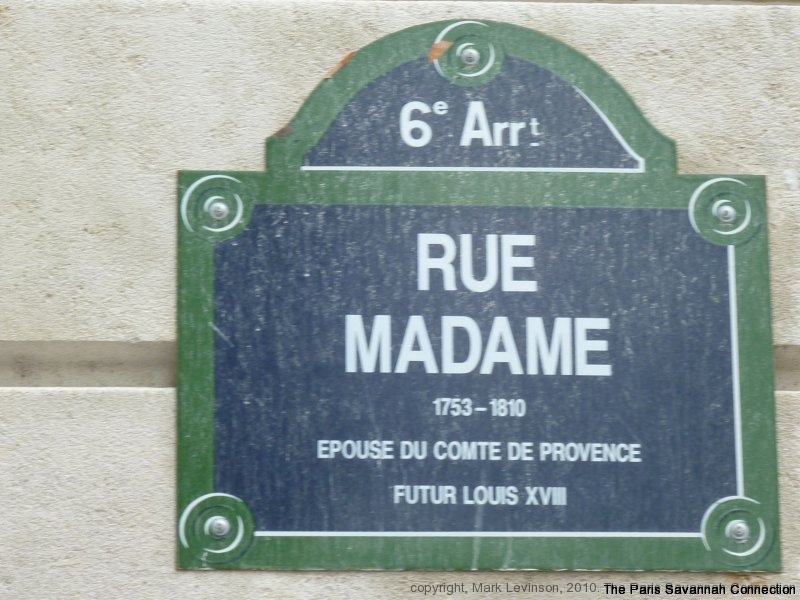
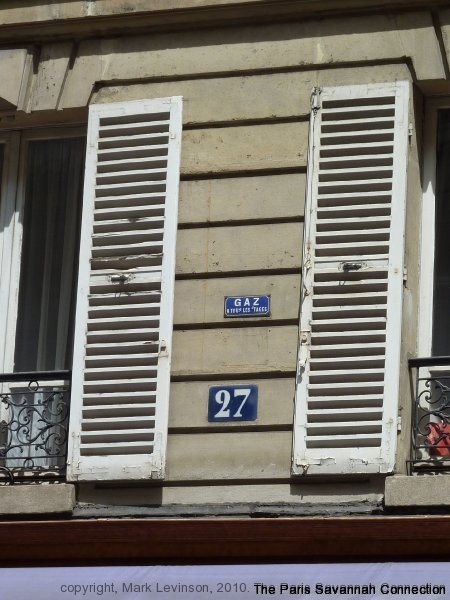
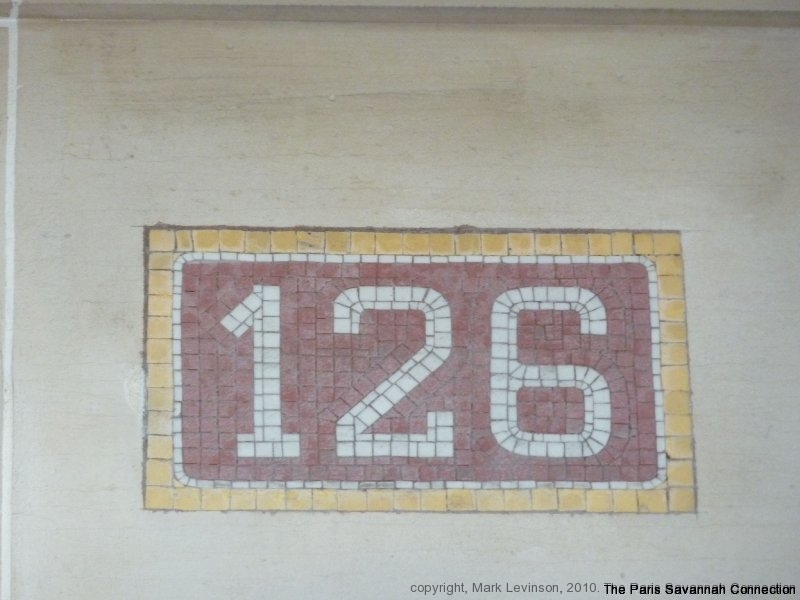
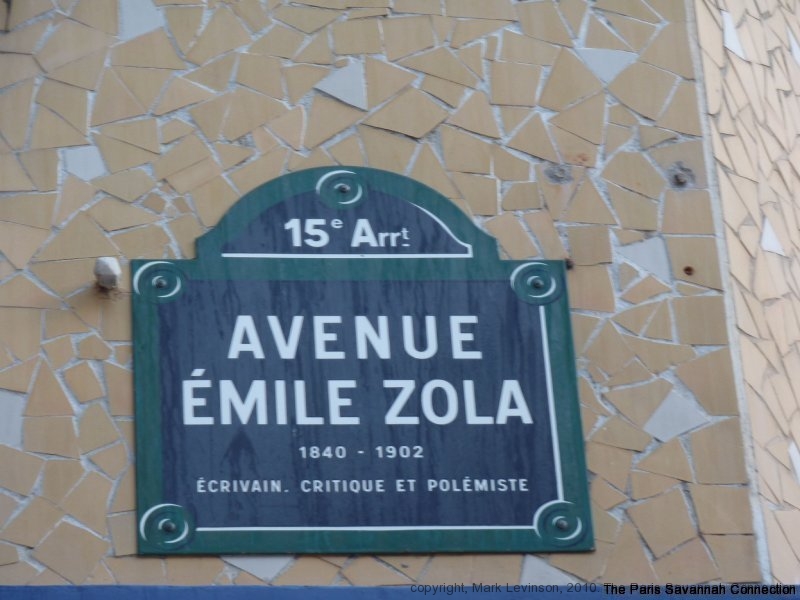
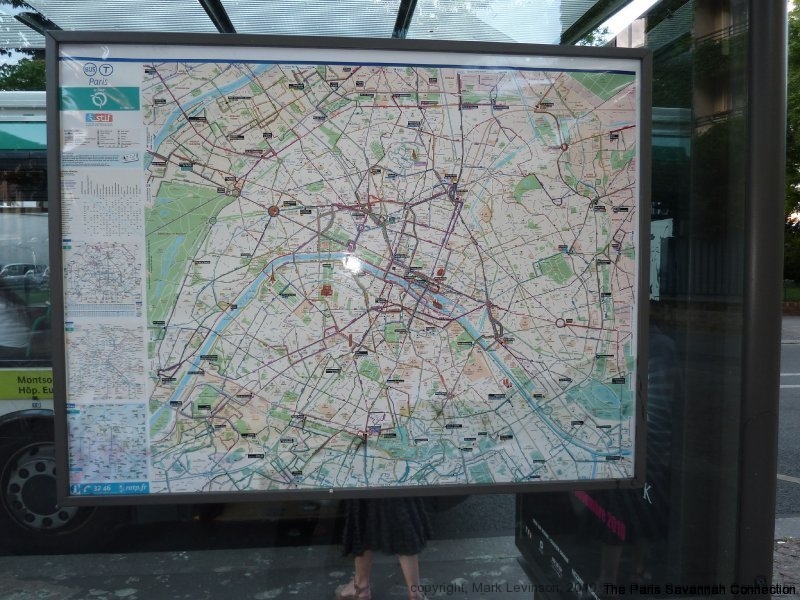
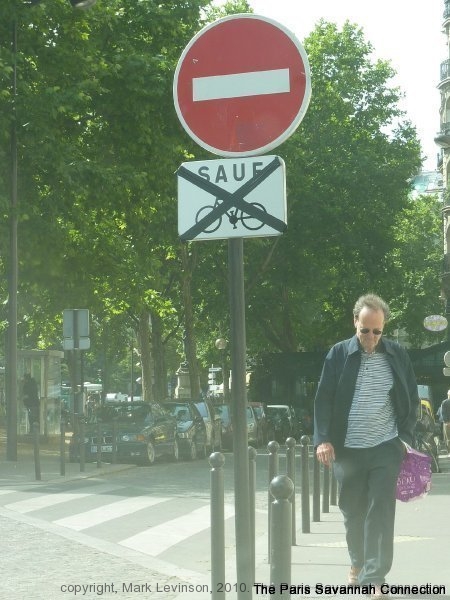
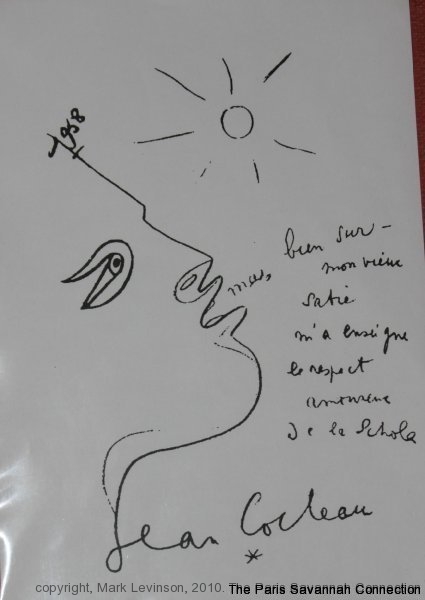
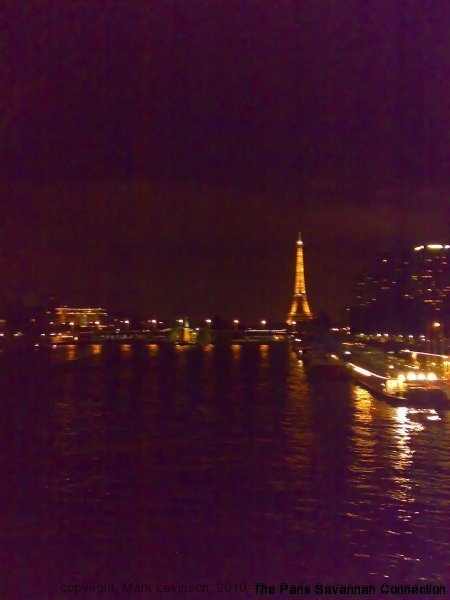
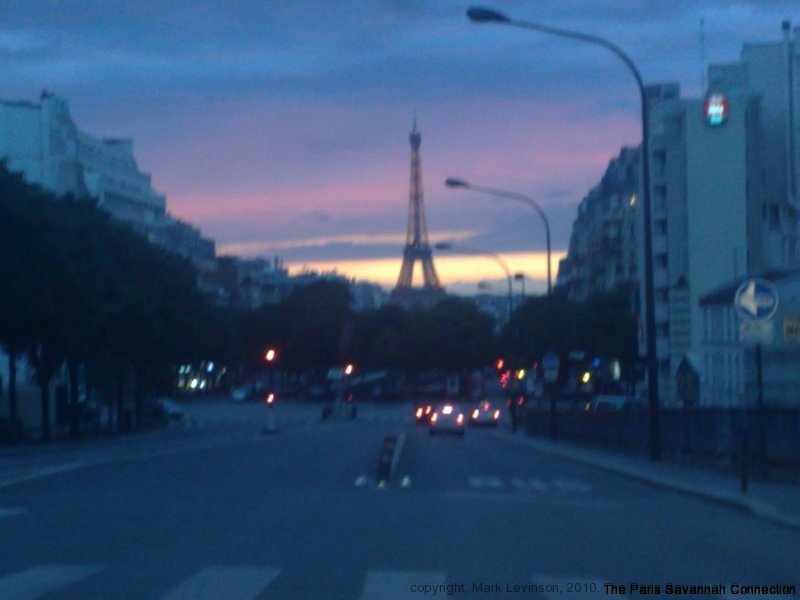
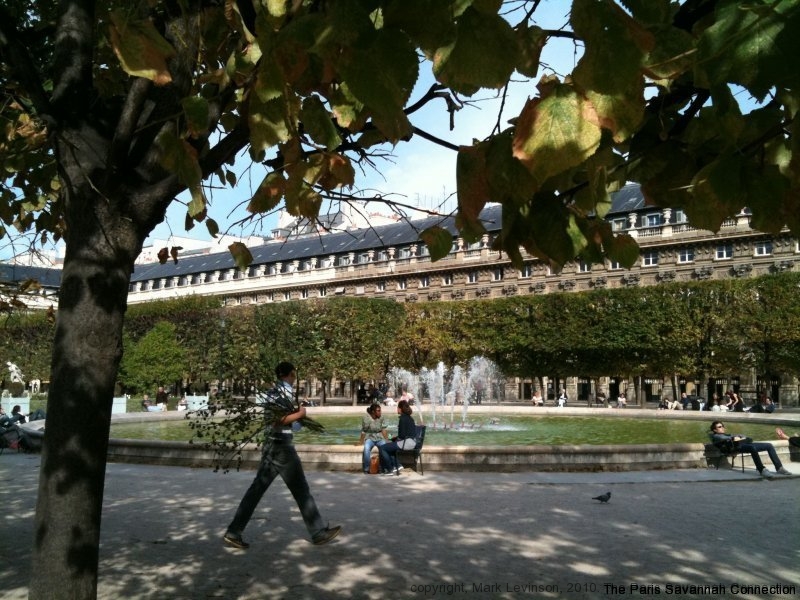
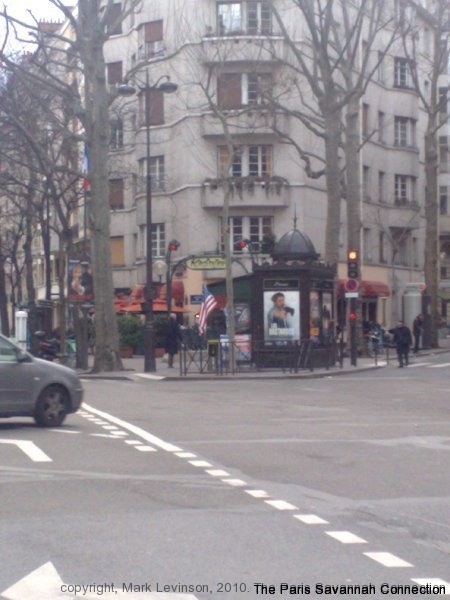
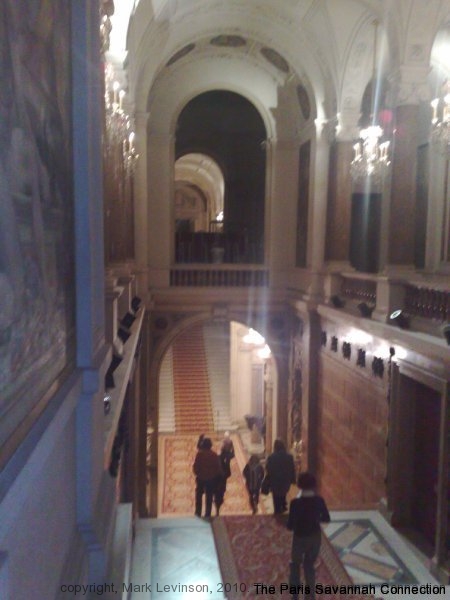
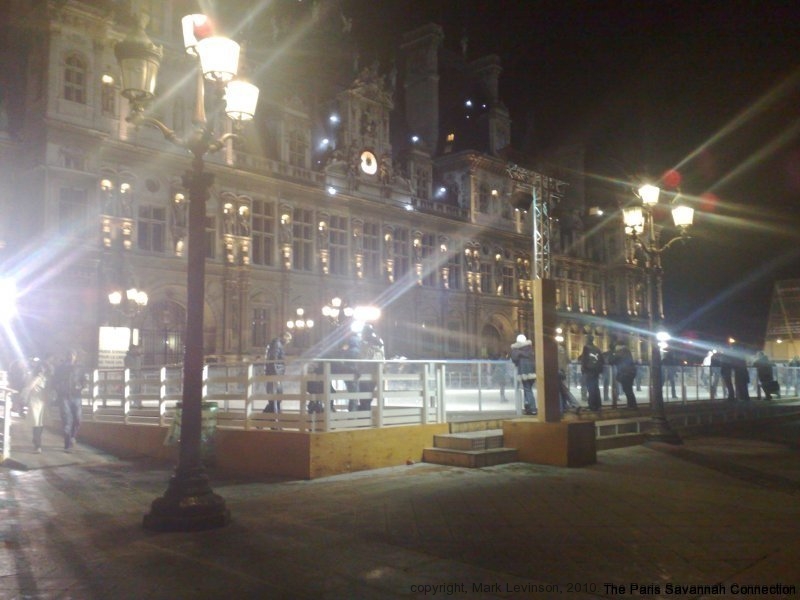
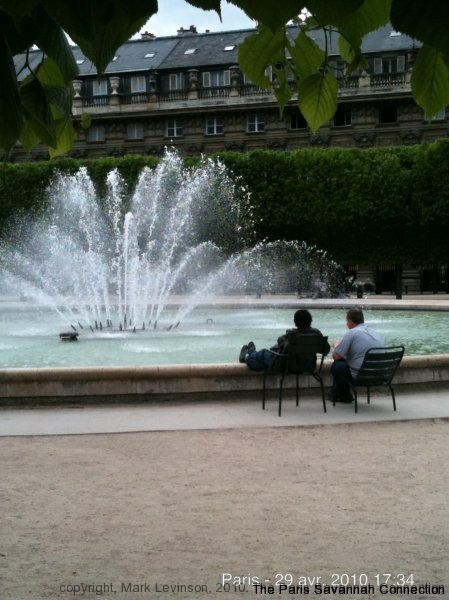
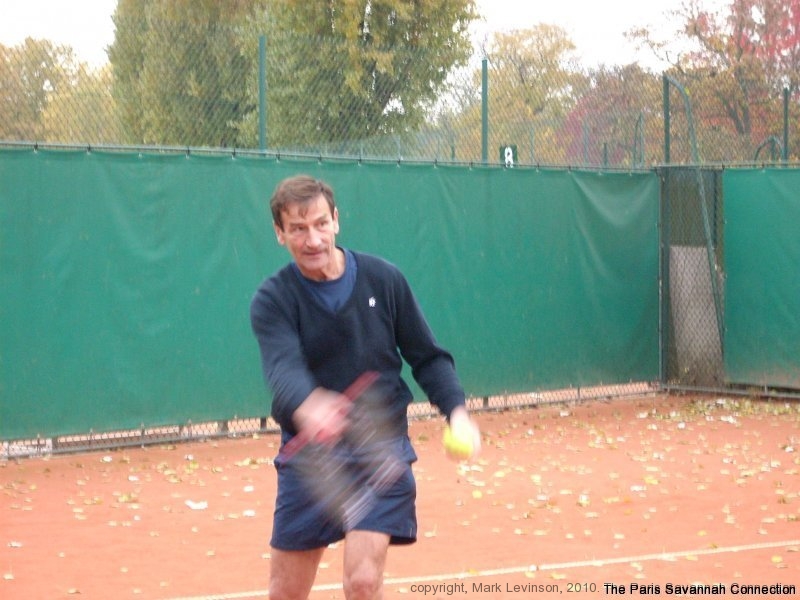

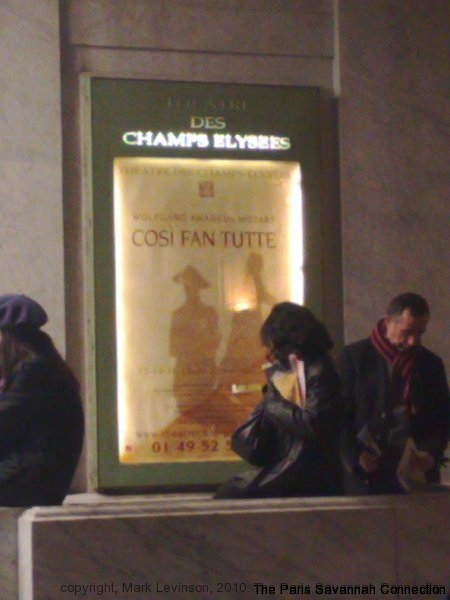
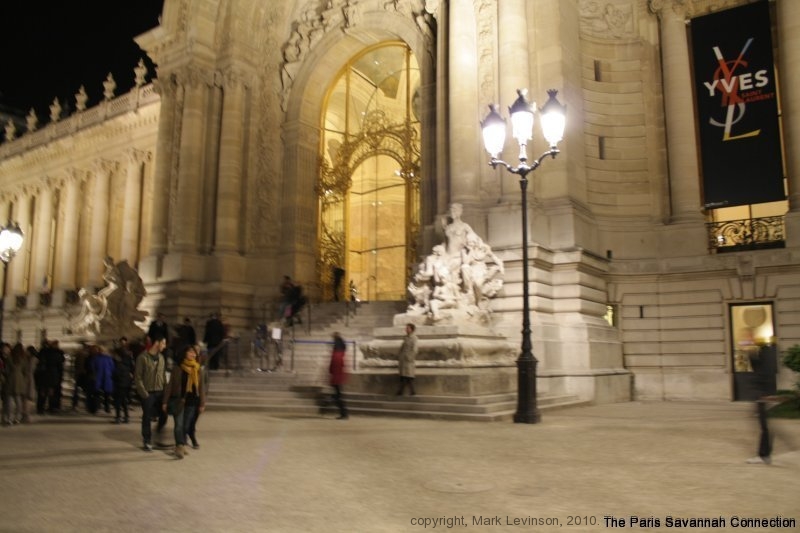
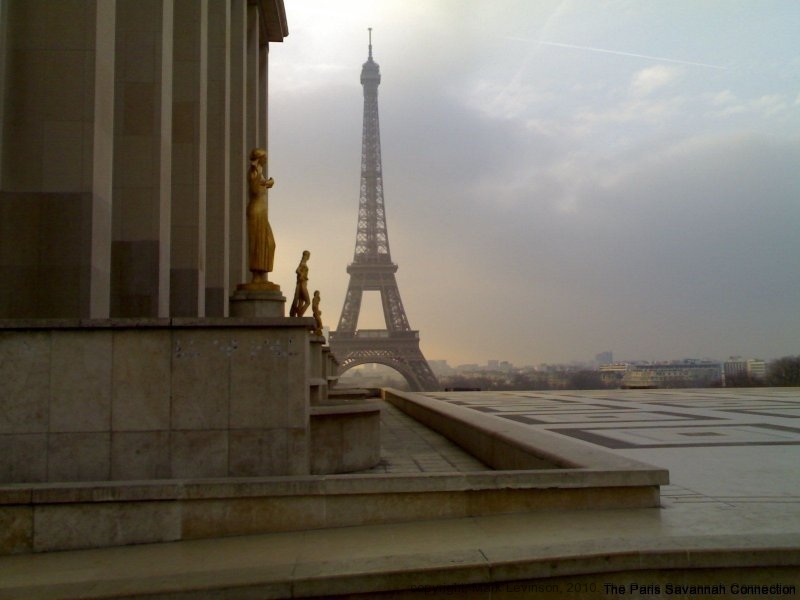

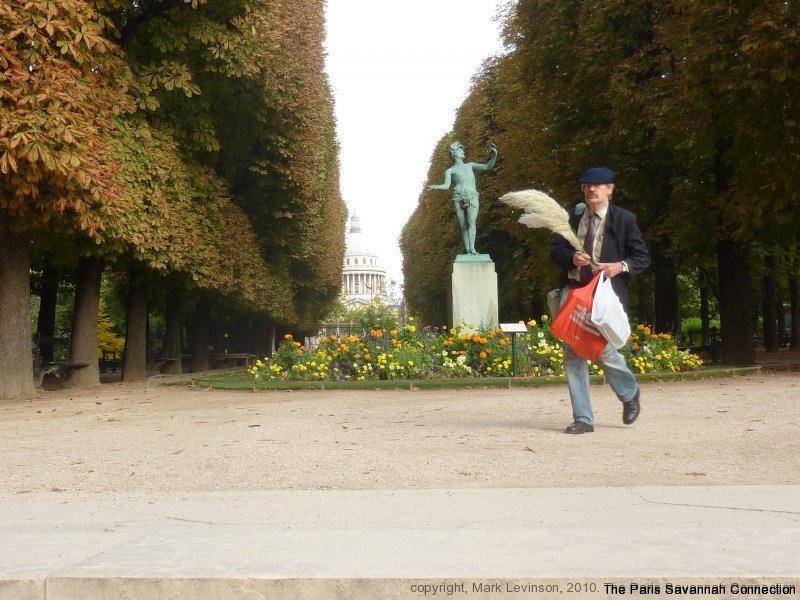
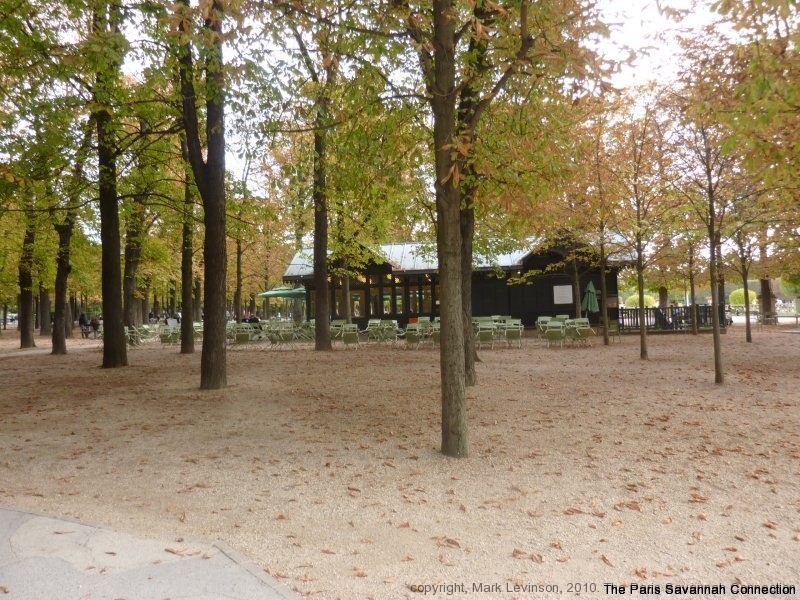
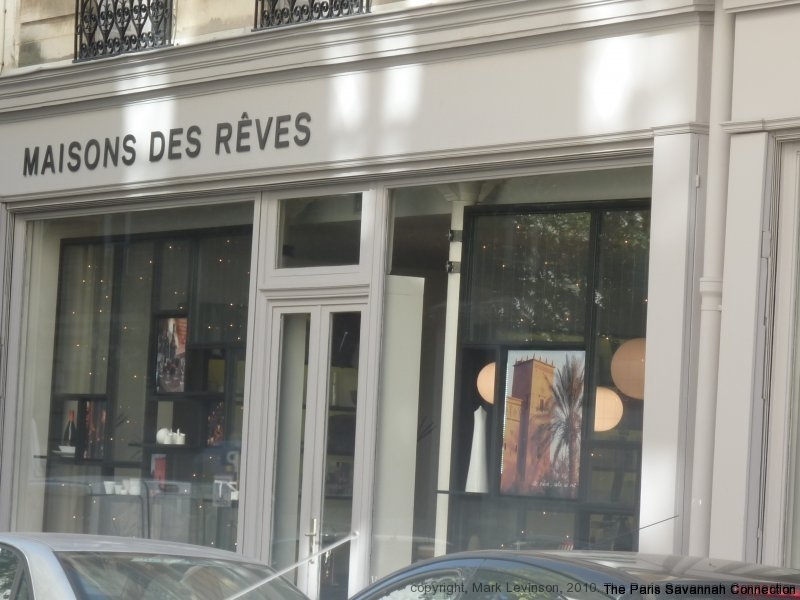


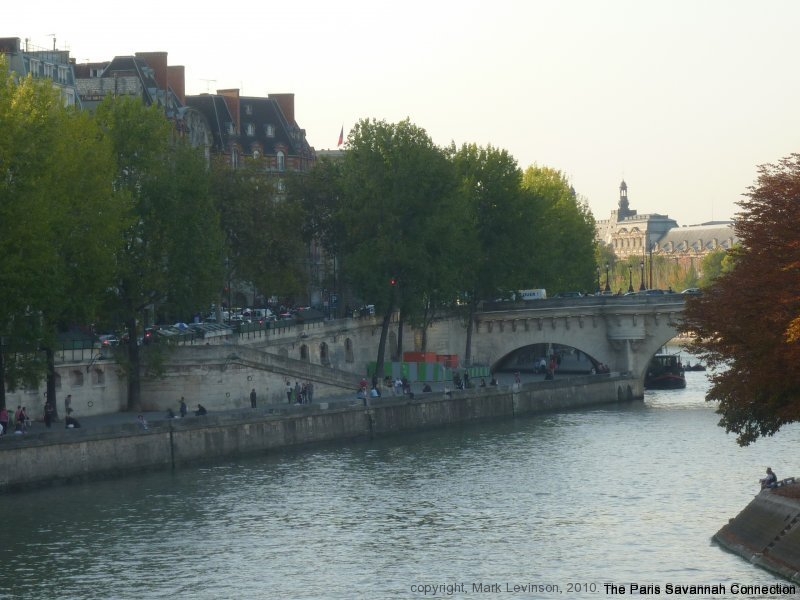
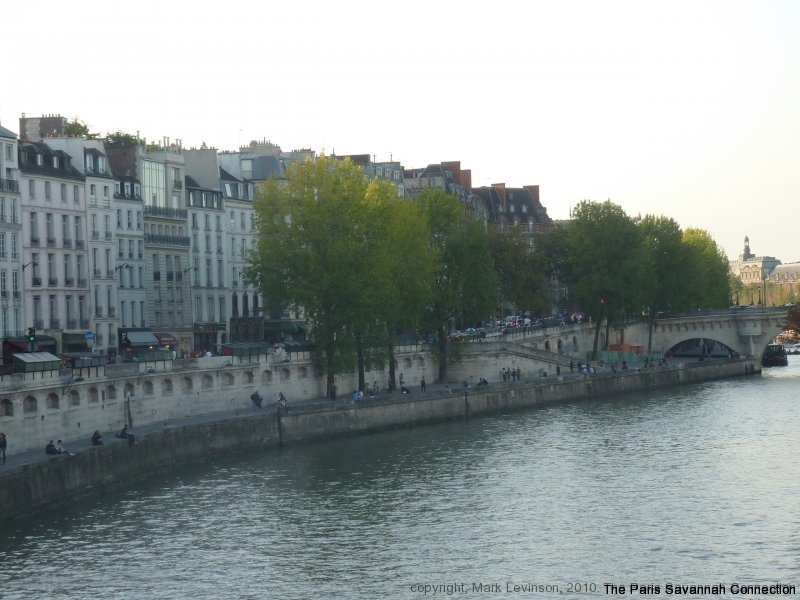


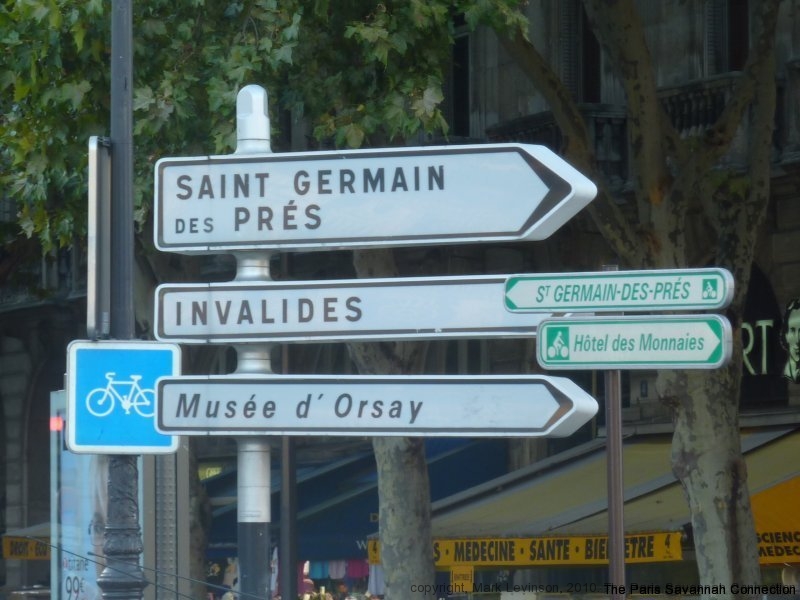
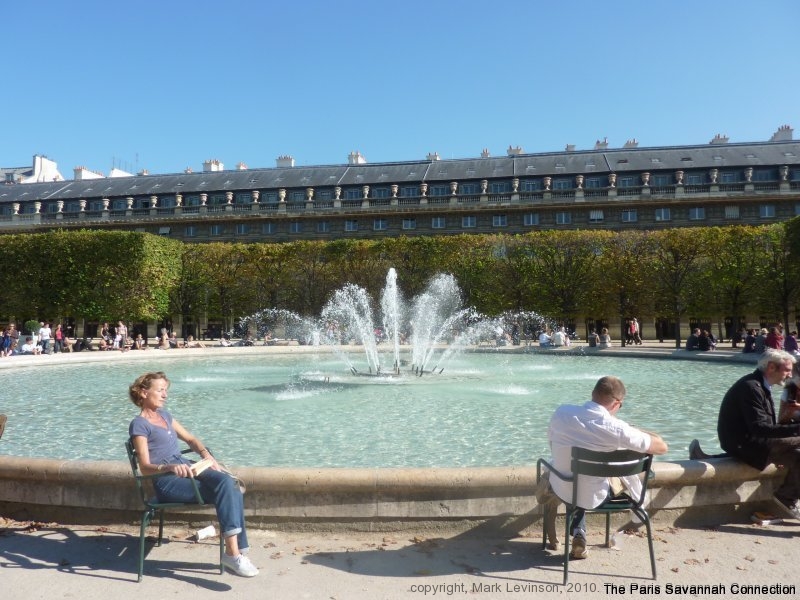
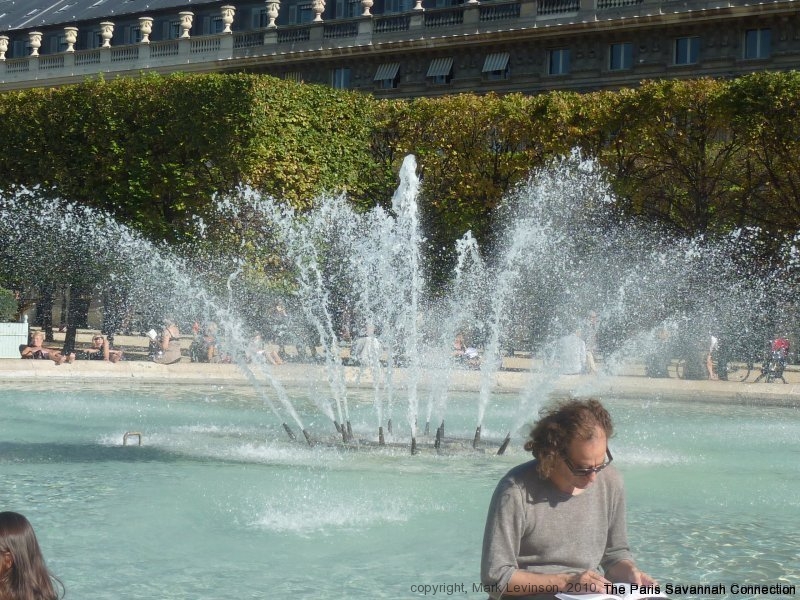
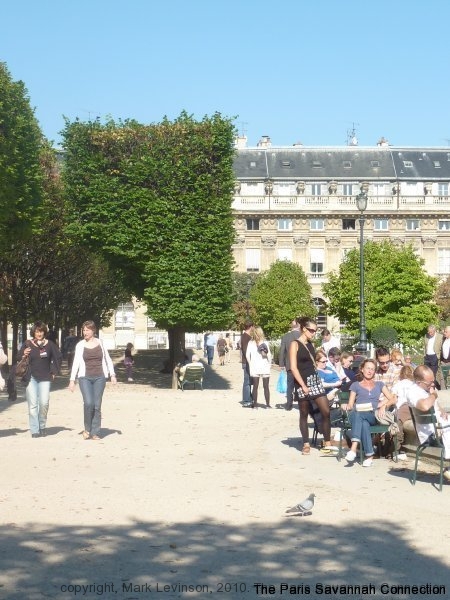
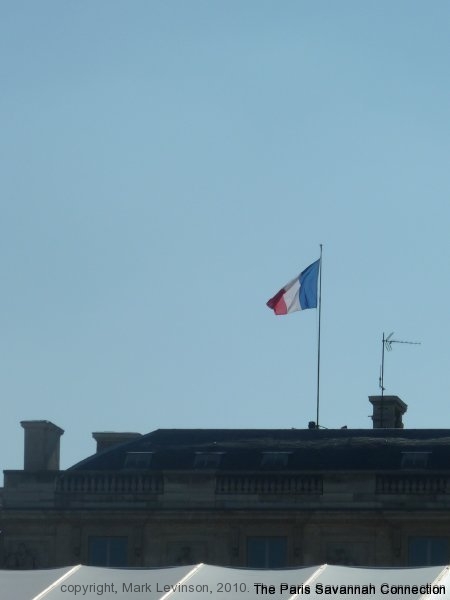
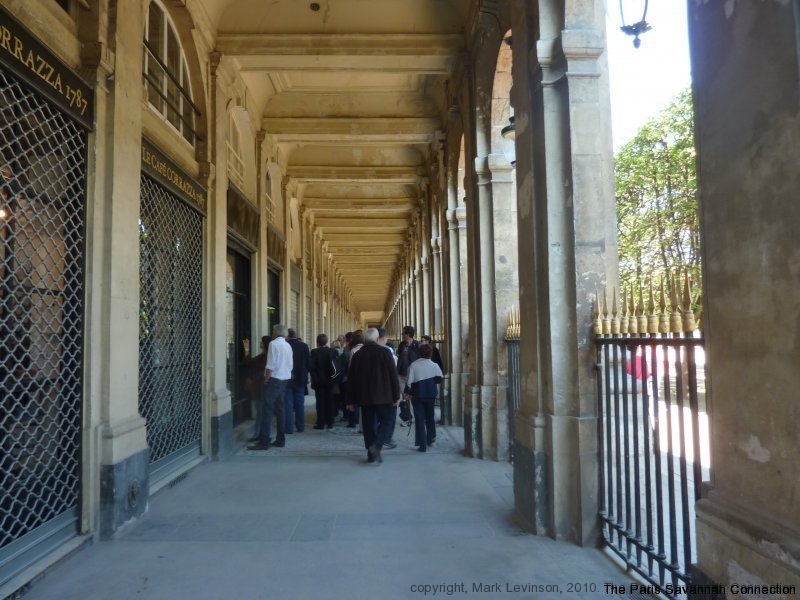
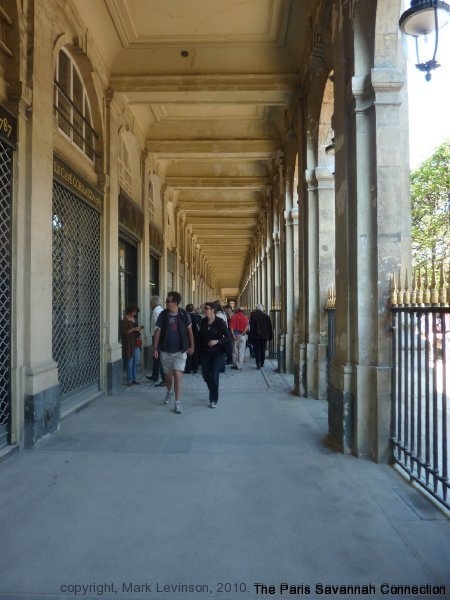

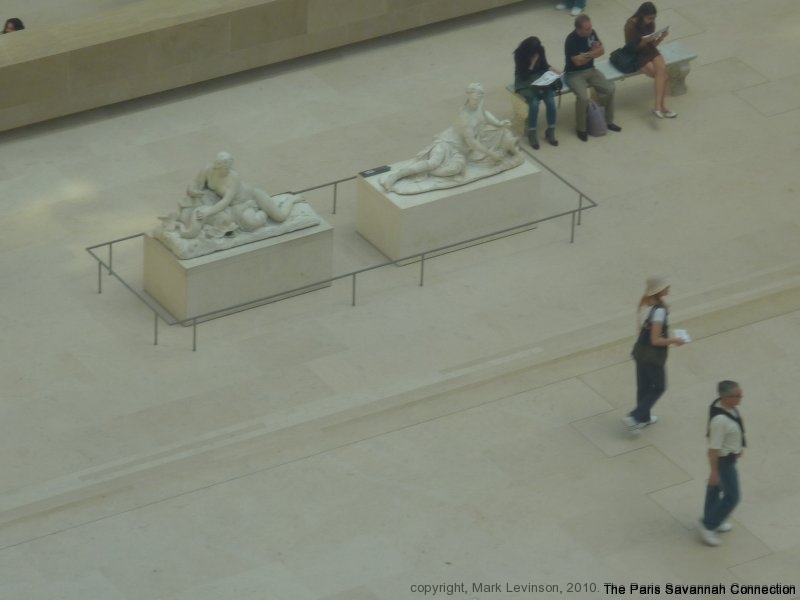
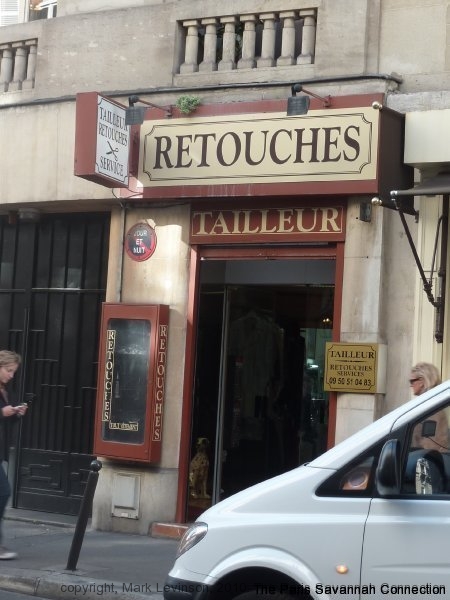
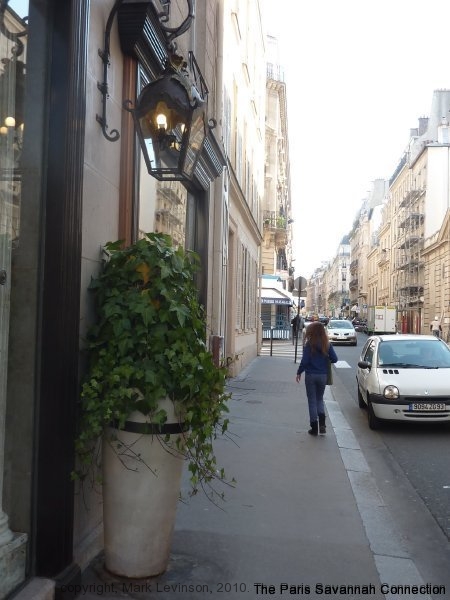
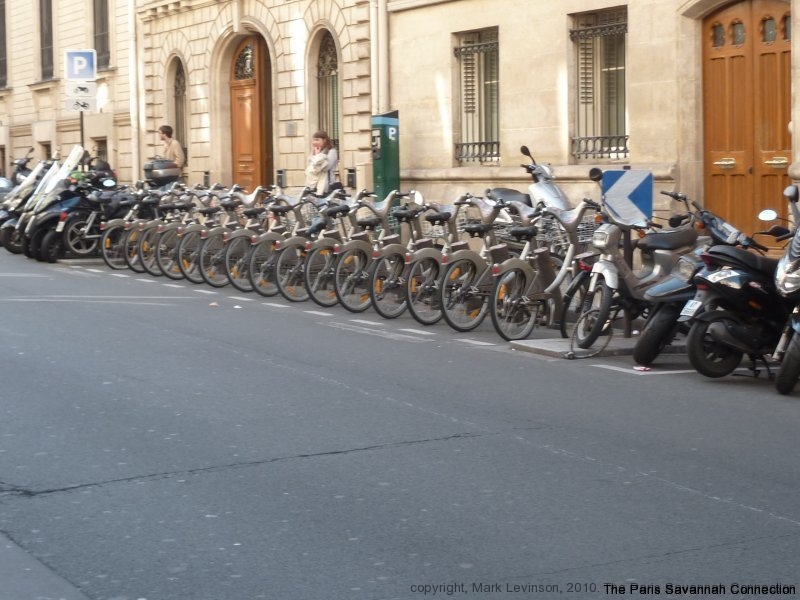



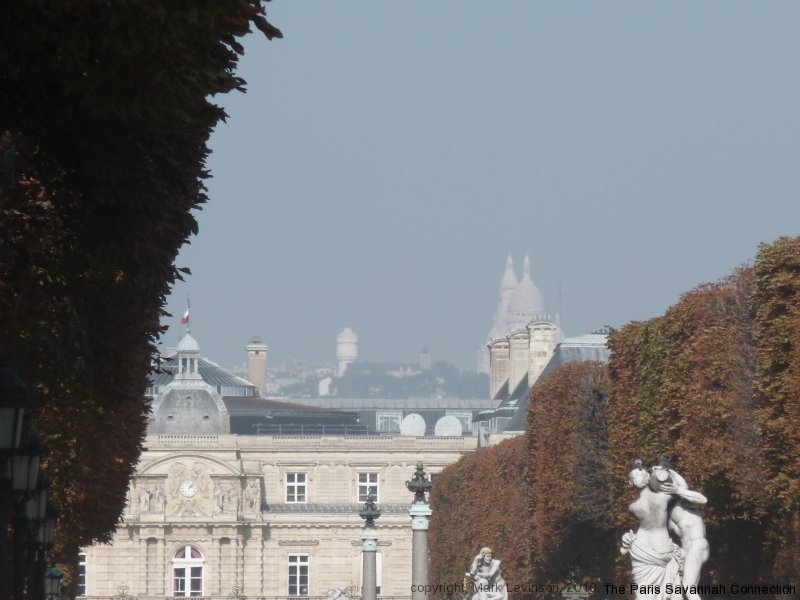
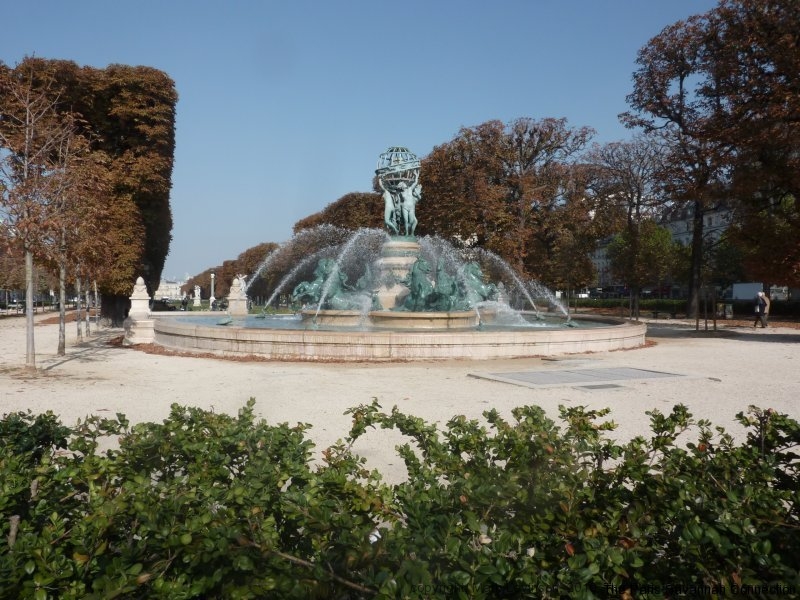
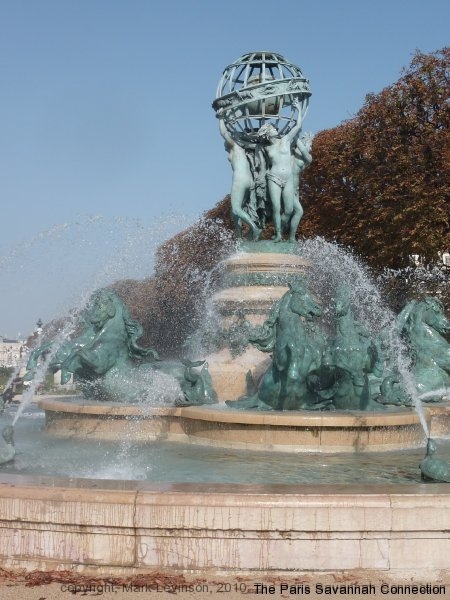
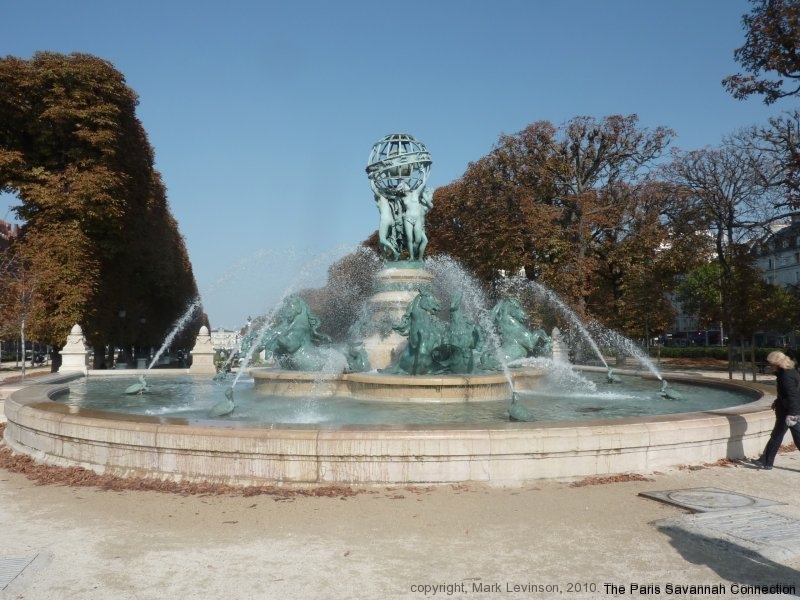
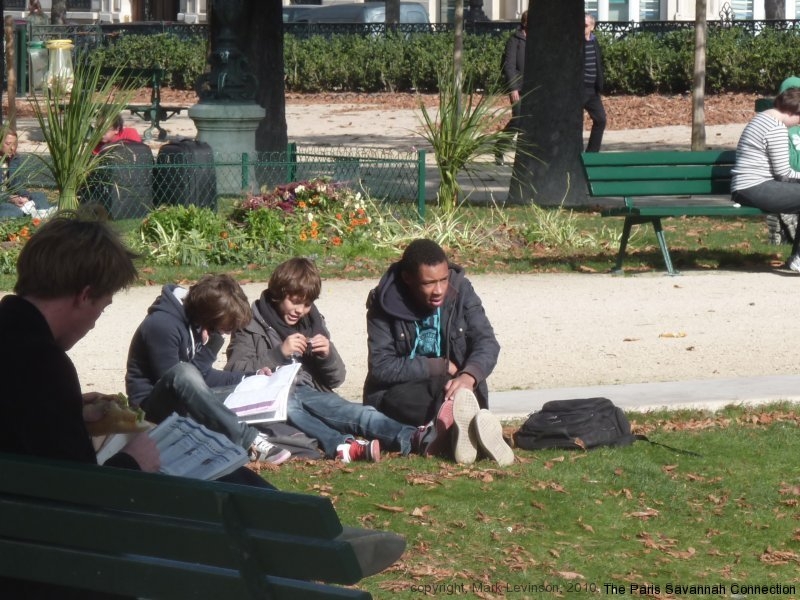
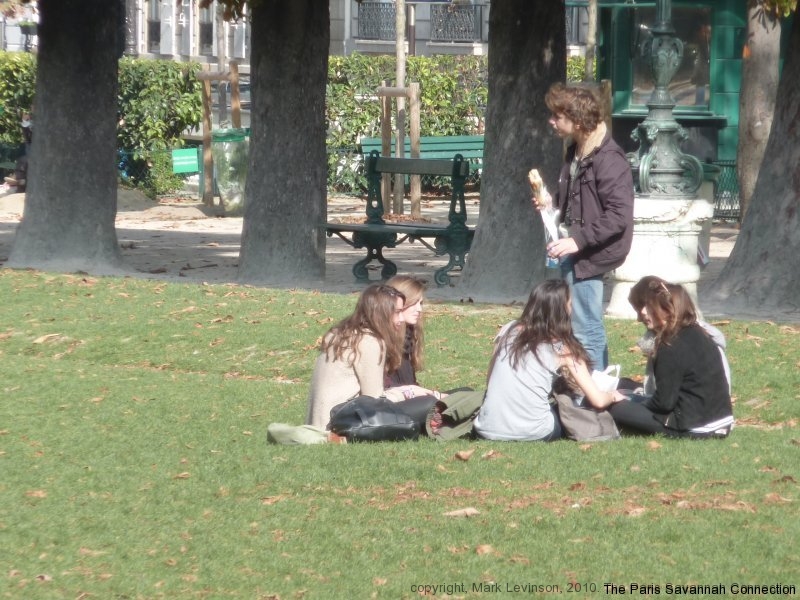
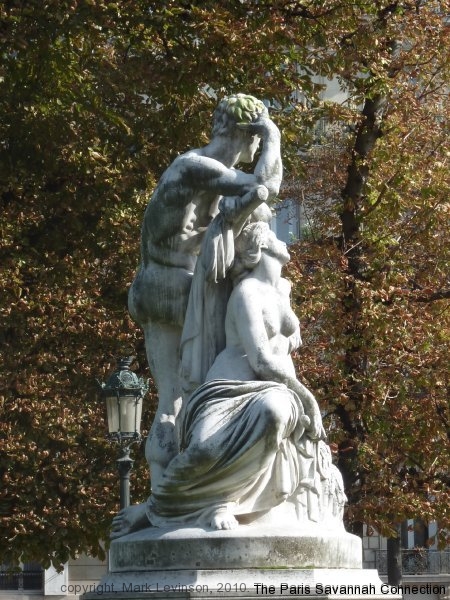
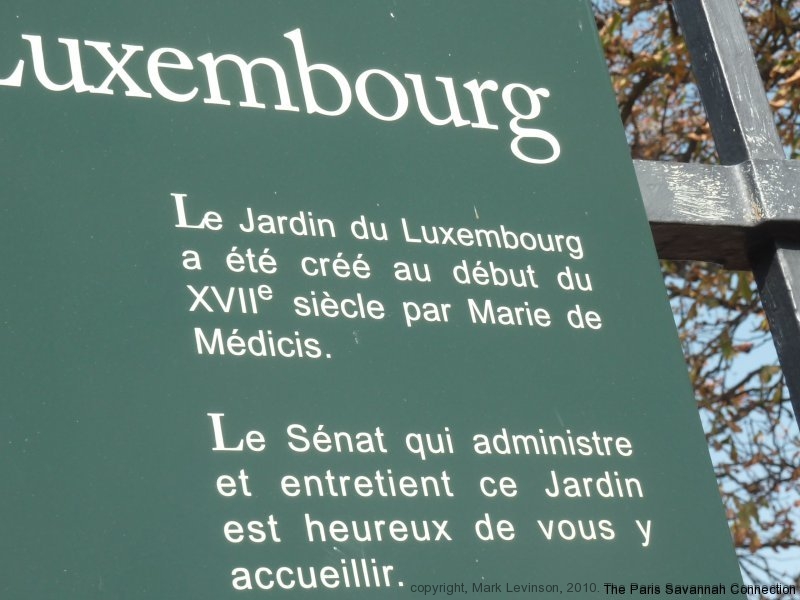
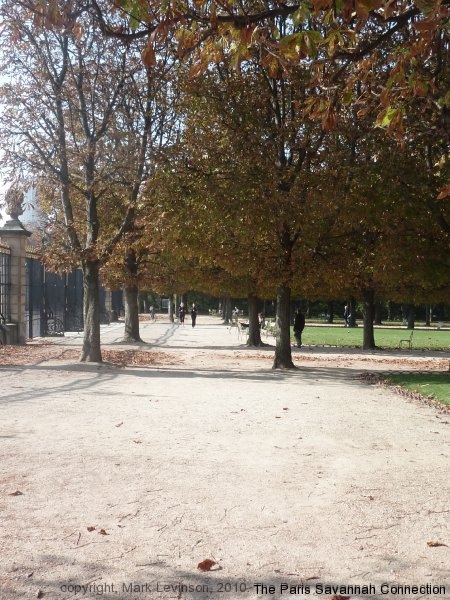
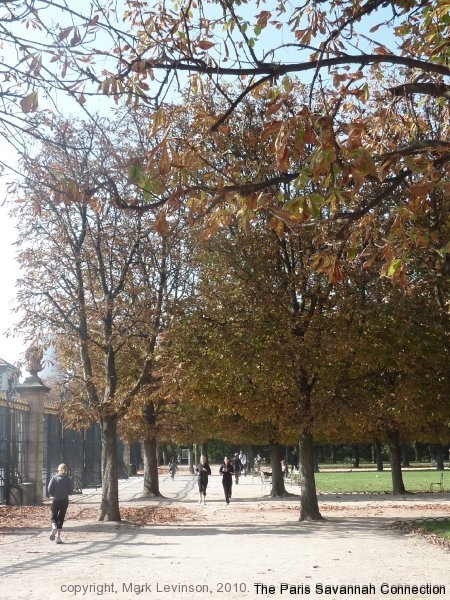
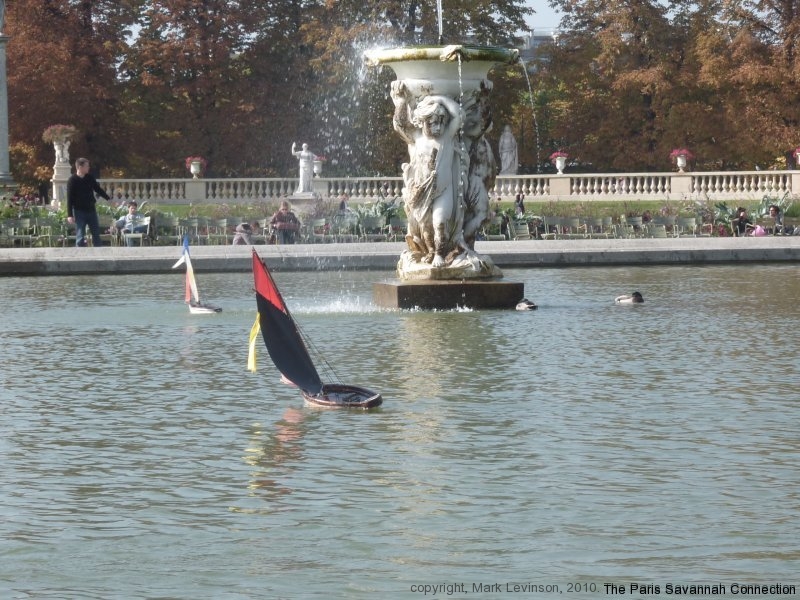
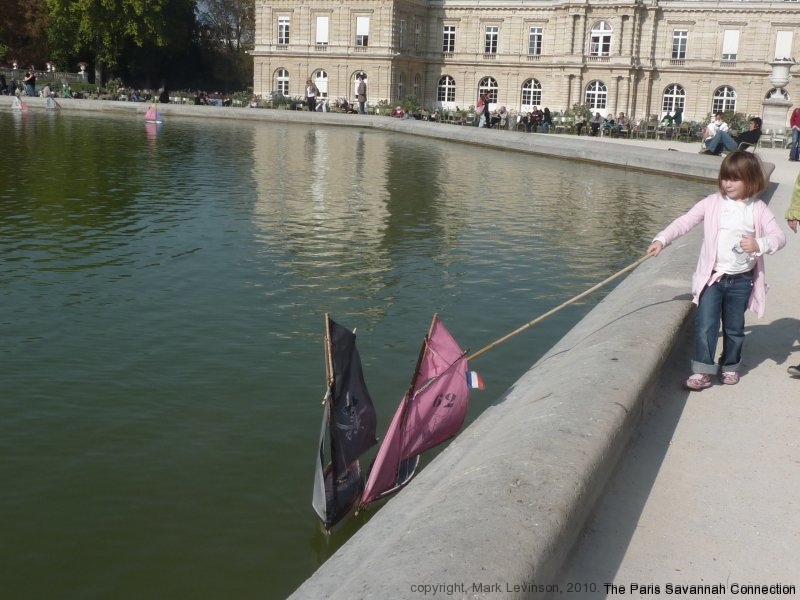
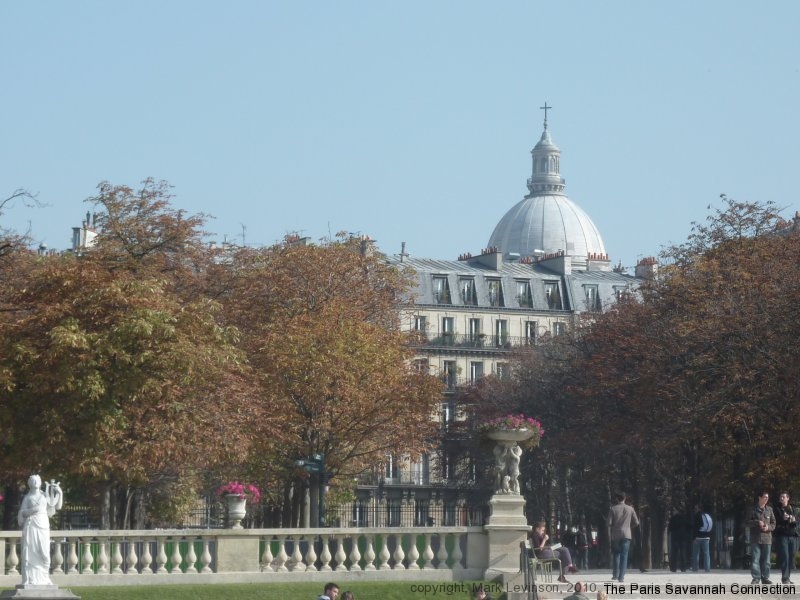
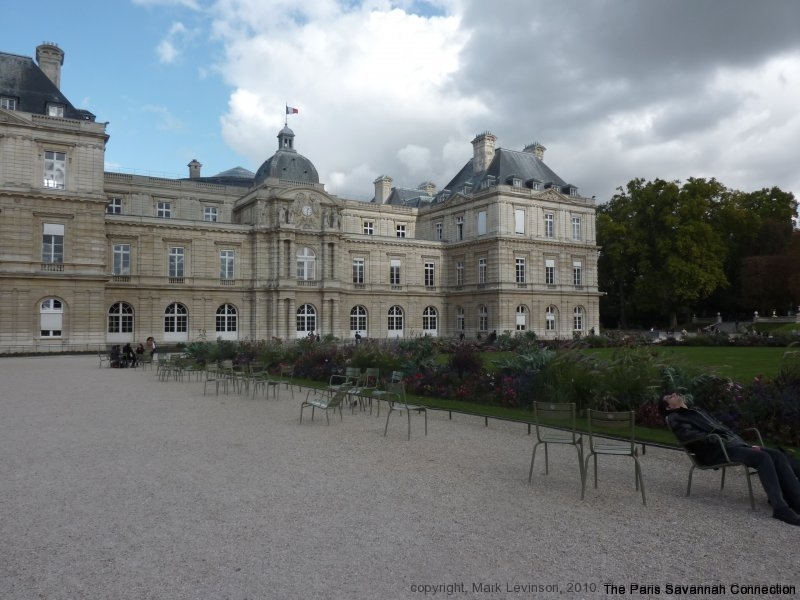
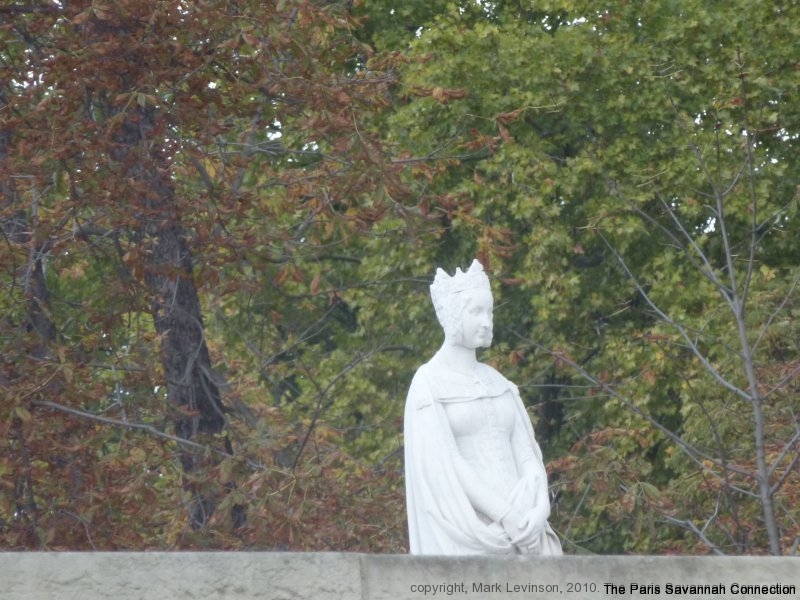
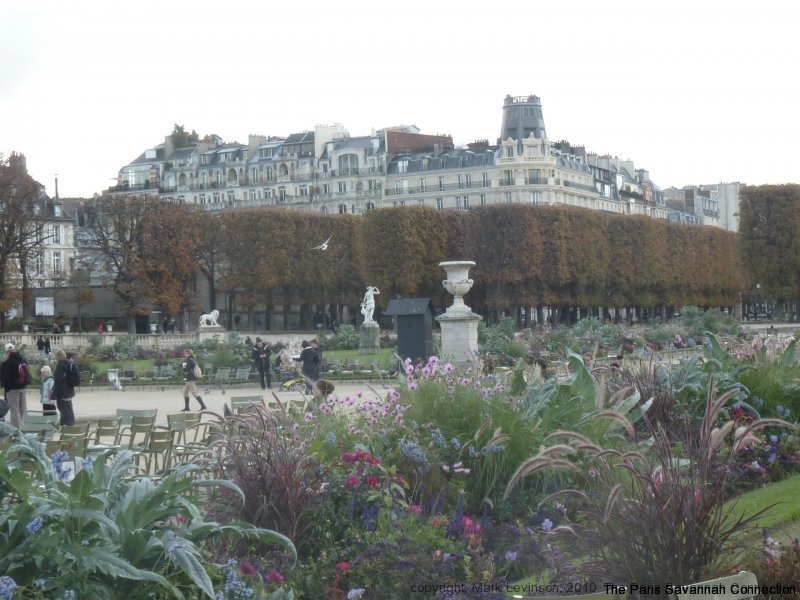
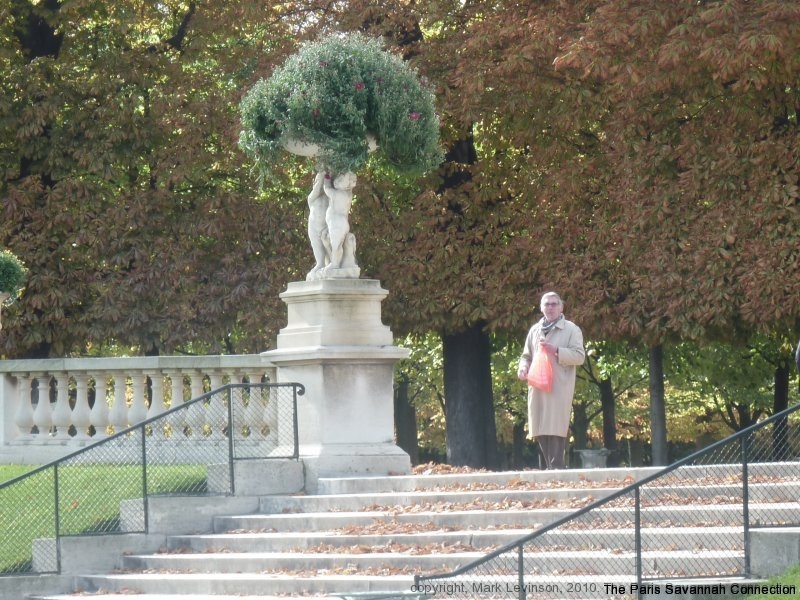
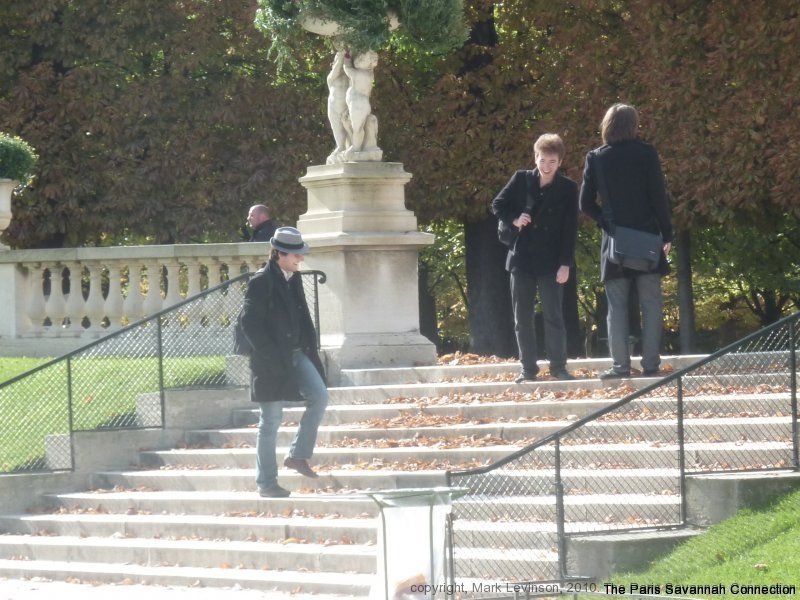
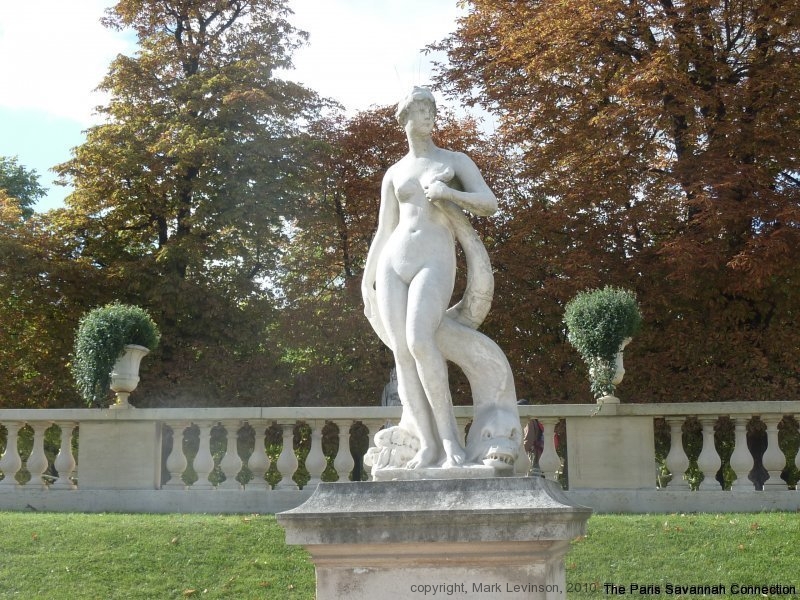
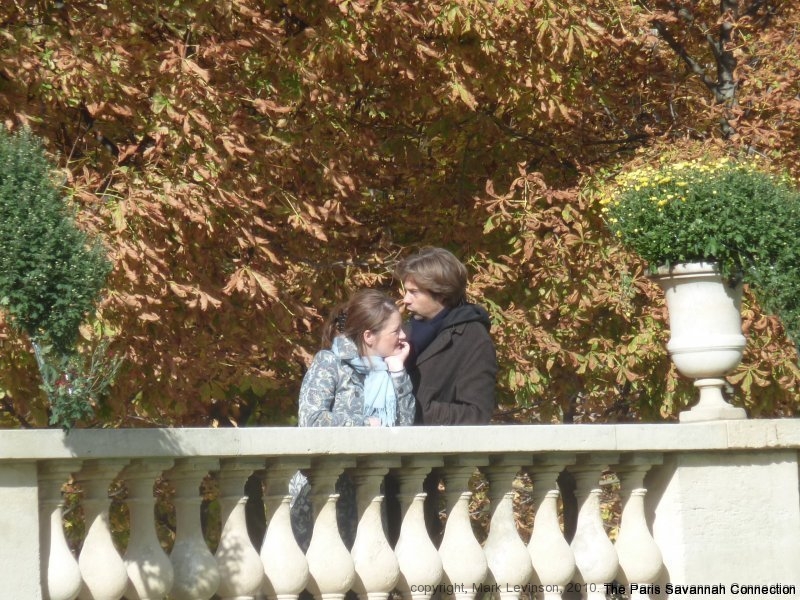
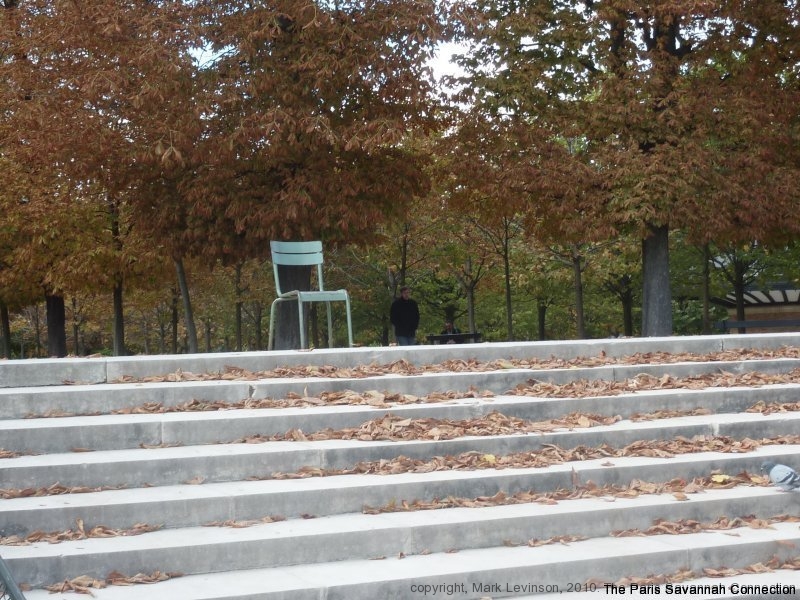
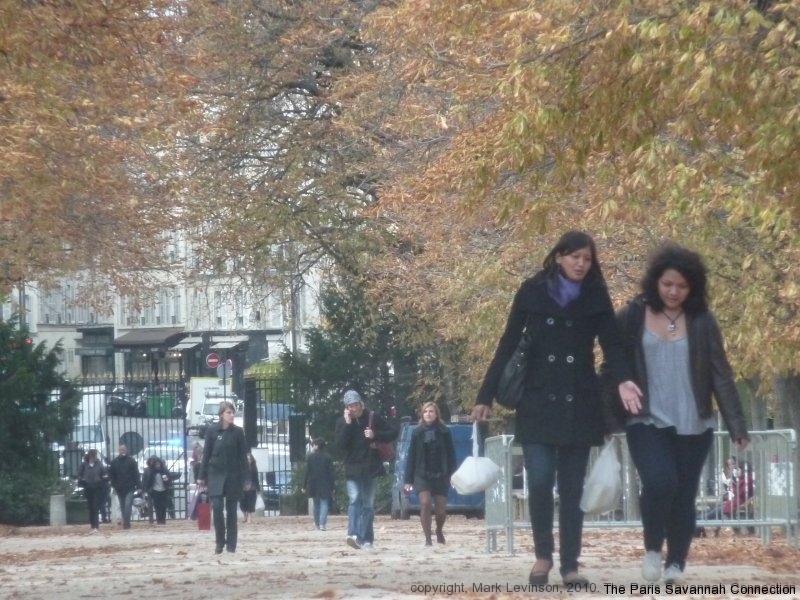
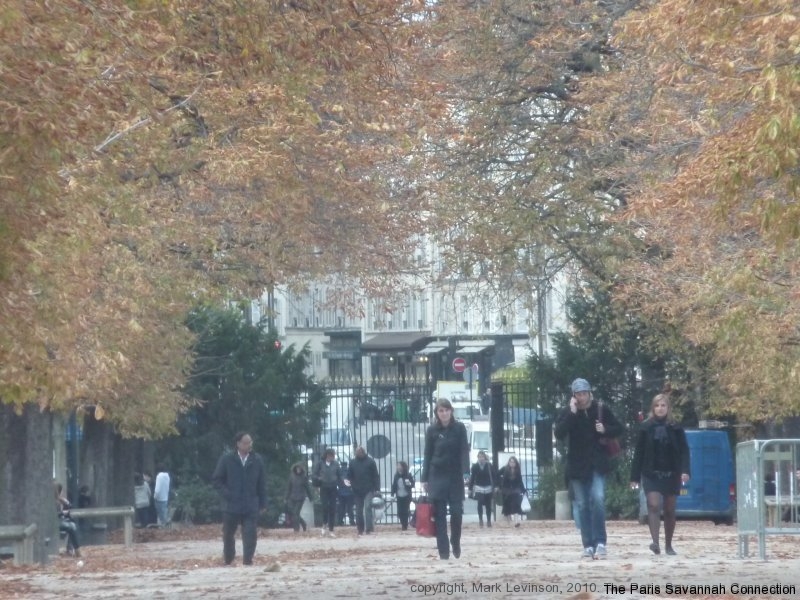
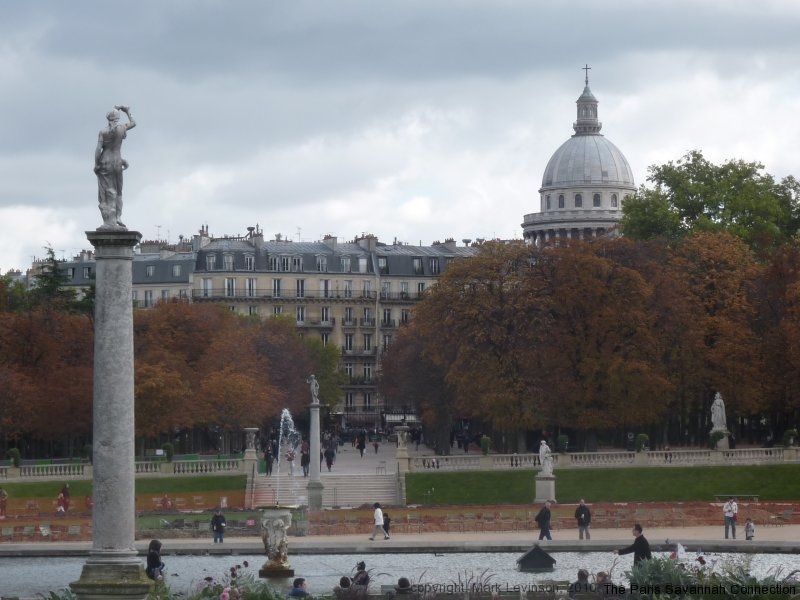
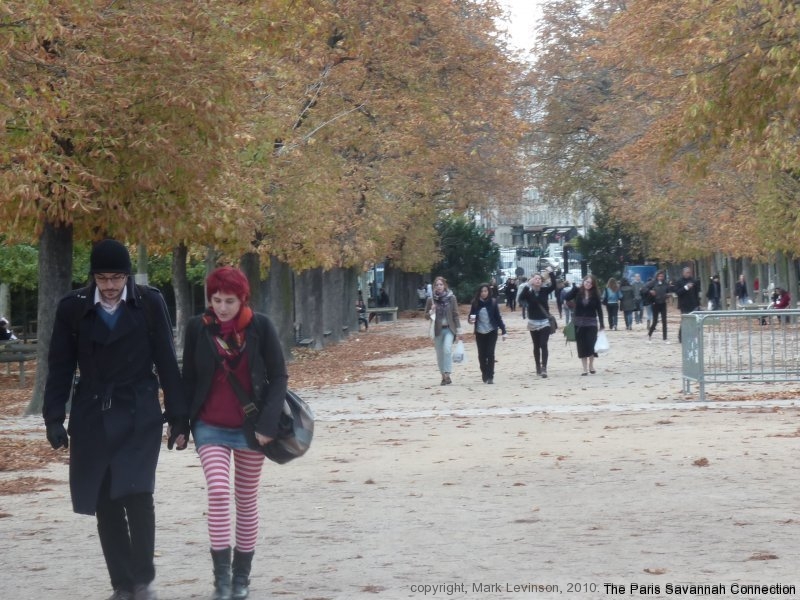
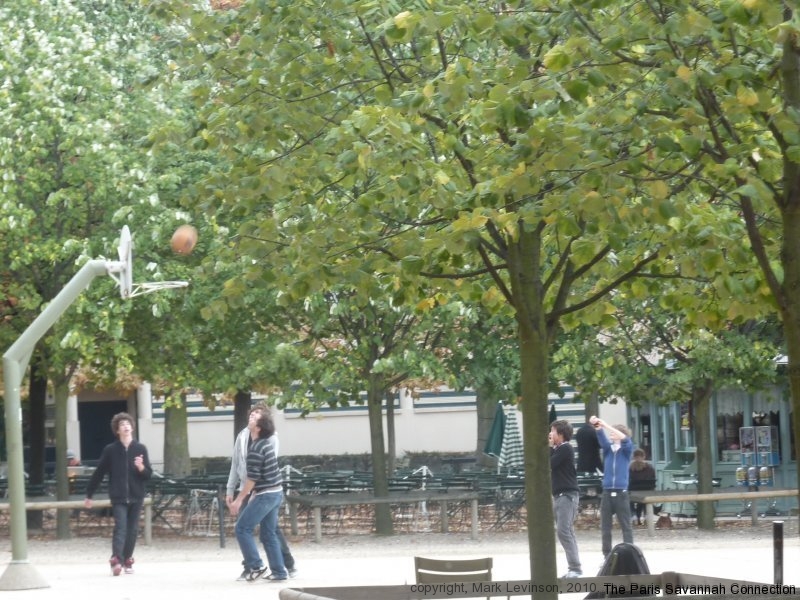
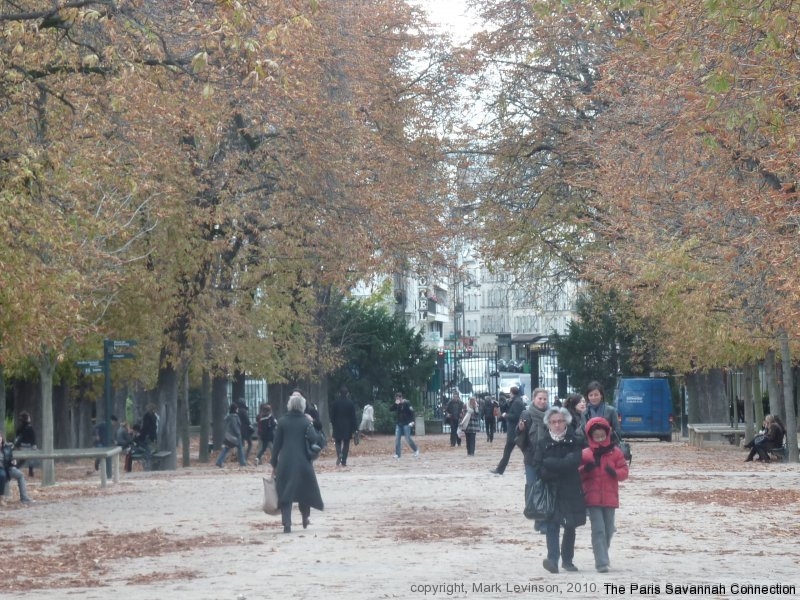
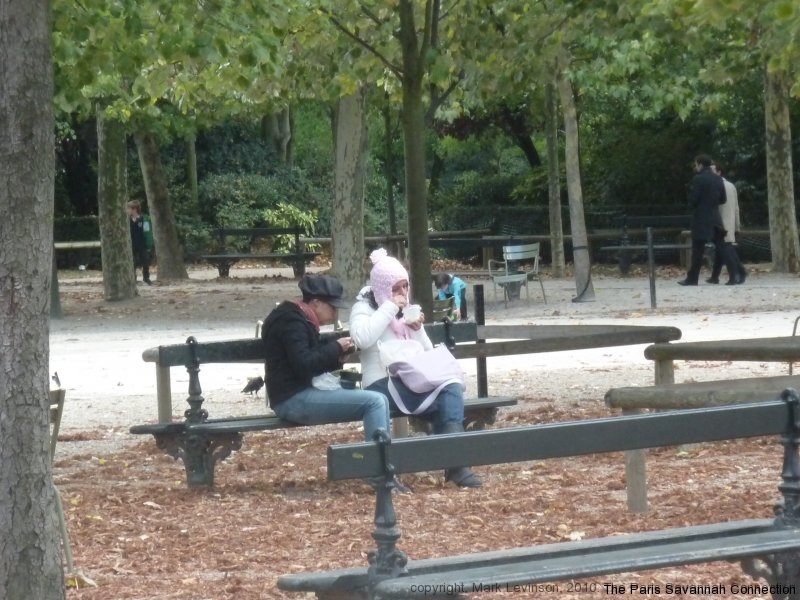
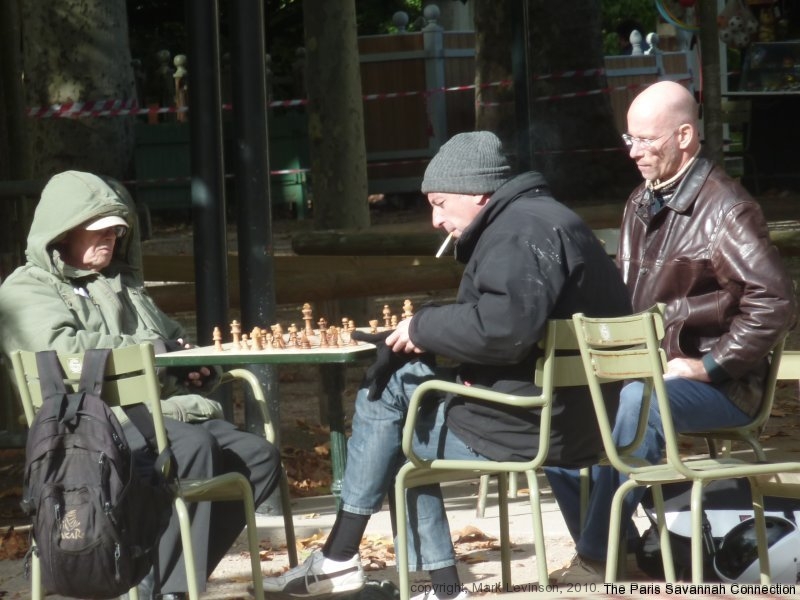
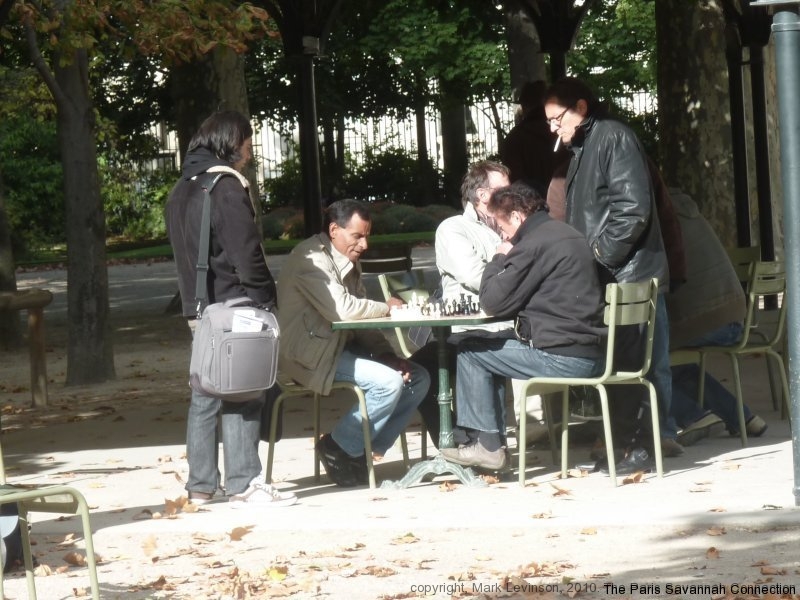
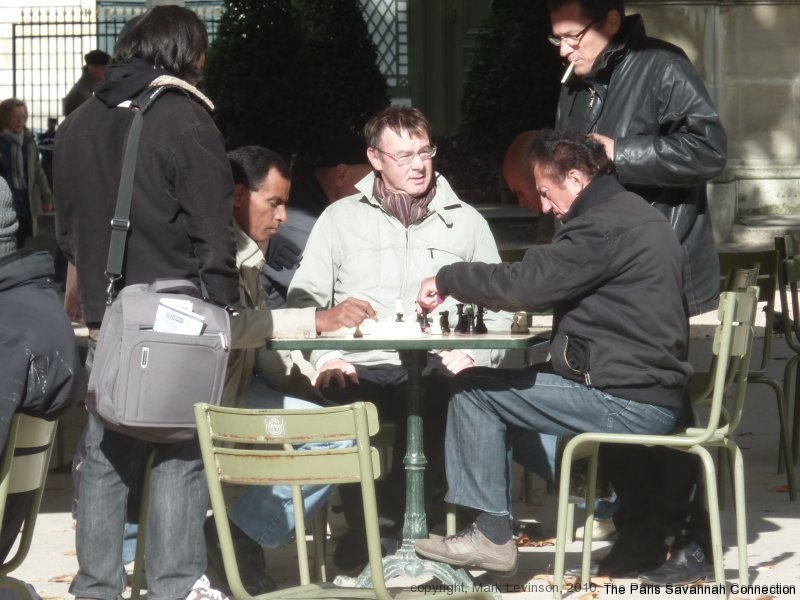
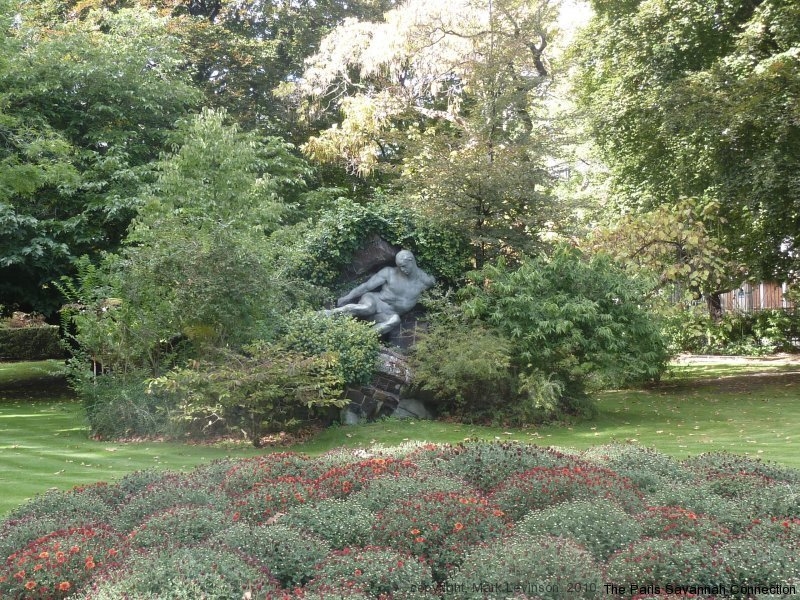
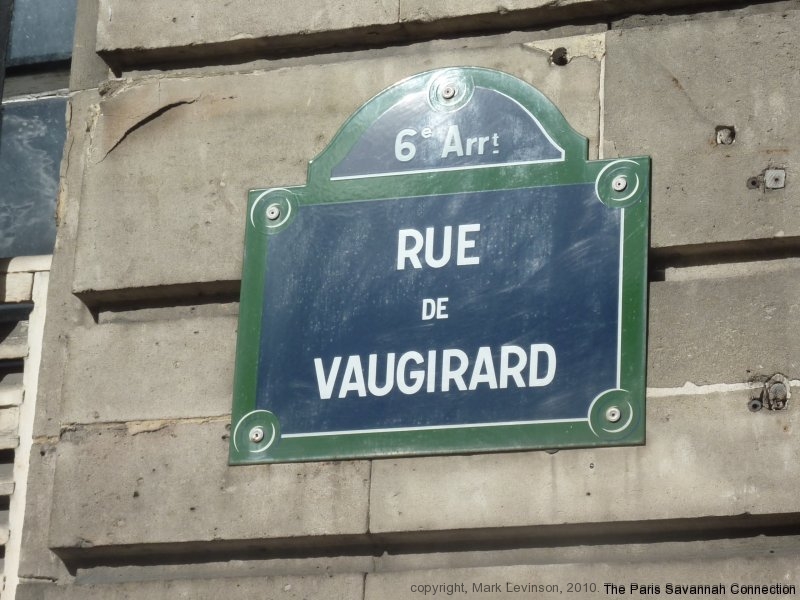
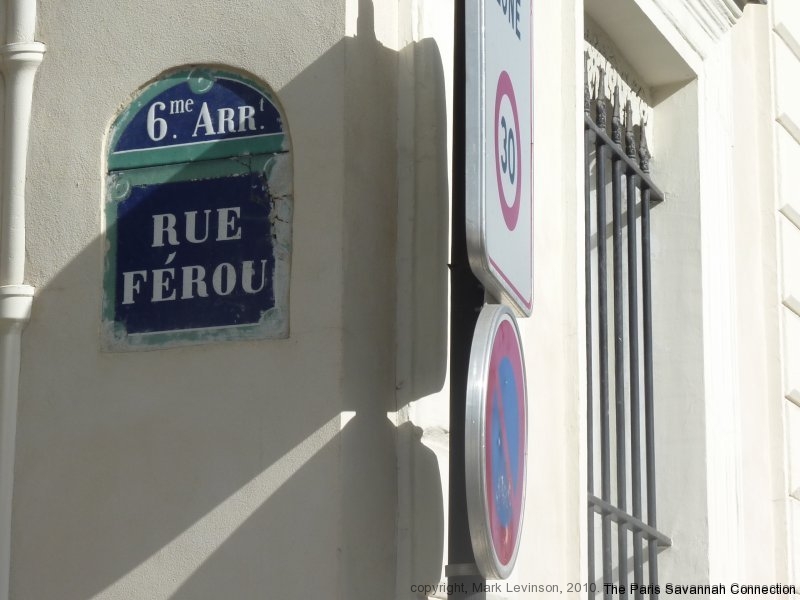
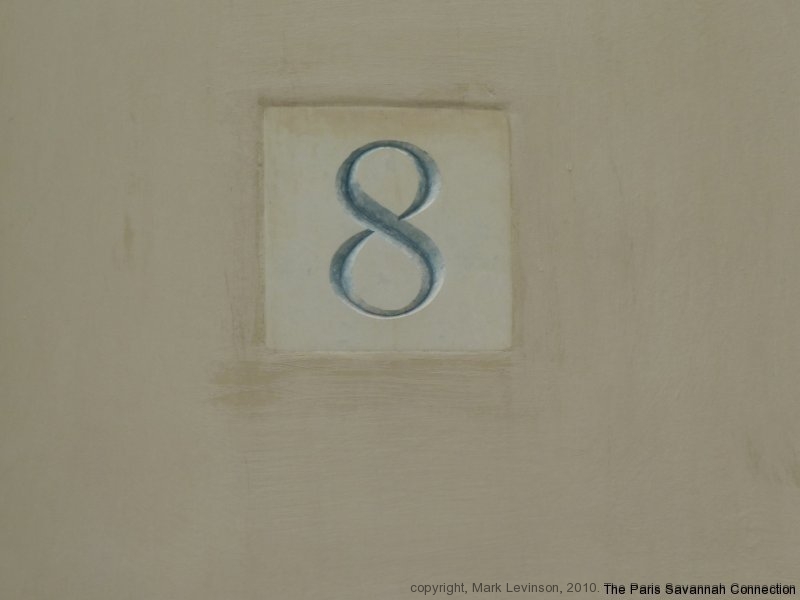
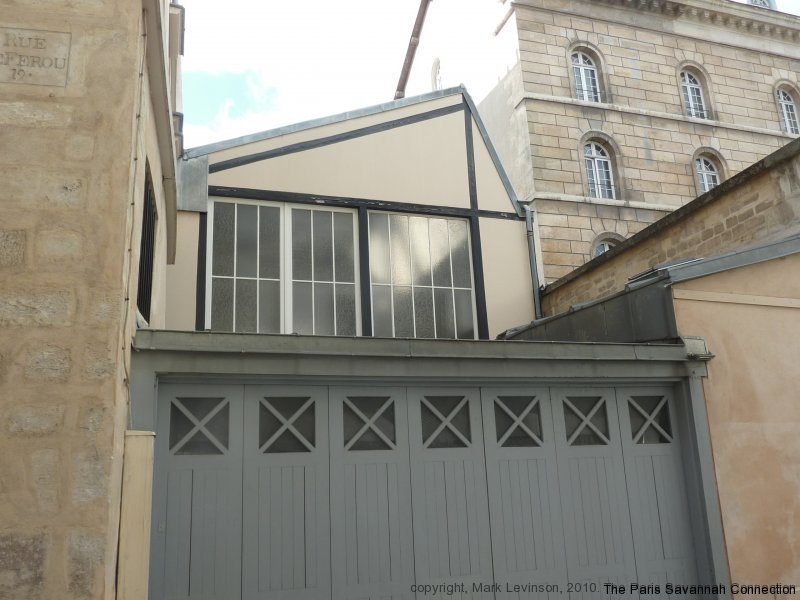
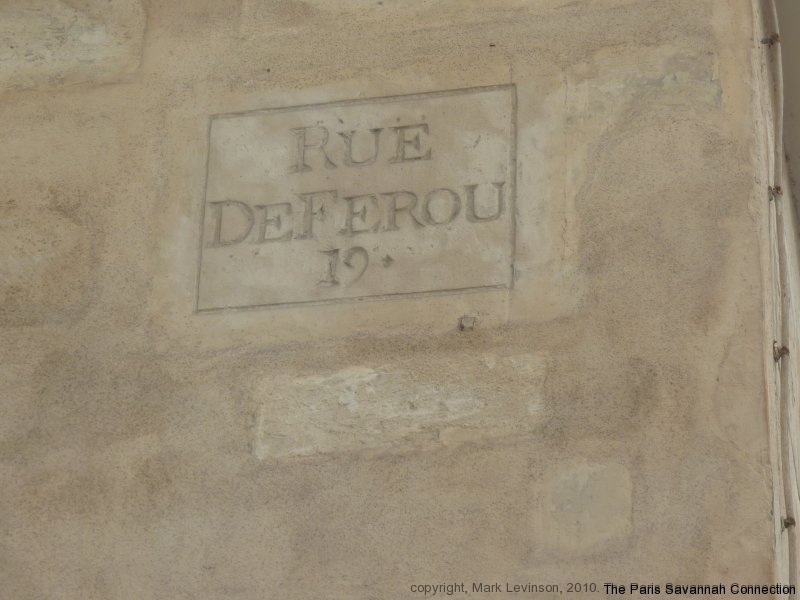
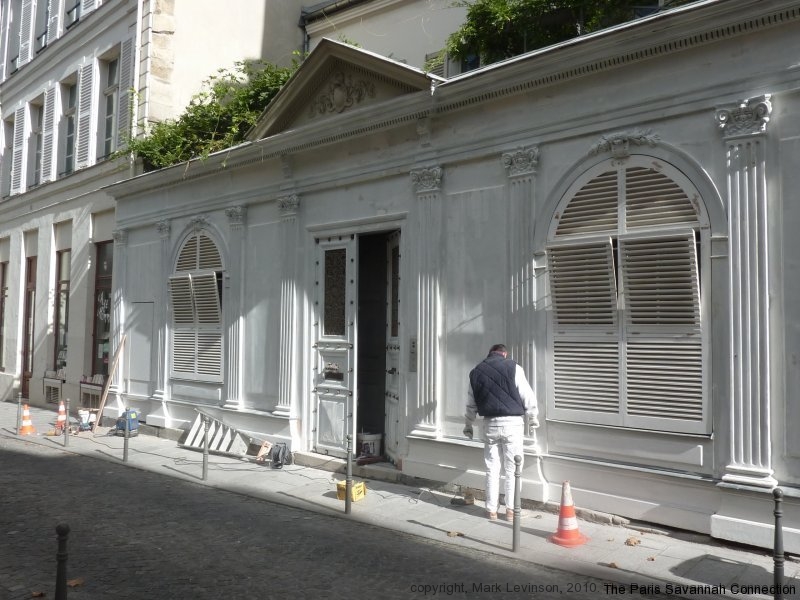
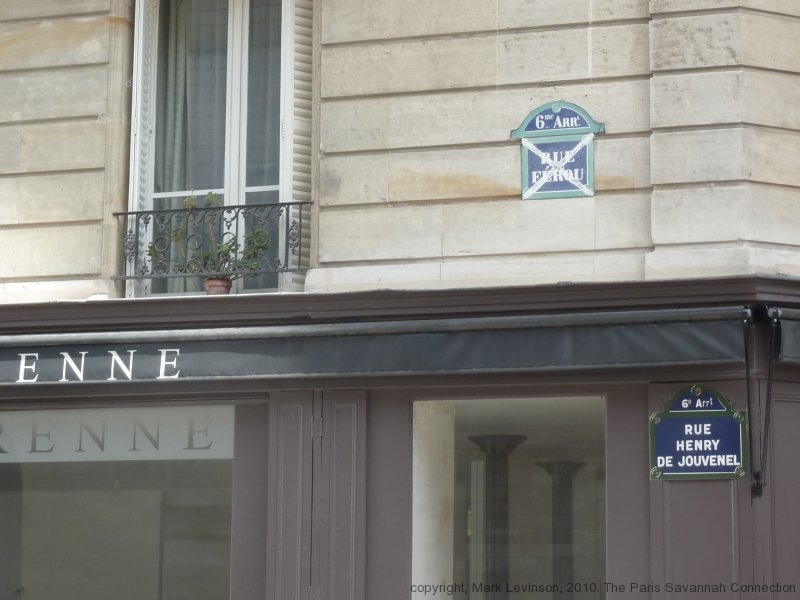
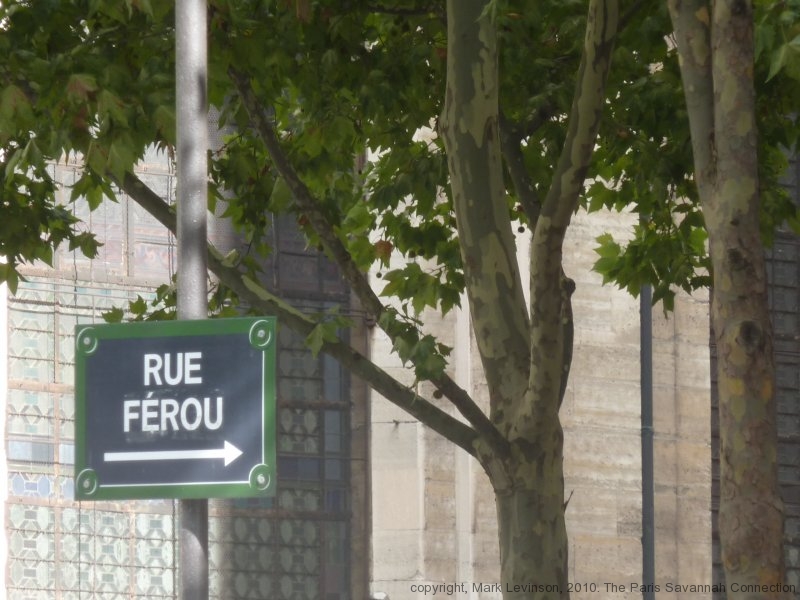
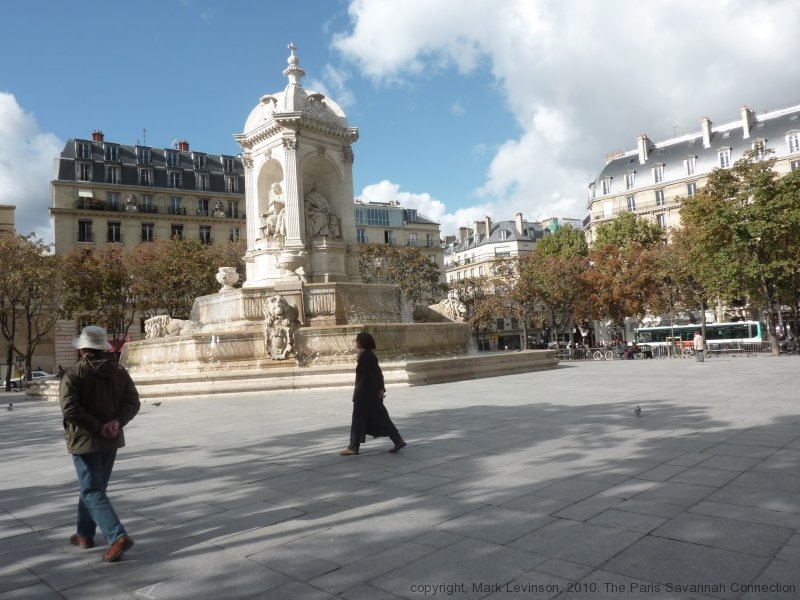
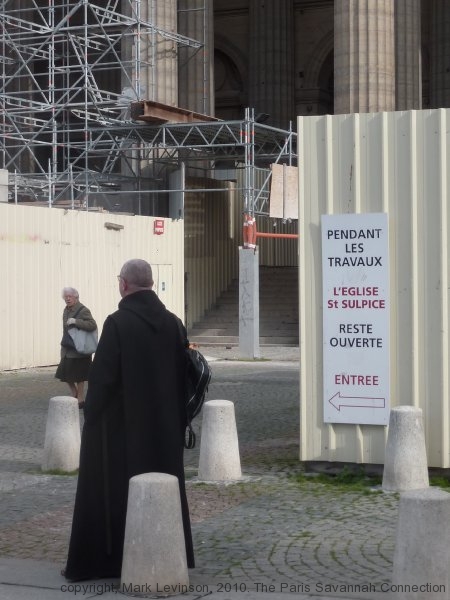
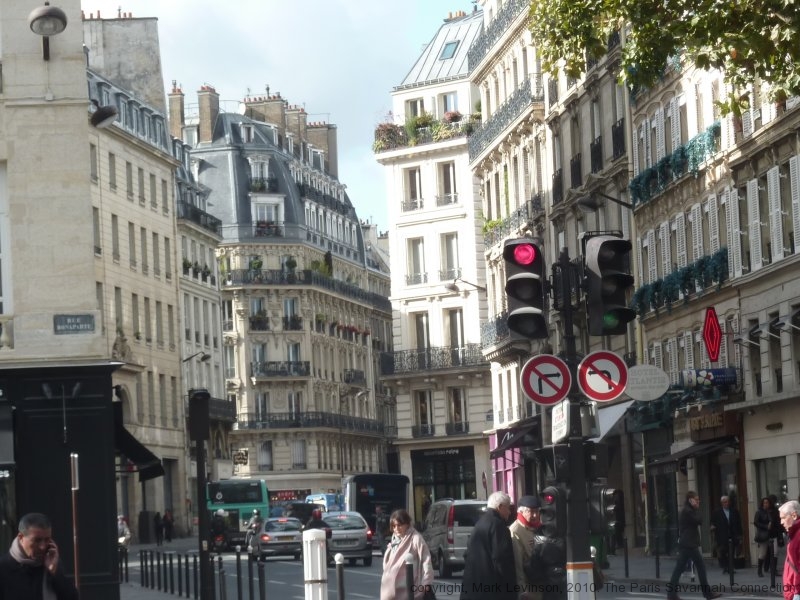
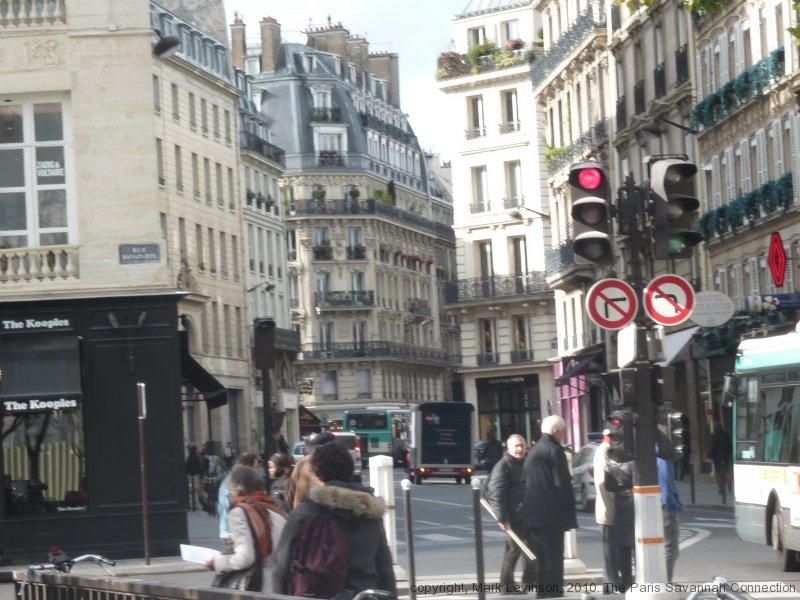
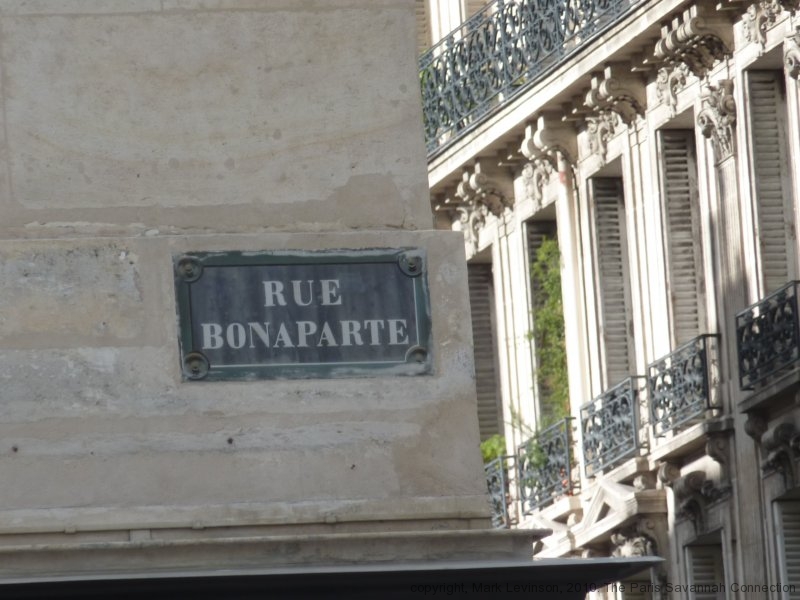
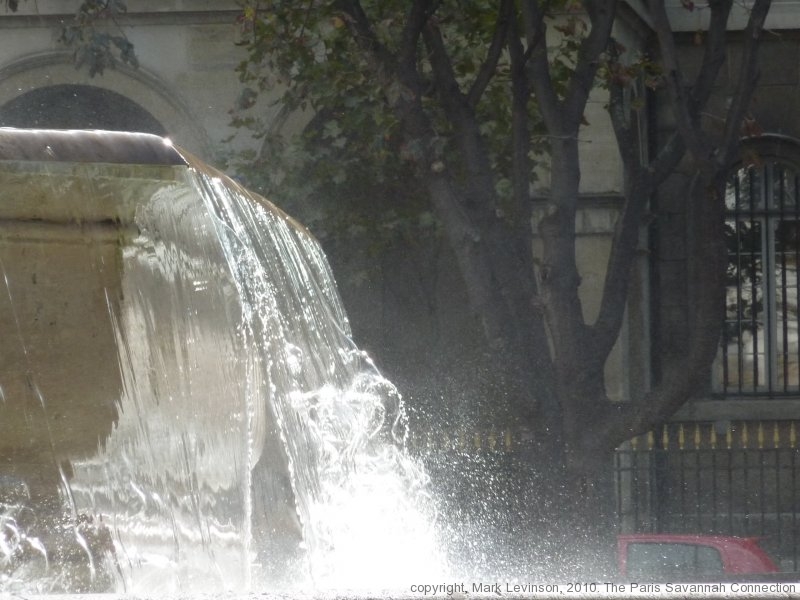
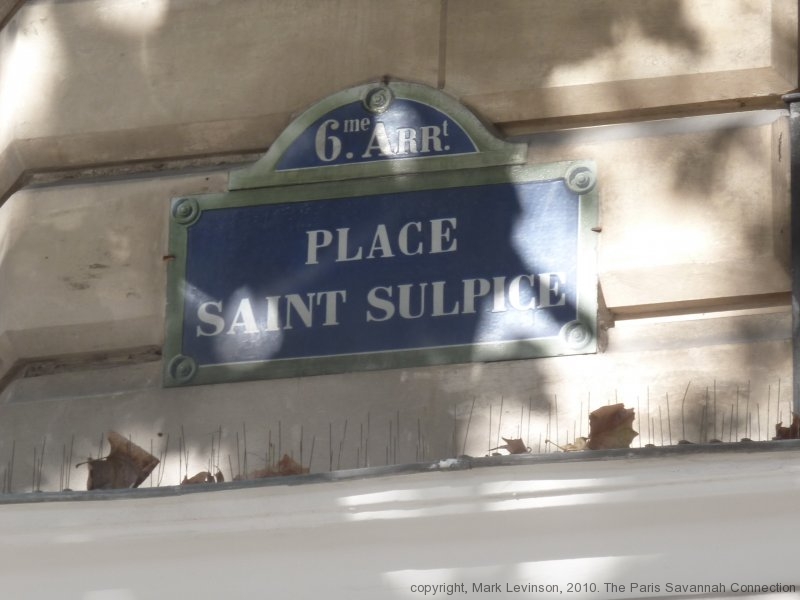
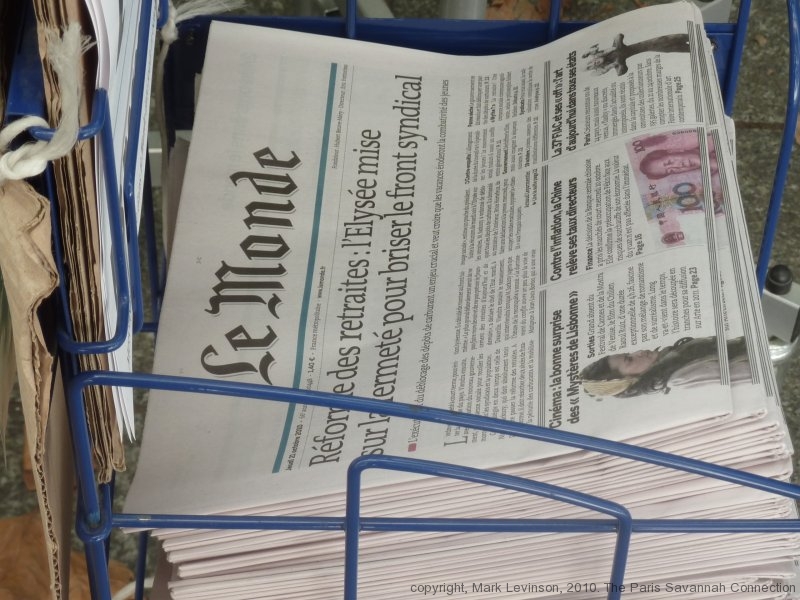
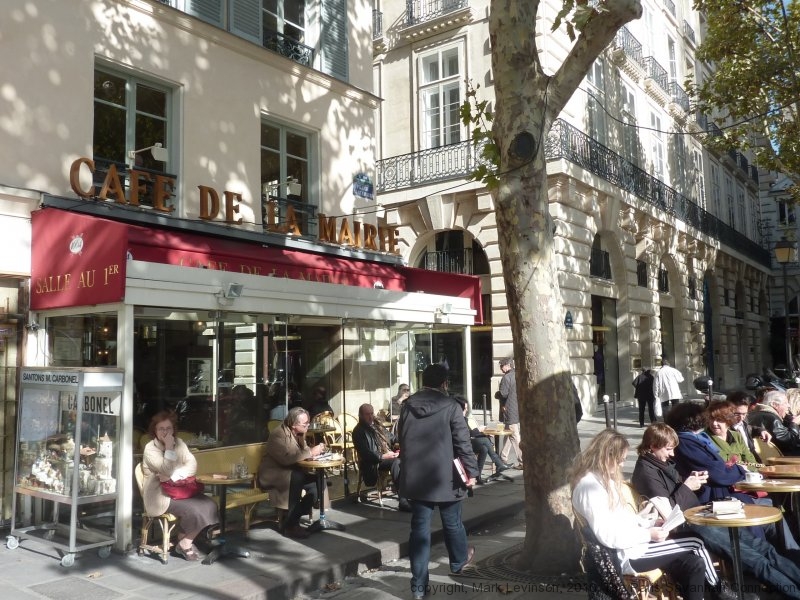
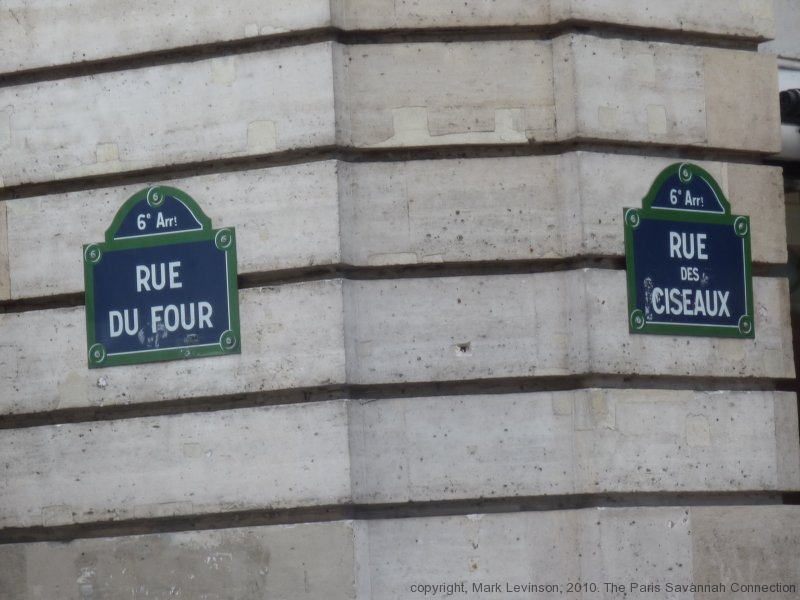
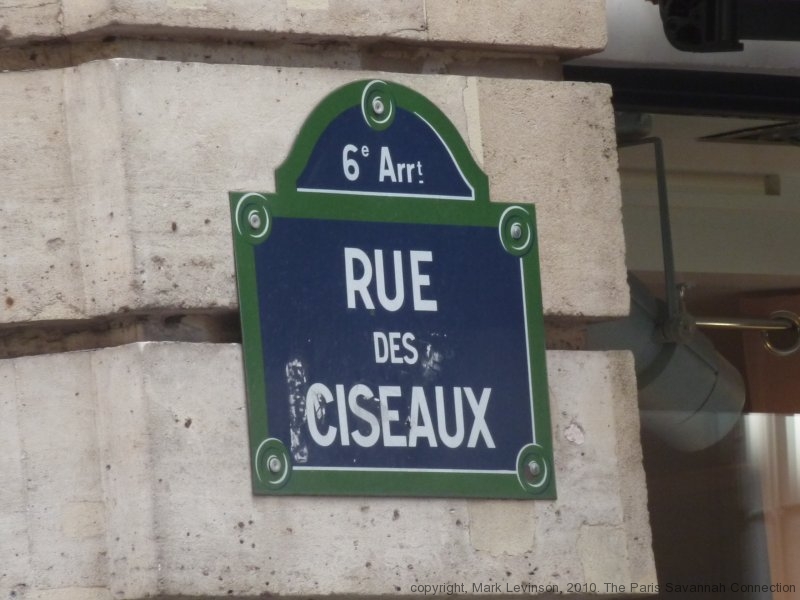
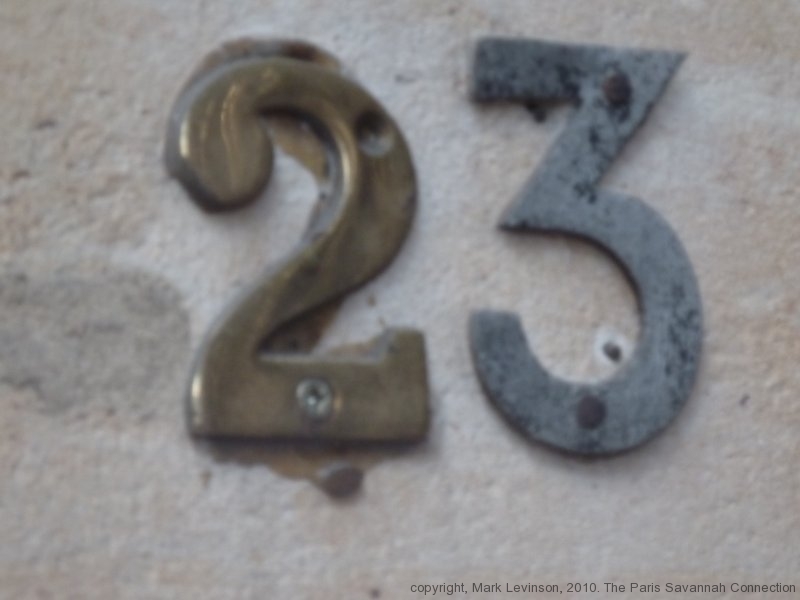
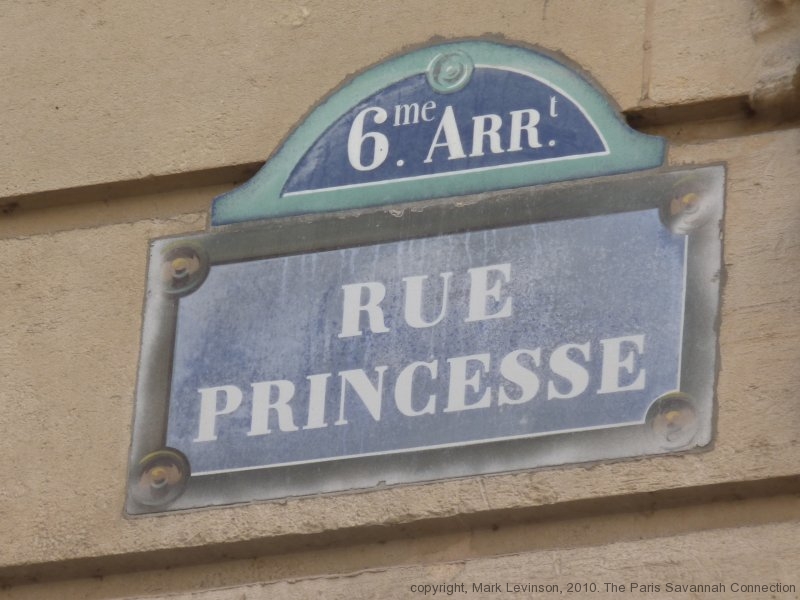
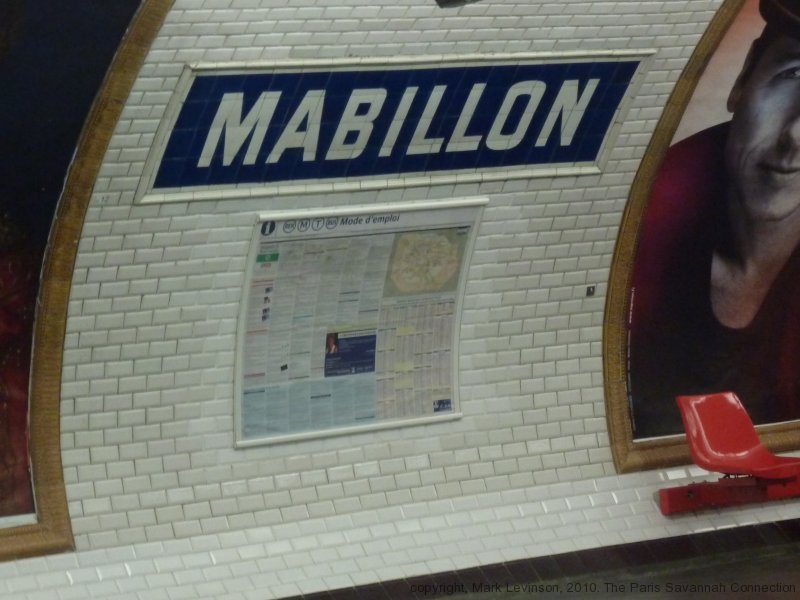



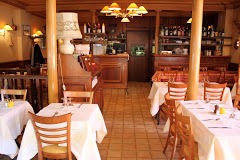
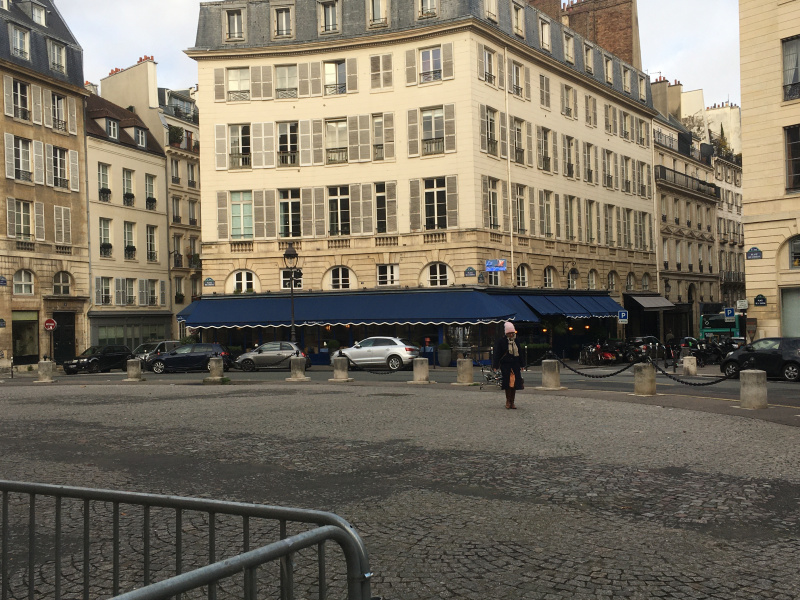
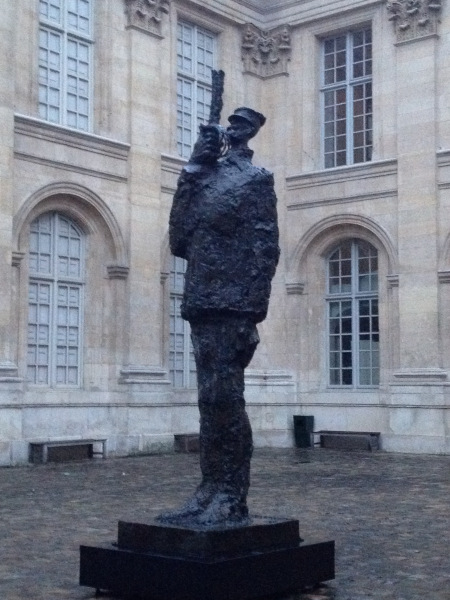
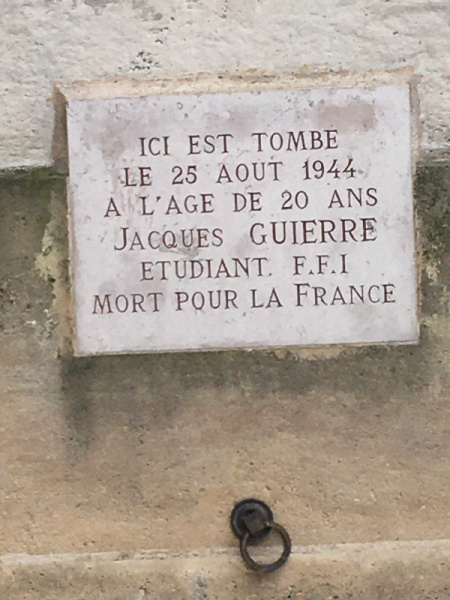
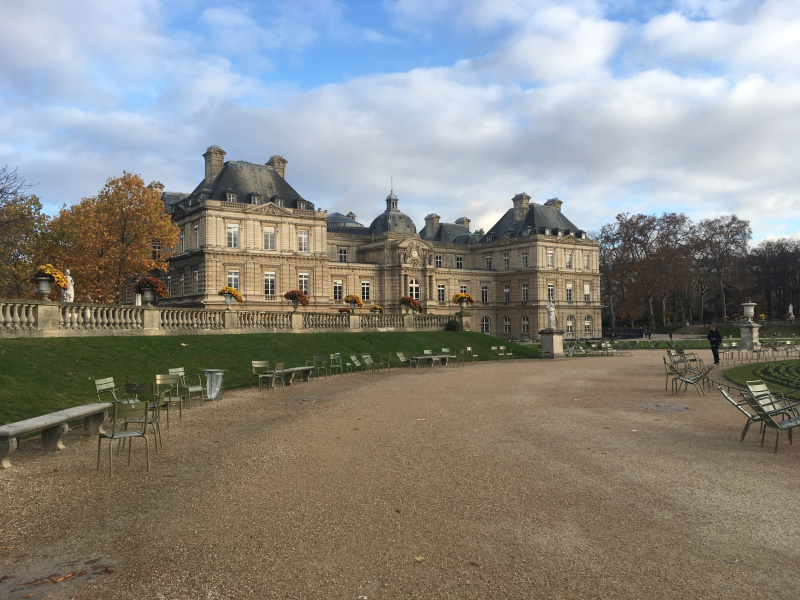
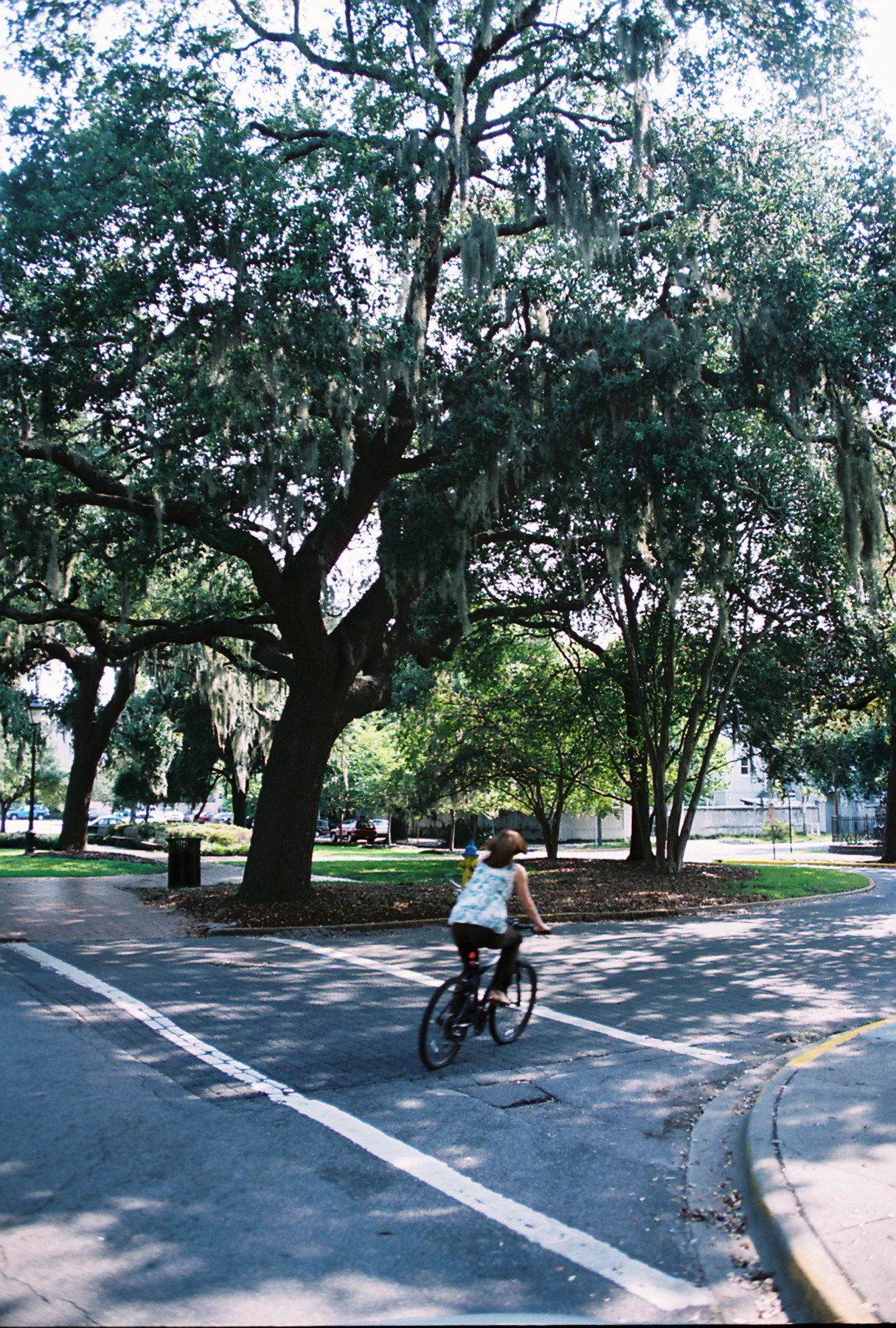
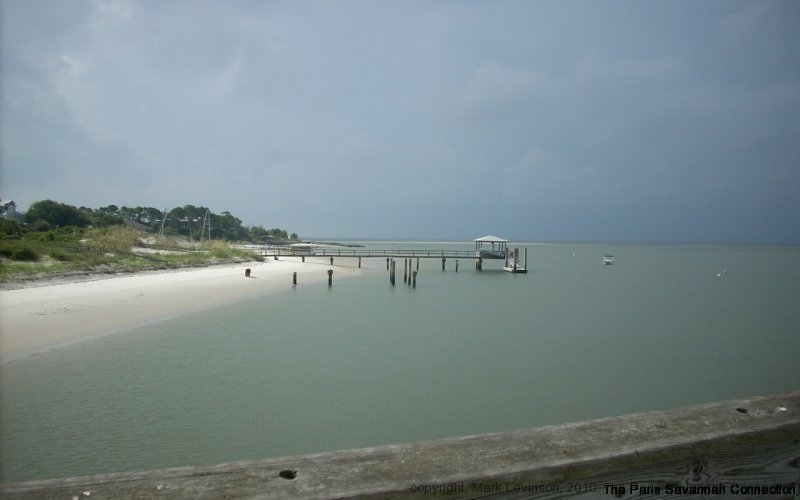
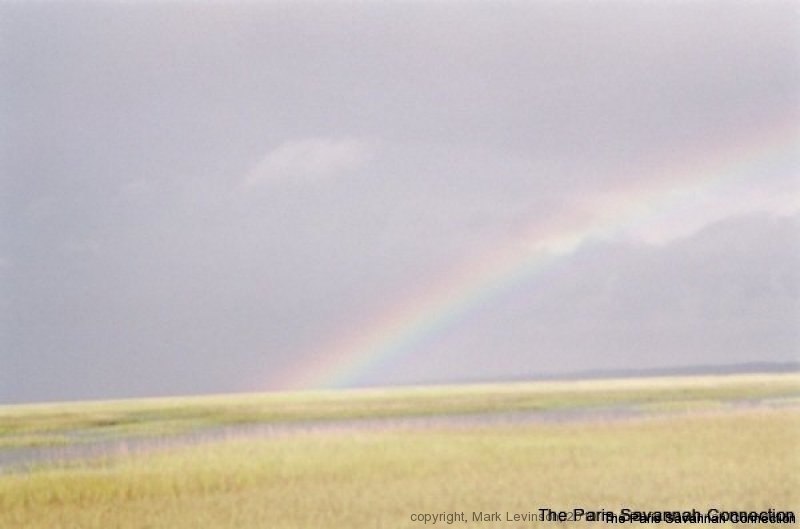
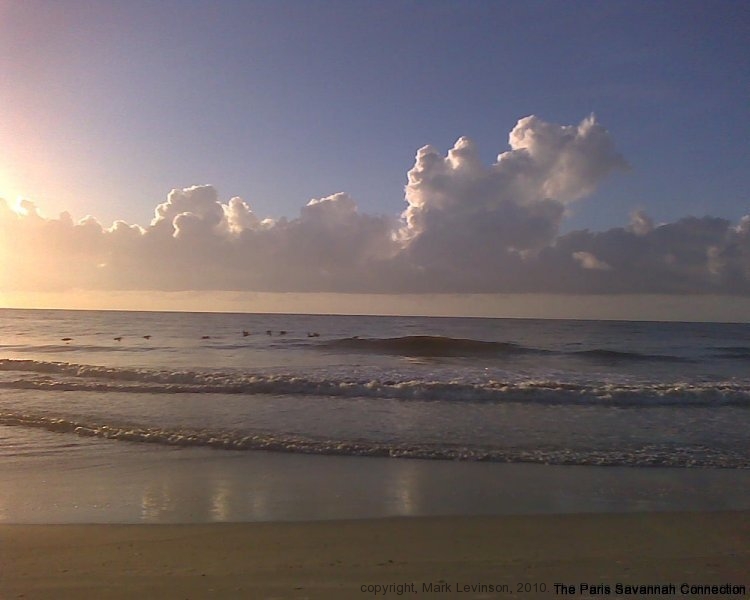
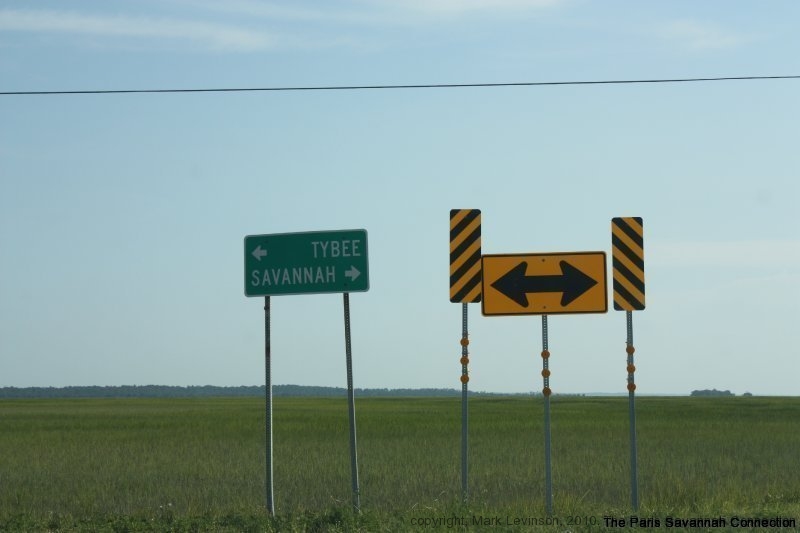
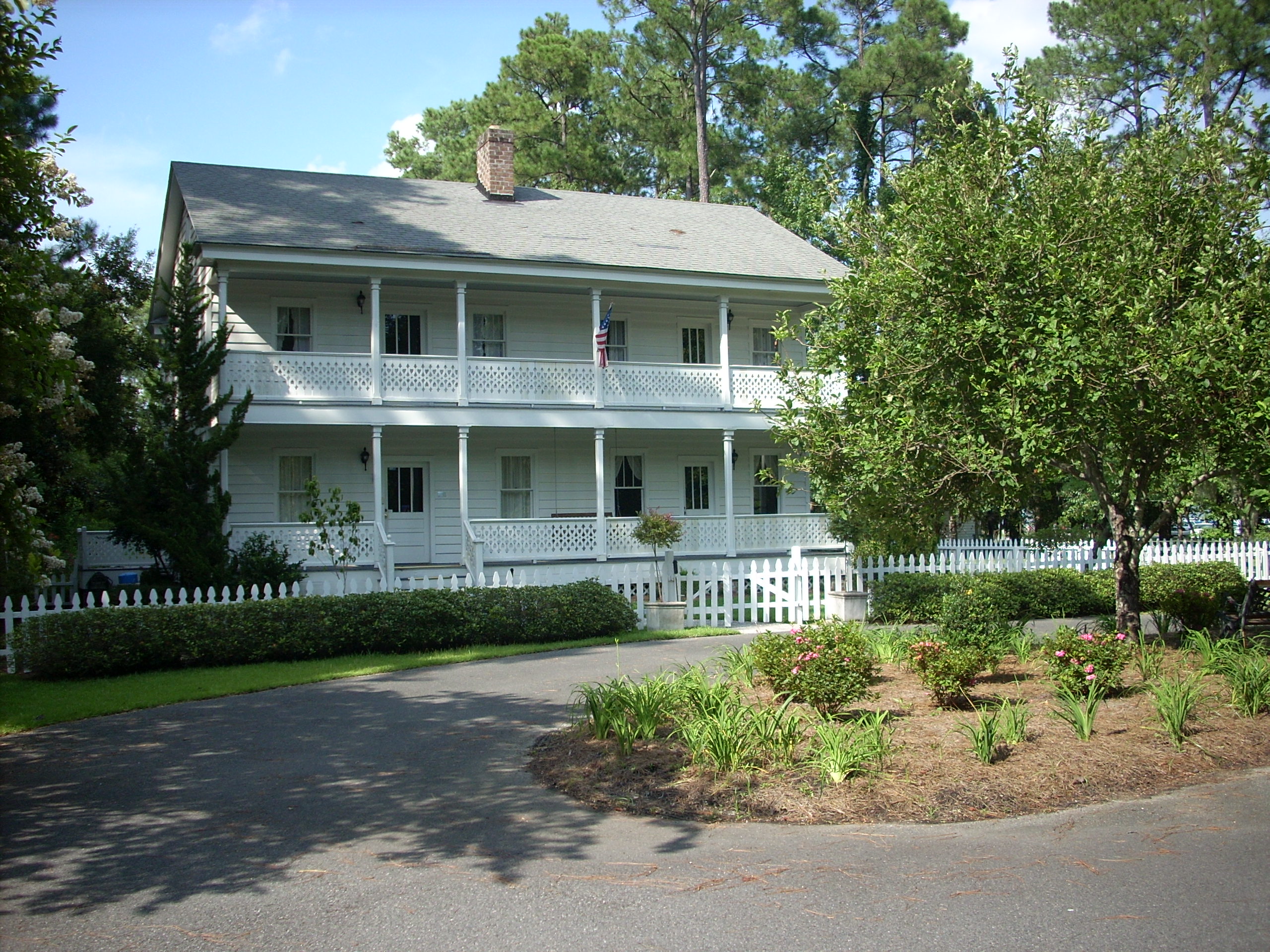
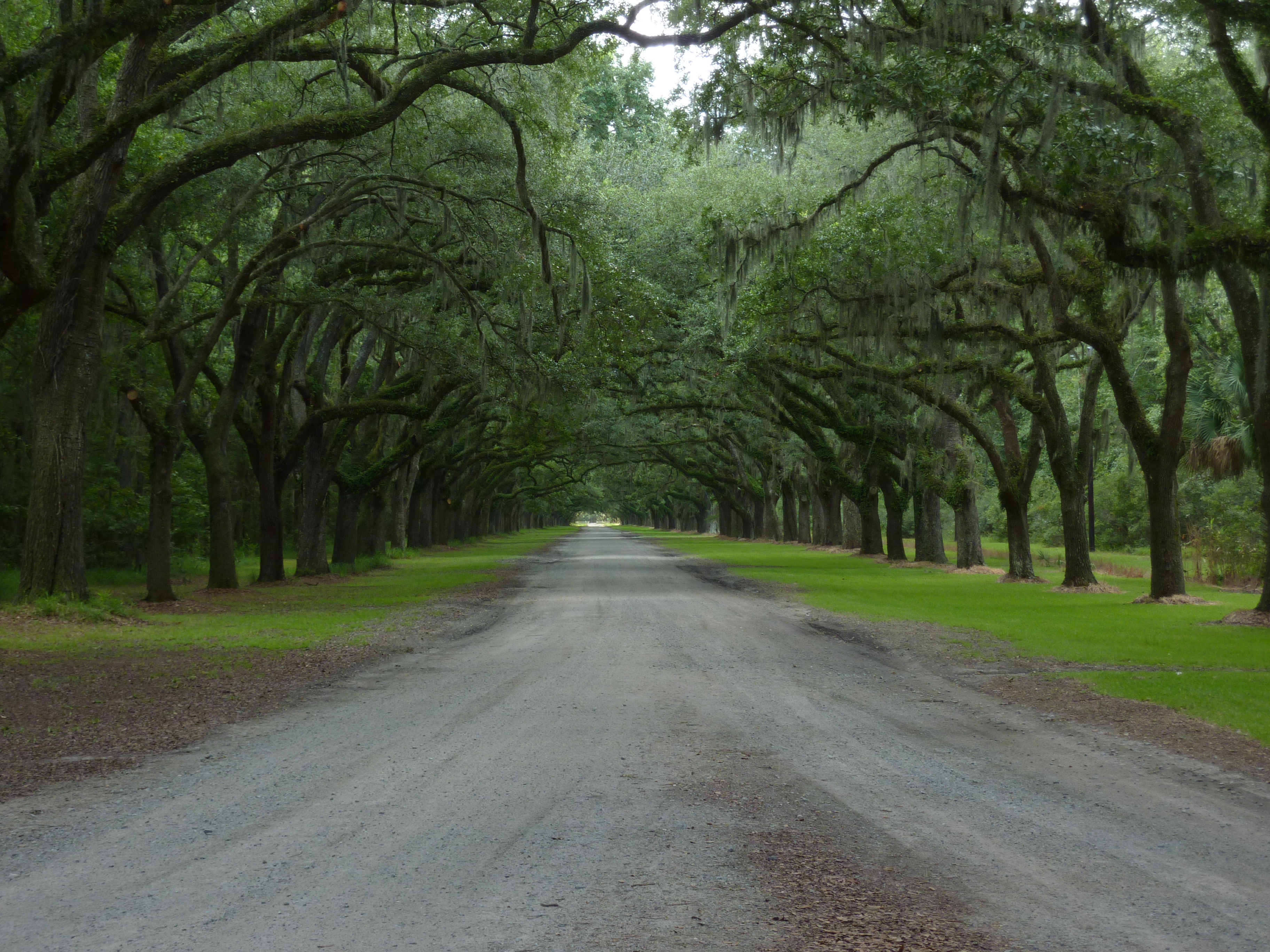
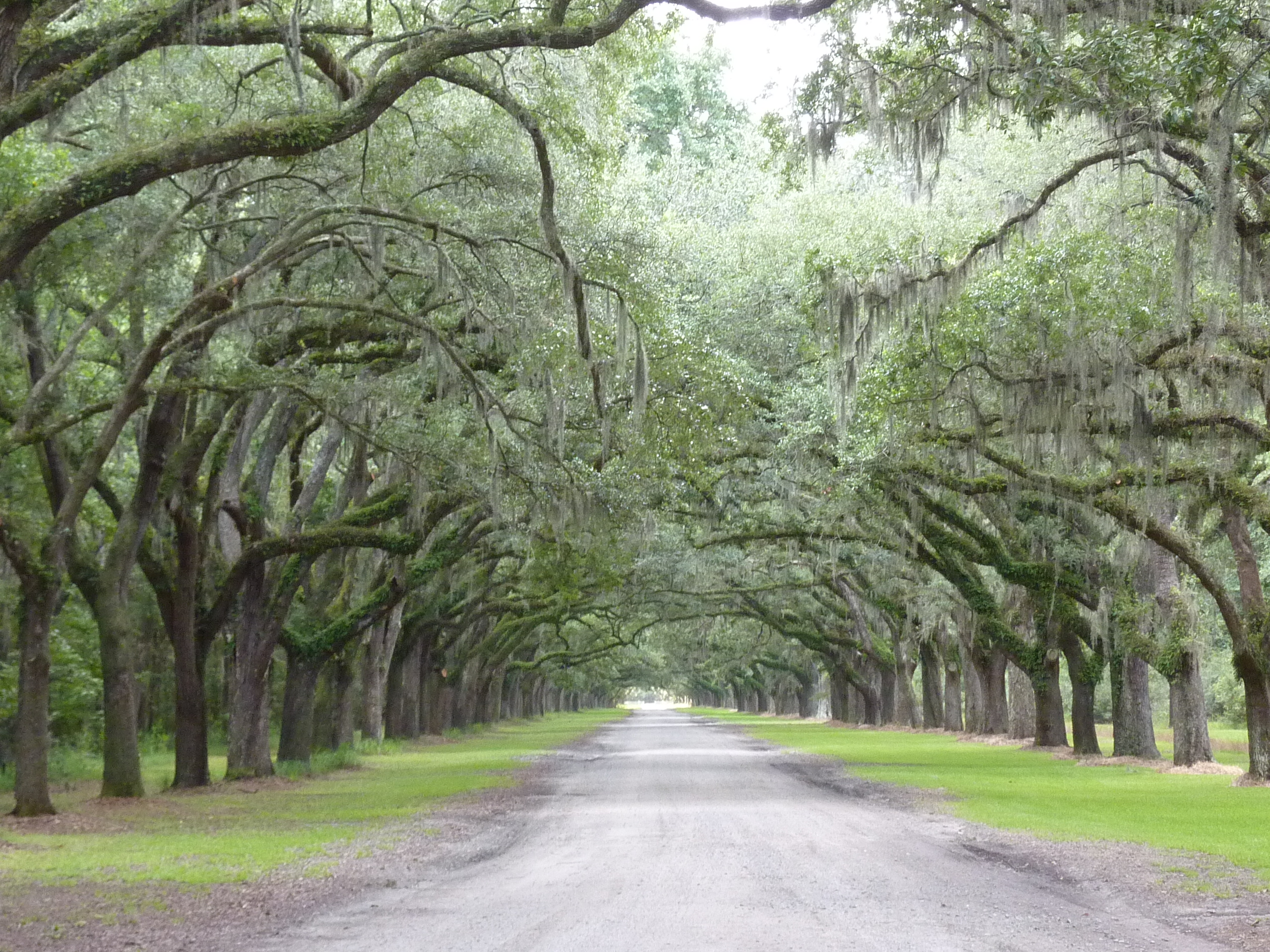
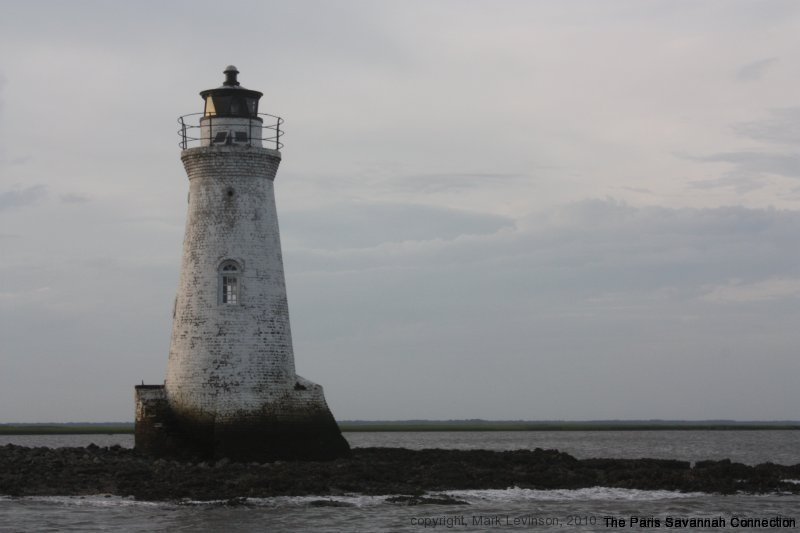
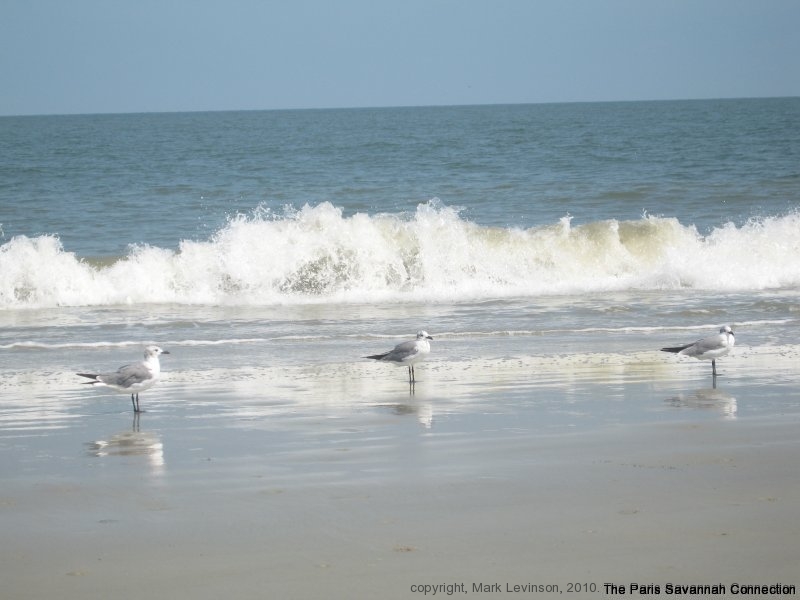
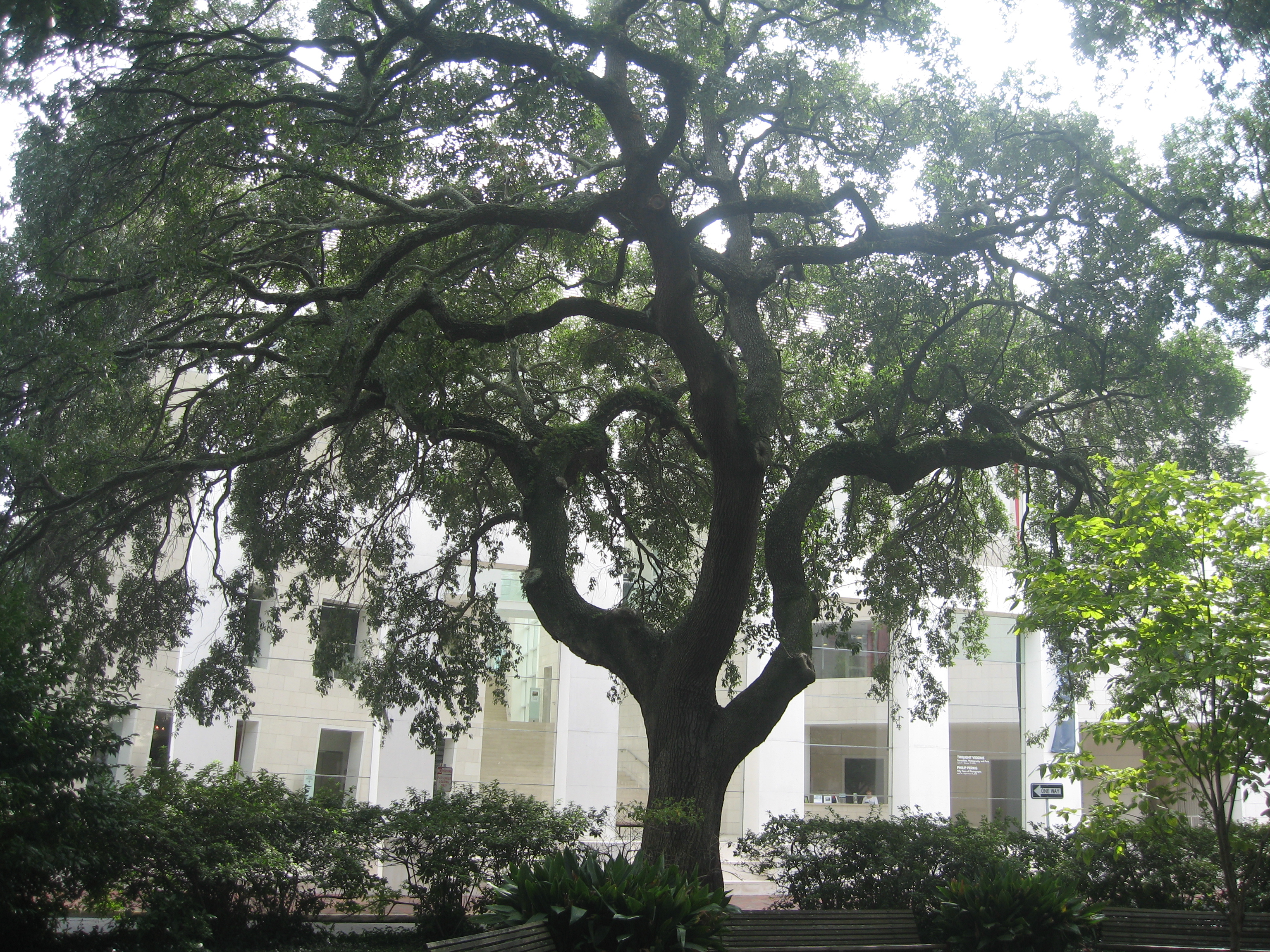
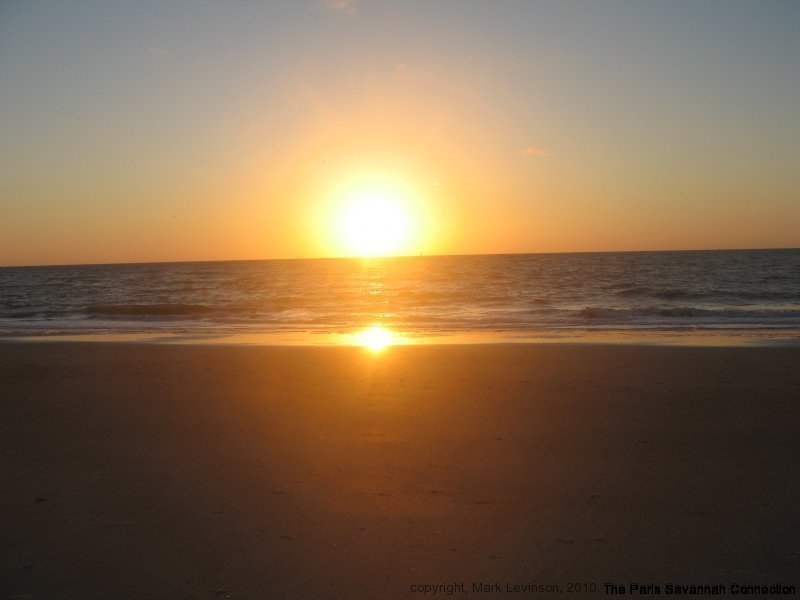
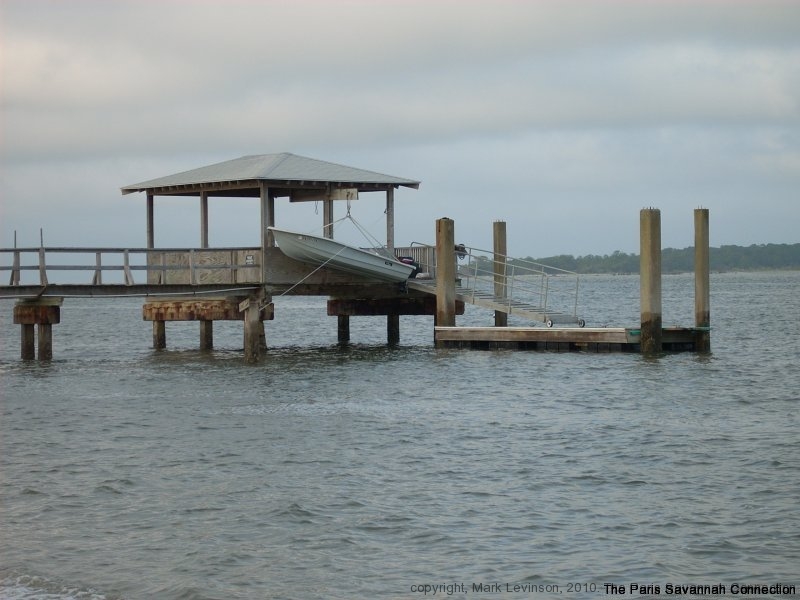

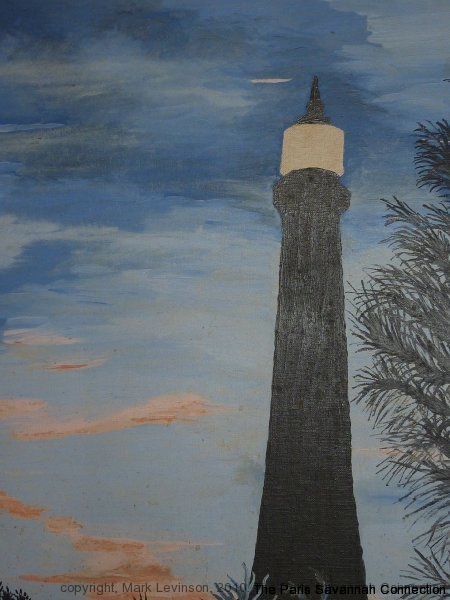
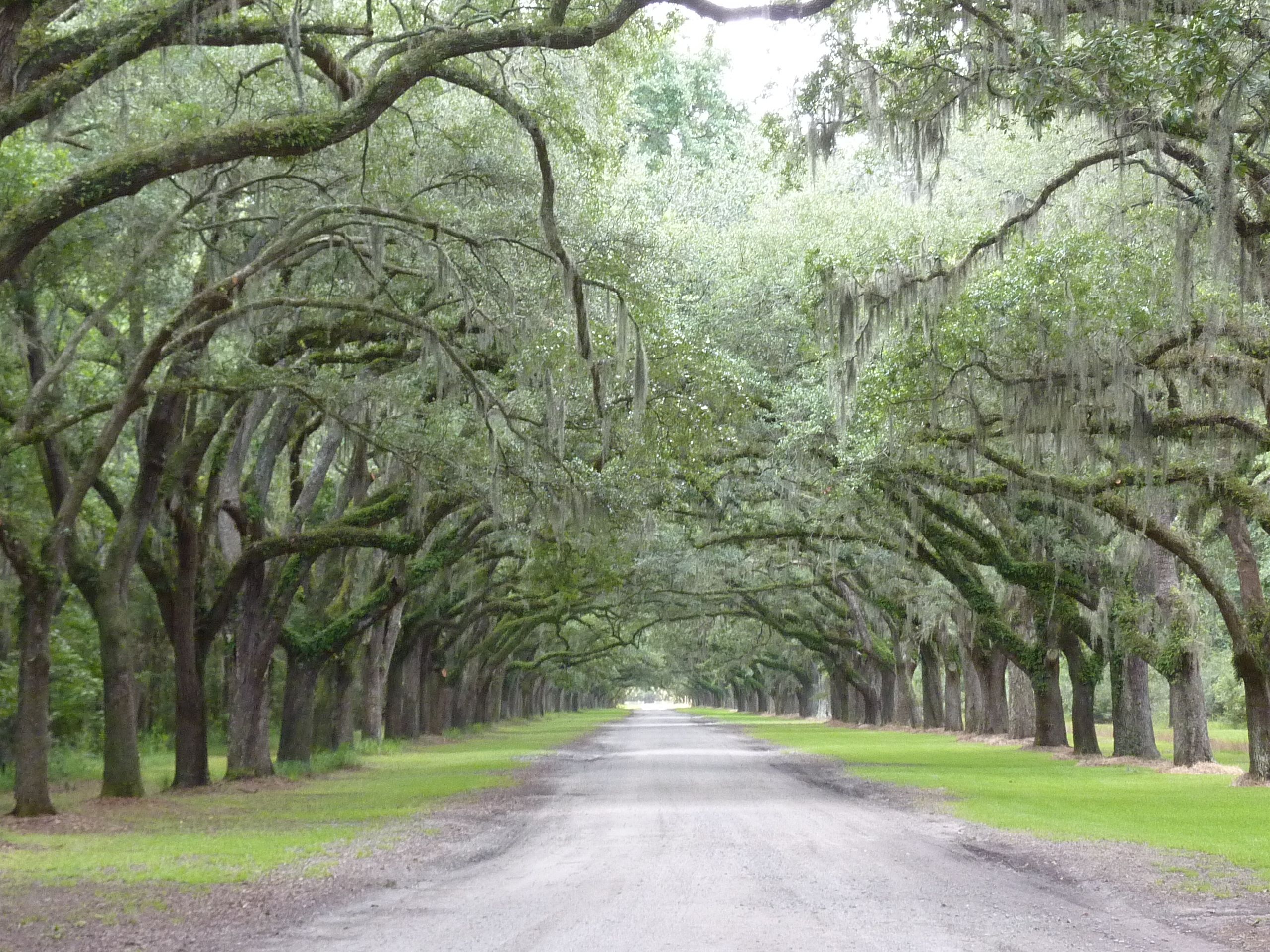
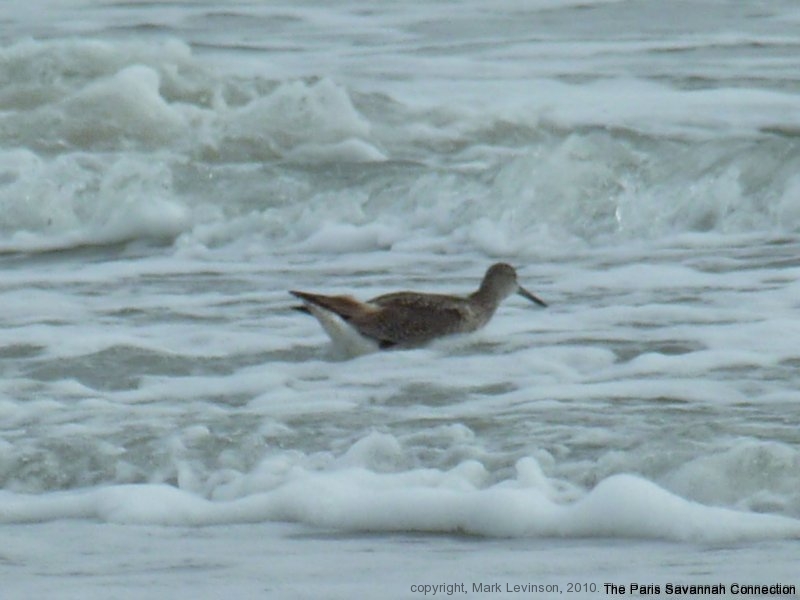
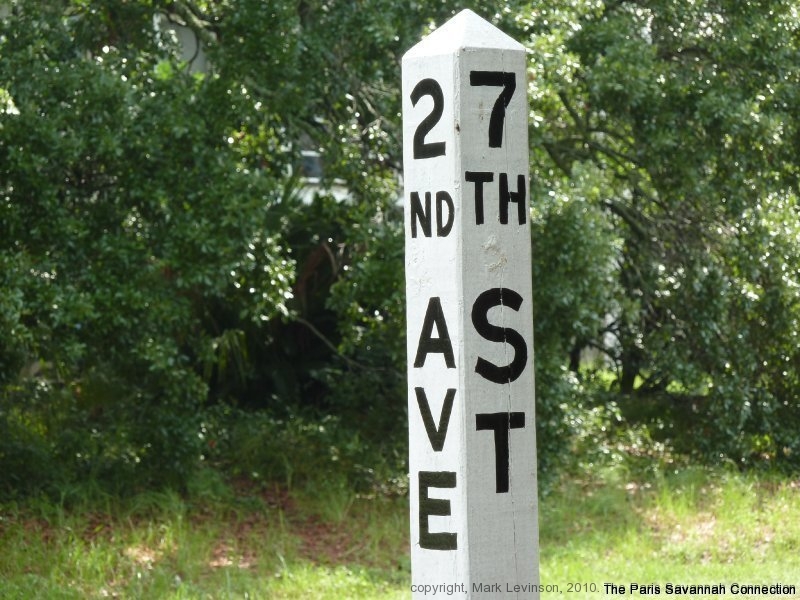
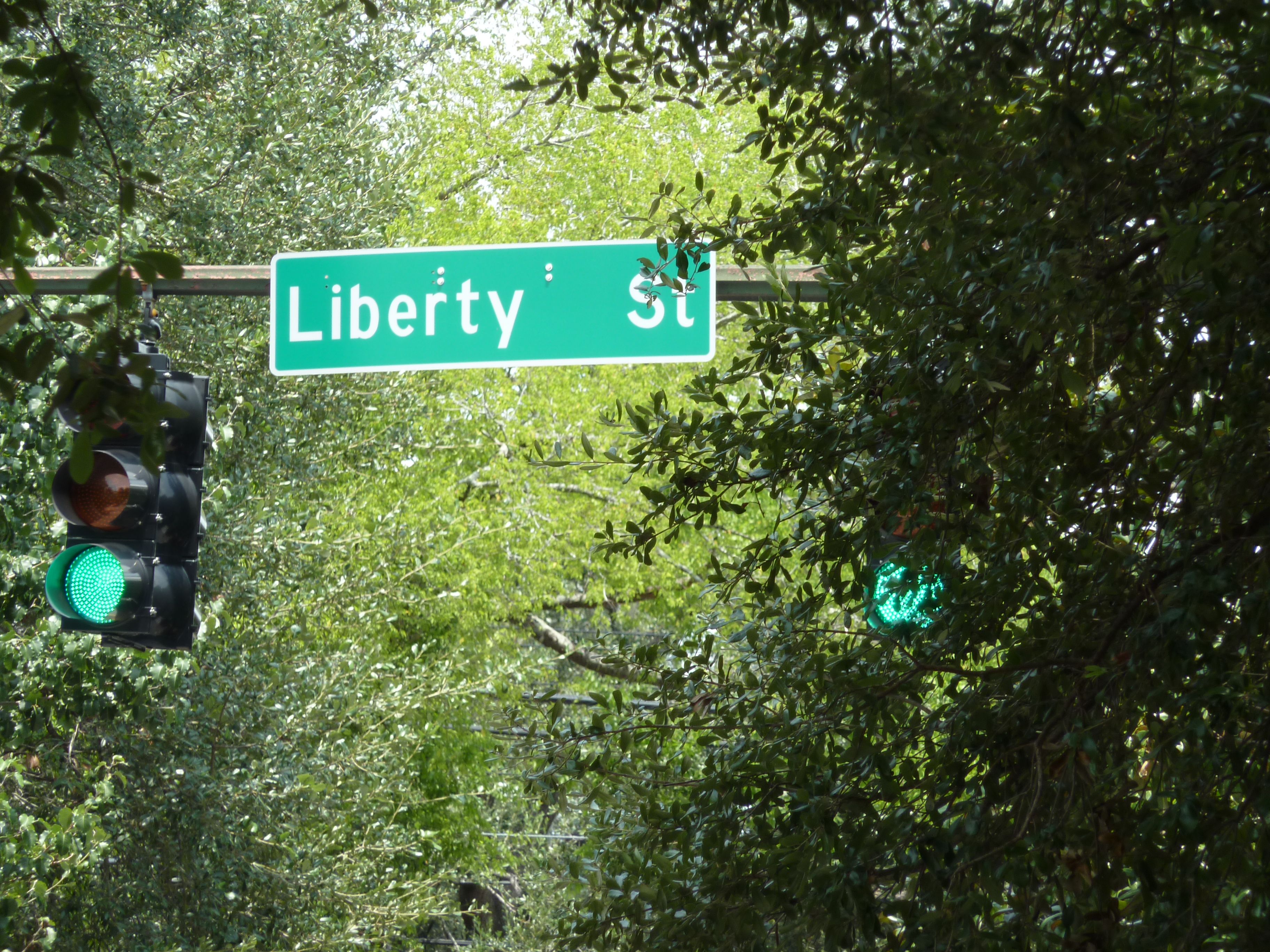
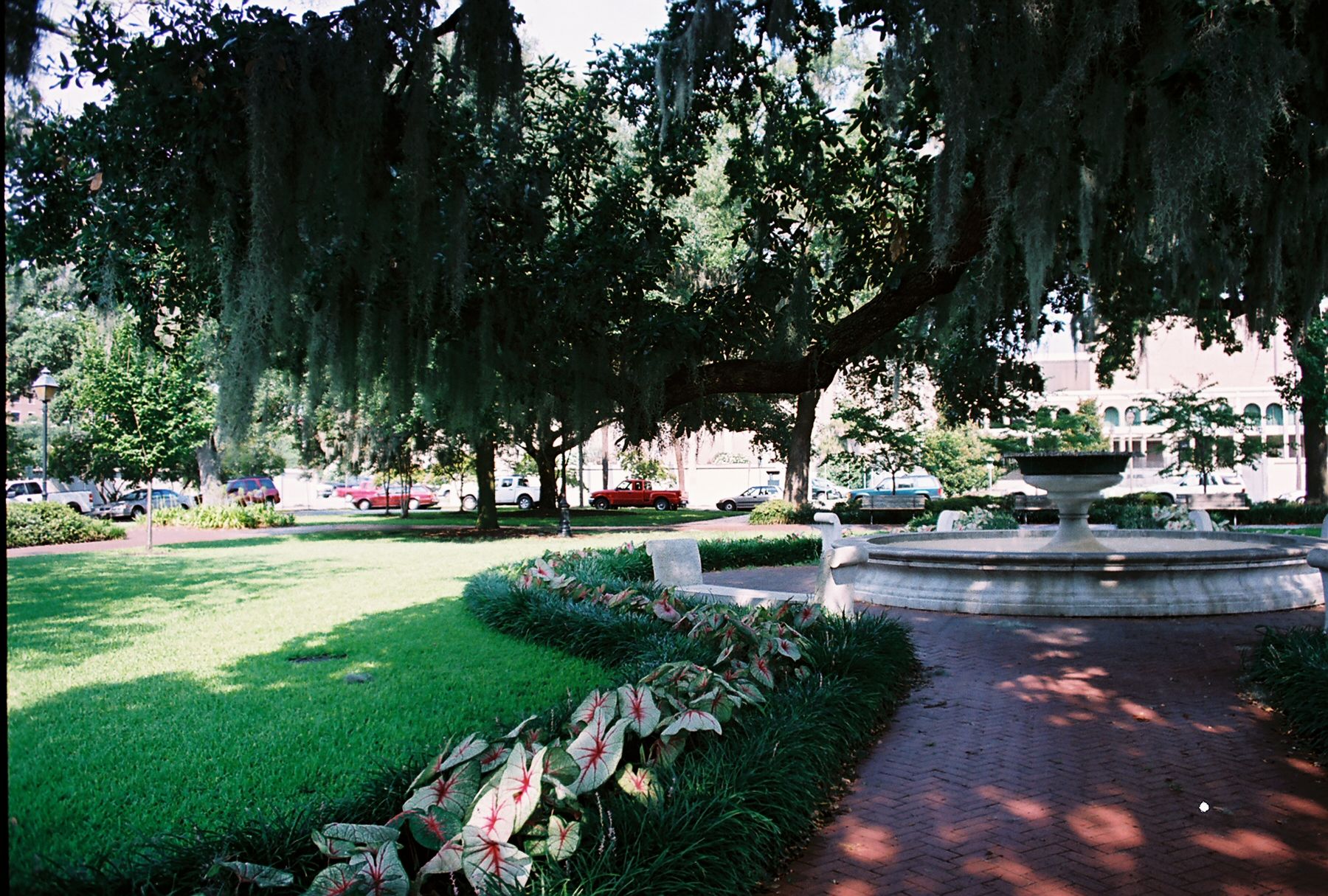
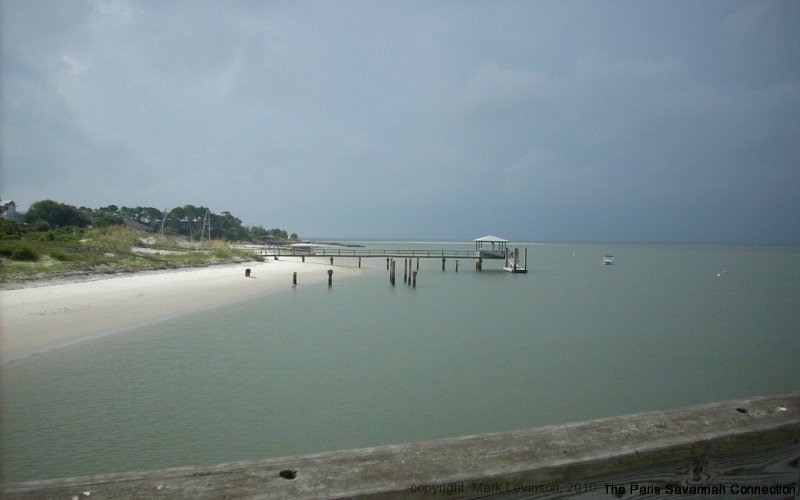
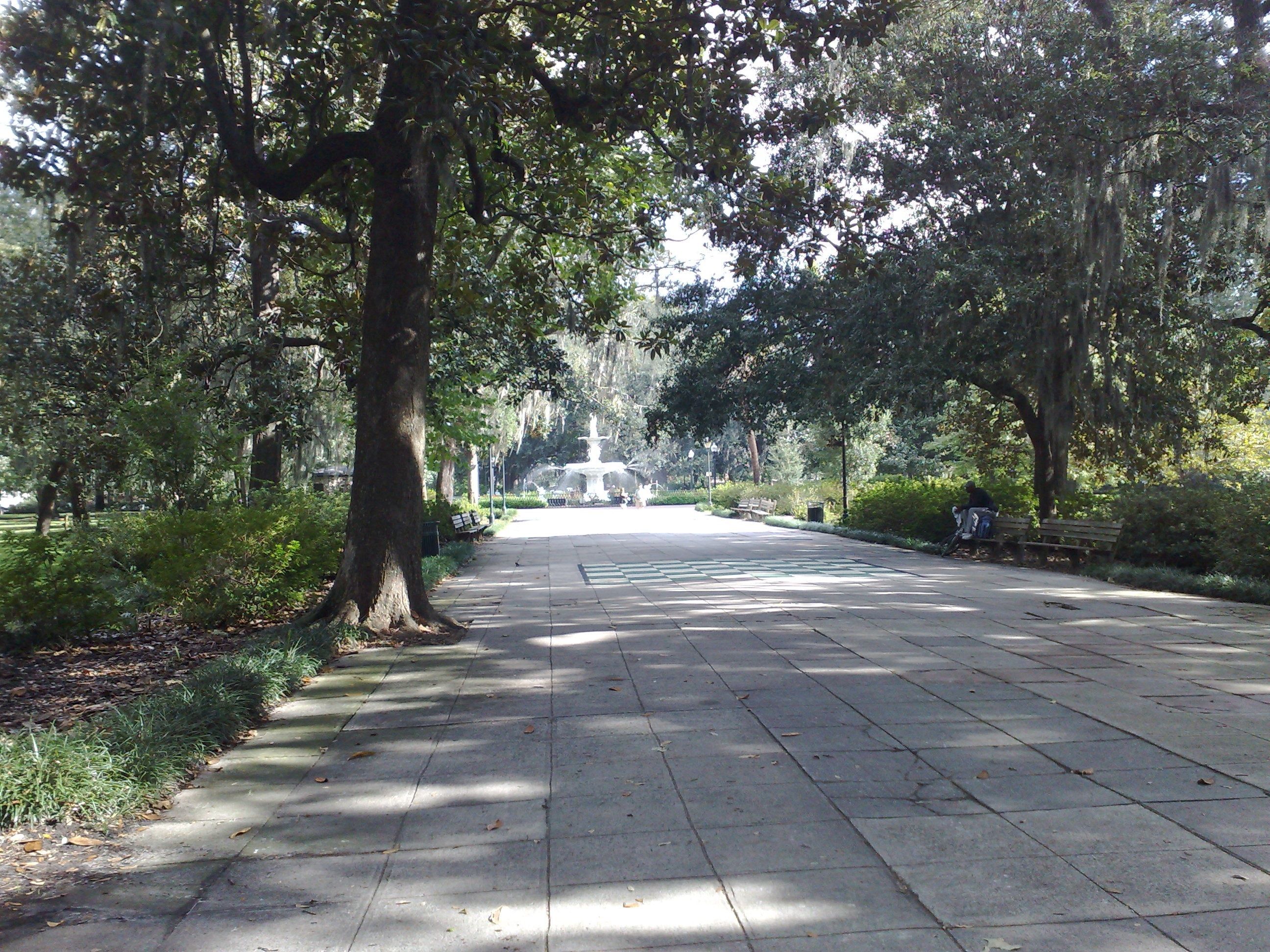
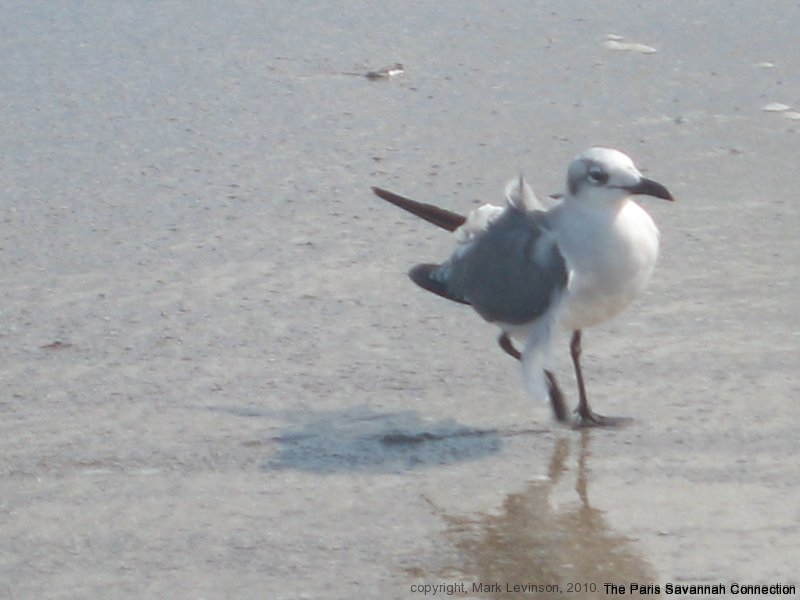
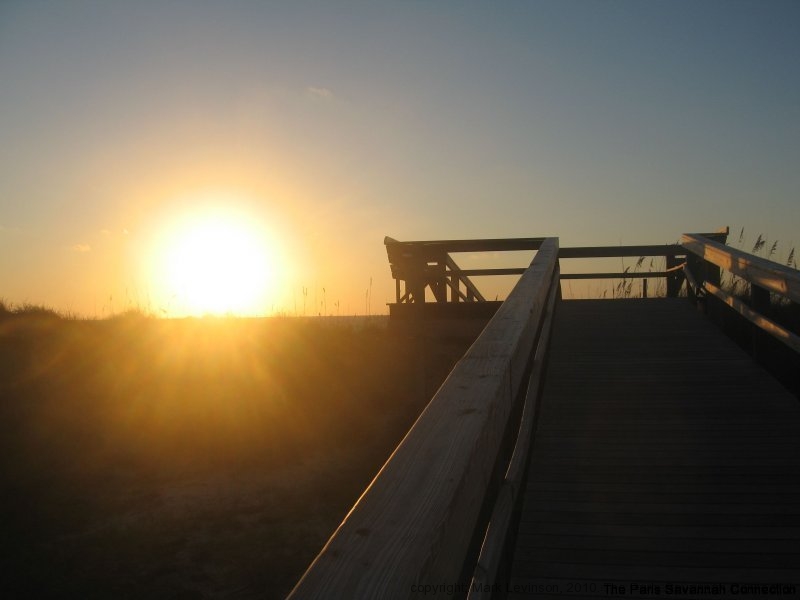

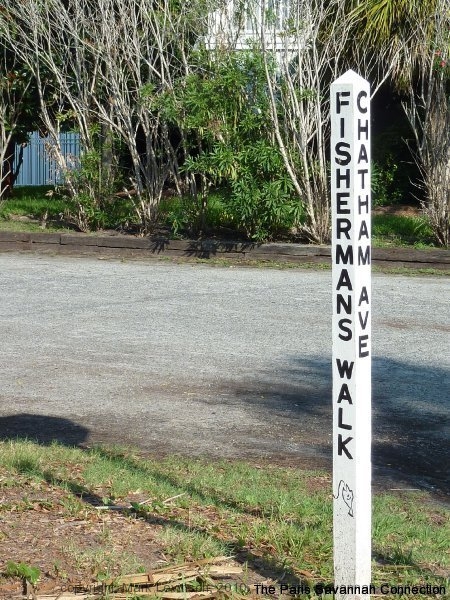
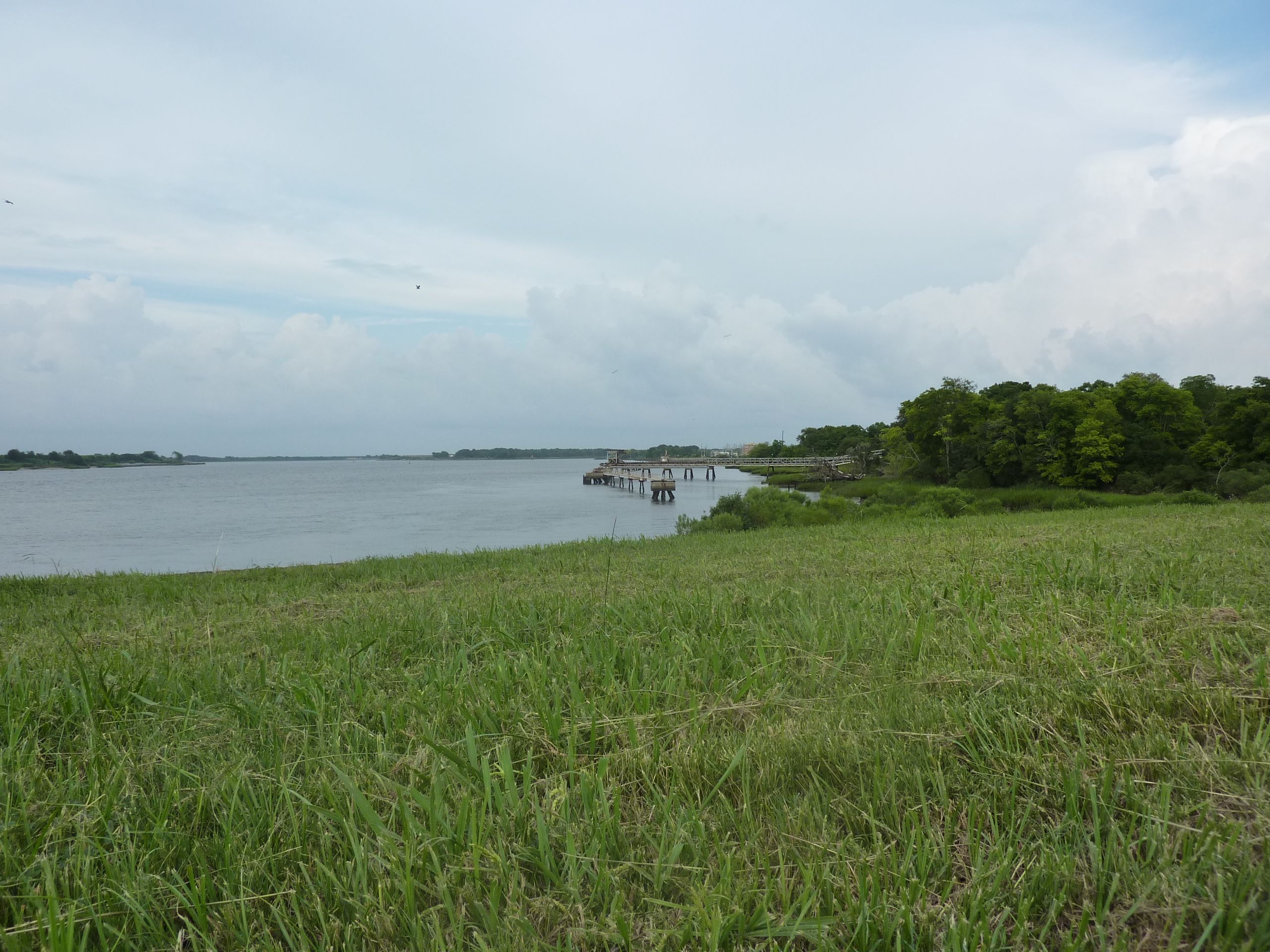
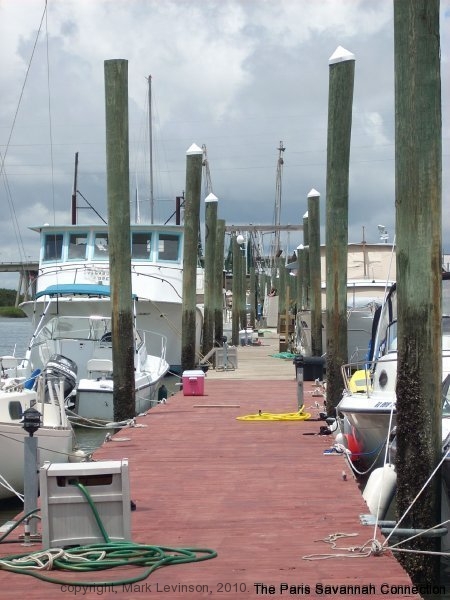

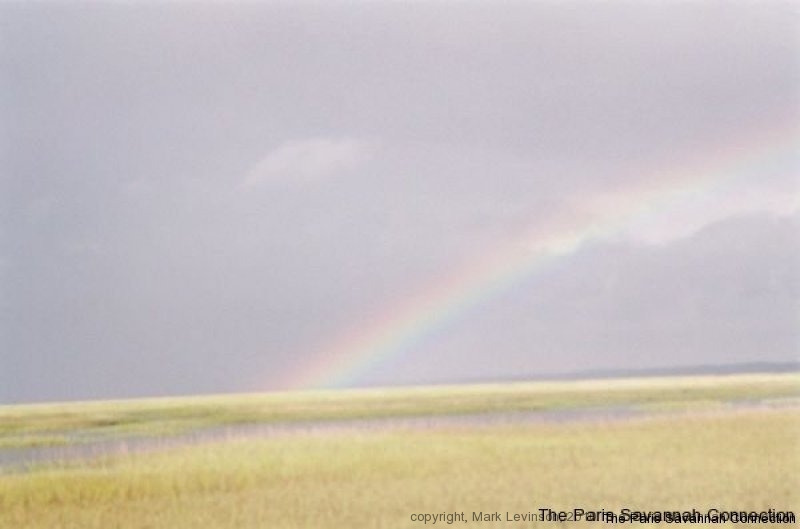

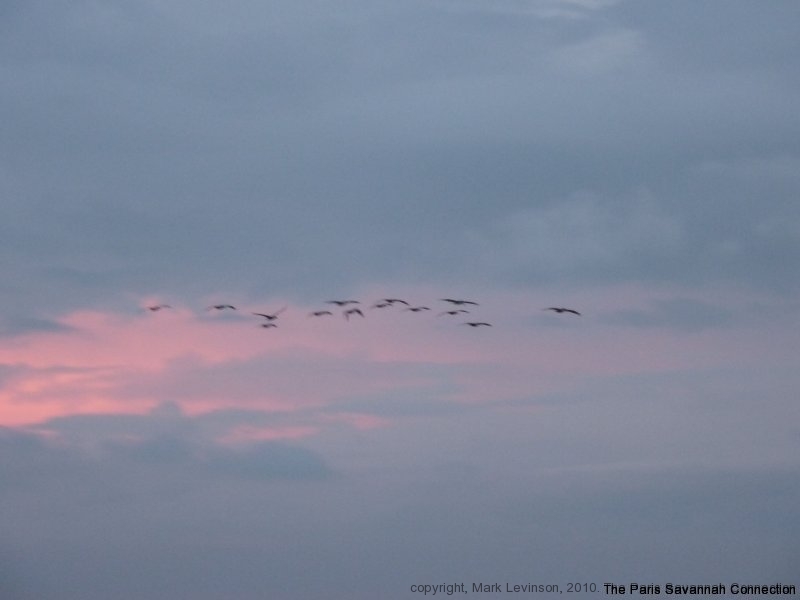
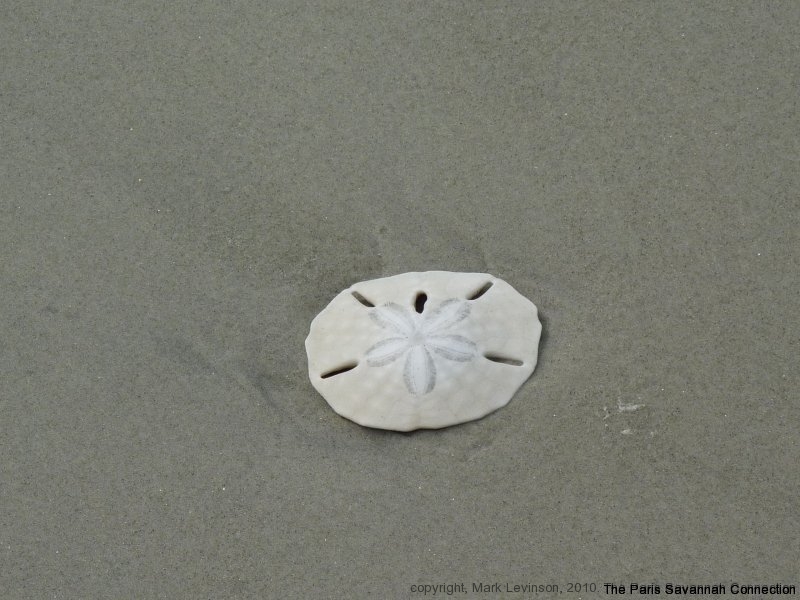
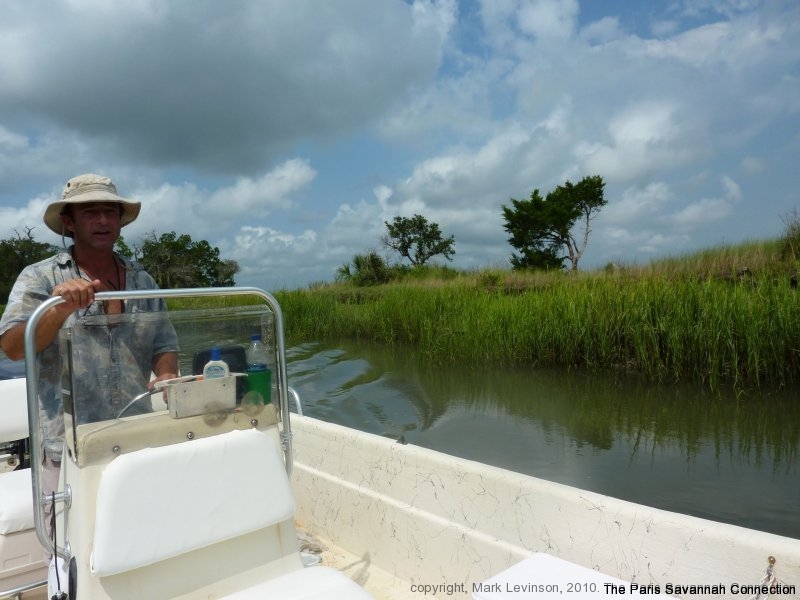
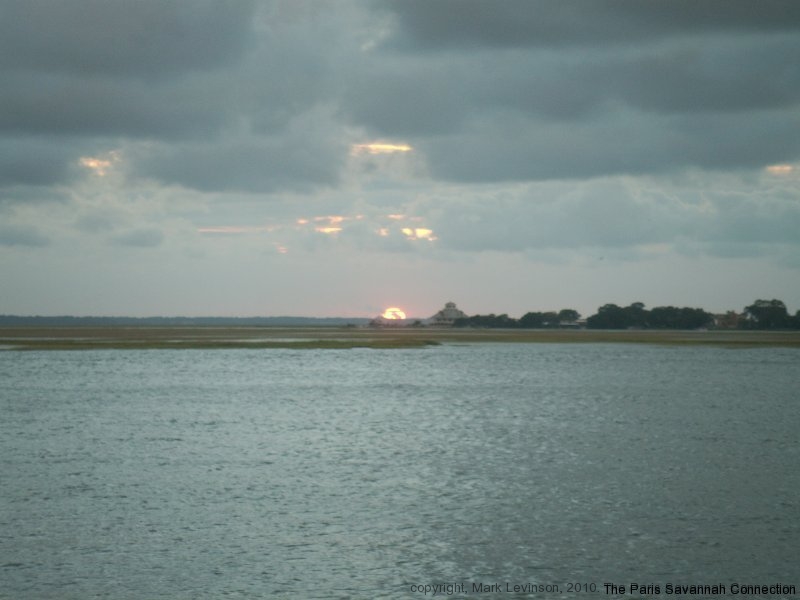
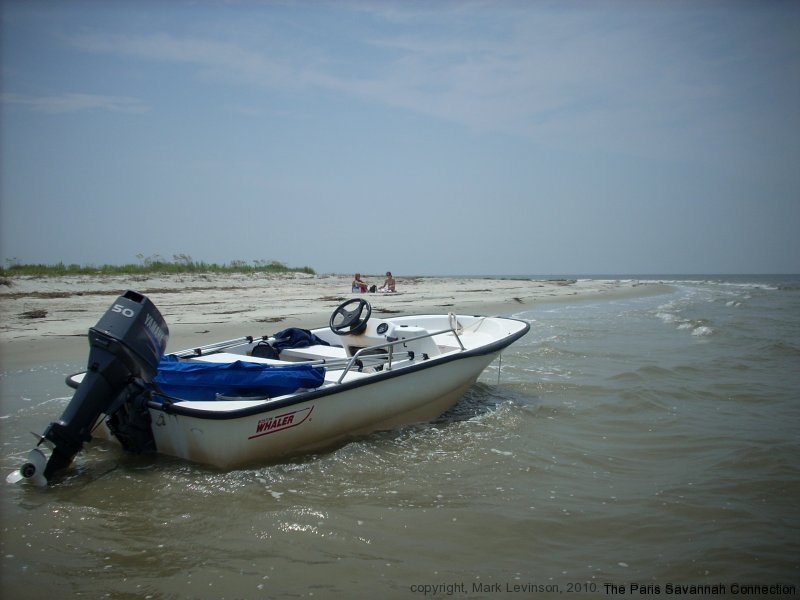
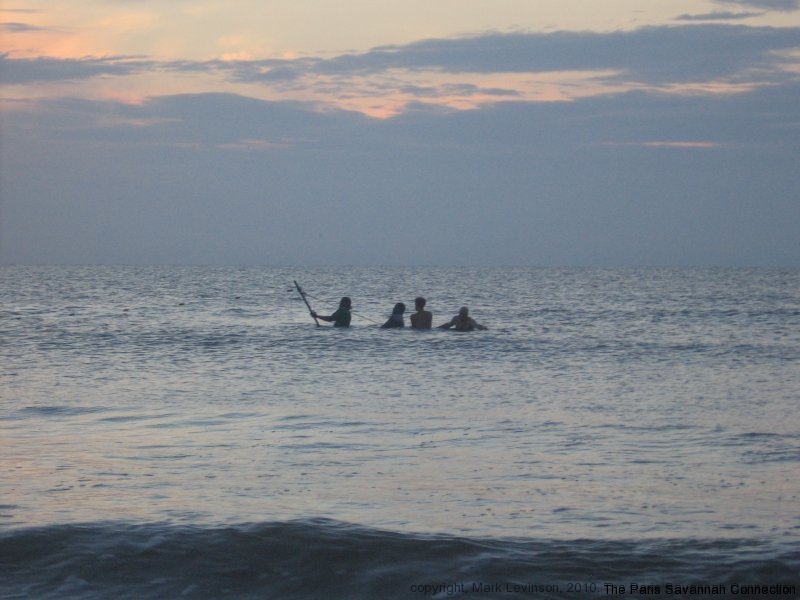
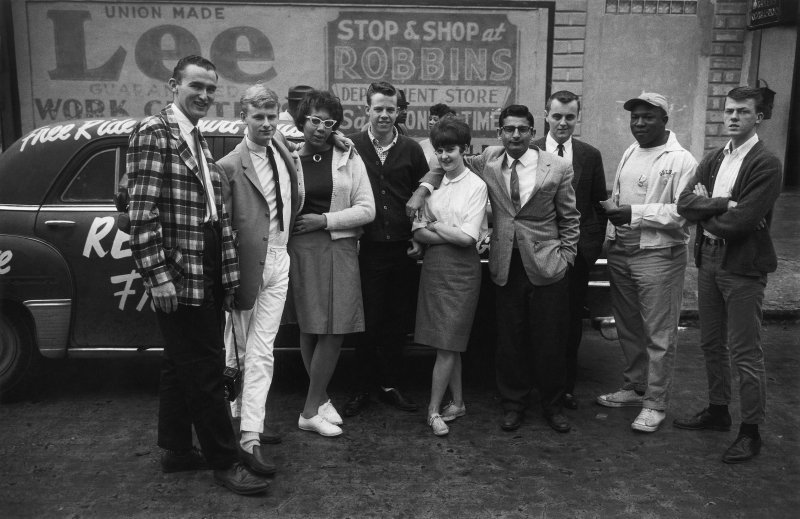
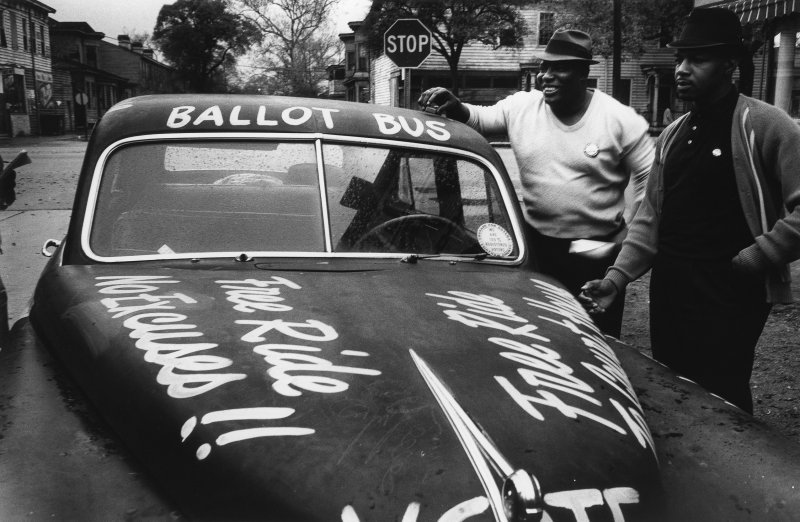
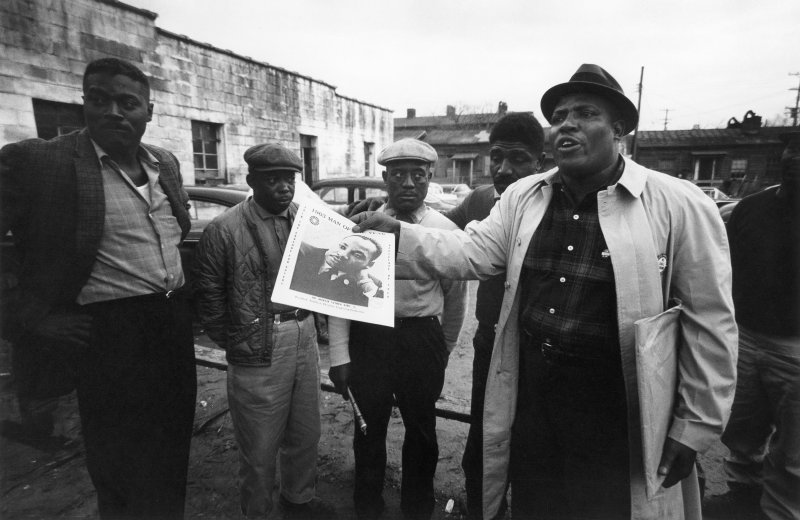
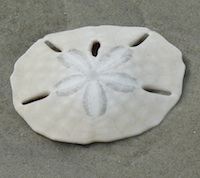

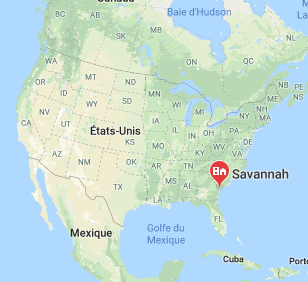


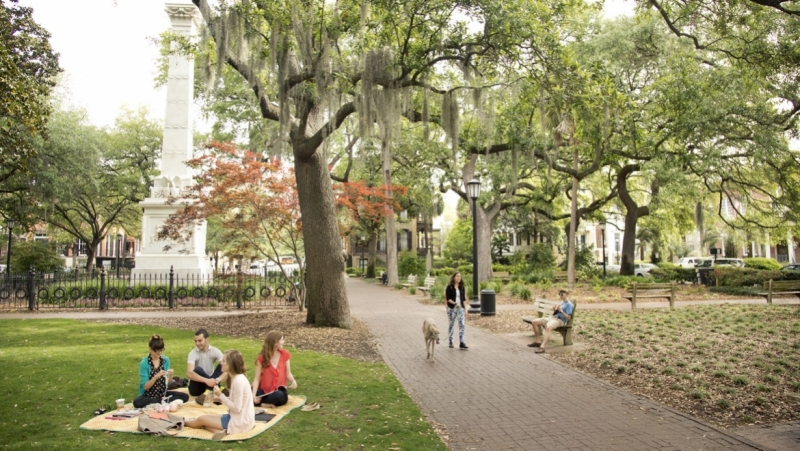


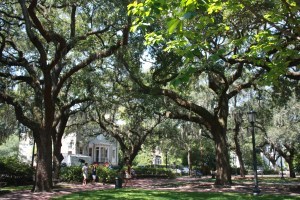
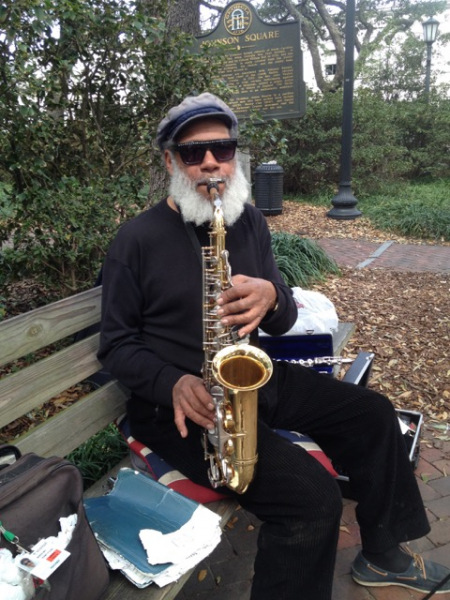

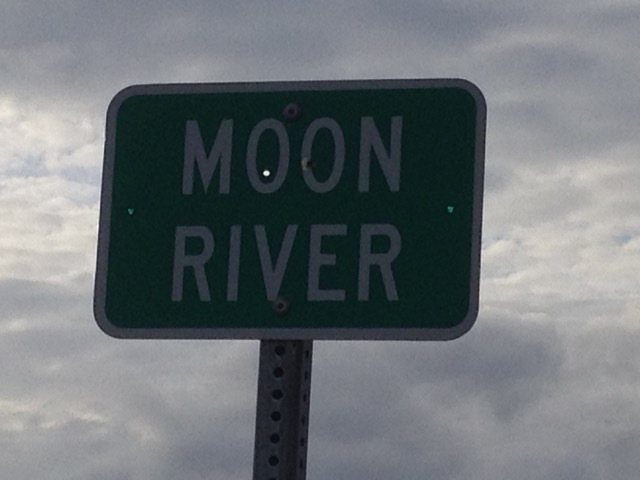
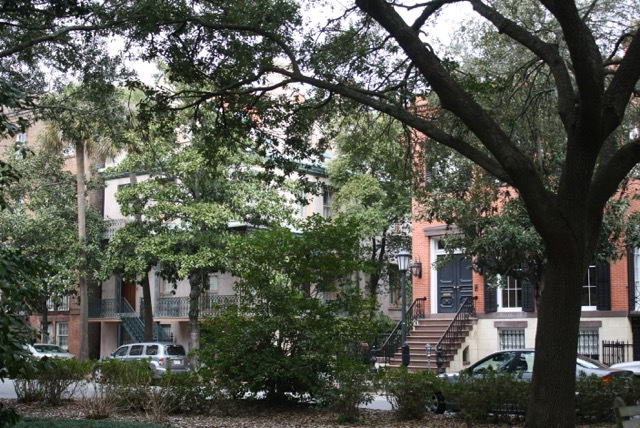
You must be logged in to post a comment.